Central Asia Part 7: Exploring the old Silk Road by train
Uzbekistan: The land of blue tiles (55)
Uzbekistan, that means blue tiles wherever you look and stunningly decorated mosques, mausoleums and madrasas. In addition, sand-colored domed bazaars, centuries-old hamams, inviting tea houses, mobile bread ovens, friendly people with hats and gold teeth and lots of sweet melons. We rush in the comfortable high-speed train along the cities of the old Silk Road and after all the adventures in Kyrgyzstan and Tajikistan we are now just normal tourists. Sometimes that’s exactly what we need, but it means we're also more anonymous and less able to immerse ourselves in the local culture. We notice that there is a barrier between the locals and us and we only have shorter and more superficial conversations than usual. When we’re cycling, the encounters become more intense.
It’s October and high season in Uzbekistan and we’re on the road together with many European tour groups. Individual travelers and backpackers are still a minority in Uzbekistan, despite it being an affordable destination that can easily be explored on your own, but you need to book certain services in advance if you plan on coming in spring or autumn. The train tickets for the popular routes are often booked out 45 days in advance right after release and it’s also necessary to book the charming boutique hotels in advance. That’s why we decided to book everything already two months ago and now we’re lacking the usual freedom. We’re still waiting for the rear hub for my bike and from the beginning we planned on discovering Uzbekistan by train and not by bike, as for once in Central Asia the cities and not the landscapes are the major draw.
We travel along the absolute main route and visit the most famous cities: Samarkand, Bukhara, Khiva and end the trip in the modern capital Tashkent. Uzbekistan would have a lot more to offer like the Nuratau Mountains, the Savitsky Museum in remote Nukus, the fast disappearing Aral Sea in the northwest and cities like Termez or Shahrisabz off the main paths. Uzbekistan is a wonderful place to immerse yourself in a fairy tale from 1001 nights with blue tiled mosques, spice-laden bazaars and desert castles. Everything seems very tidy and often even the normal residential areas are hidden behind a dreary wall. For once, we really only scratch the surface in Uzbekistan during these three weeks, but we don’t mind. The last exhausting months in Central Asia were too intense and we’re grateful for this little time out in a tourist bubble. Although we feel tired of traveling, in Uzbekistan all the joy of discovery comes back again and we both enjoy our time here very much.
Silk Road Flair in Samarkand
Our first stop is the legendary Samarkand, the 3rd largest city in Uzbekistan, but first when it comes to architectural masterpieces and a UNESCO World Heritage Site since 2001. Samarkand was the capital of Timur Lenk's vast empire and is considered a jewel of medieval Uzbek art and architecture. The Mongol ruler Timur was one of the most successful and at the same time cruelest conquerors of Central Asia. For four and a half decades - from 1360 until his death in 1405 - he and his nomadic hordes took over vast territories from Mongolia in the east to the eastern Mediterranean in the west. Numerous beautiful monuments date back to this time and, of course, a large statue is dedicated to Timur himself, which is regularly rubbed with oil so that it continues to shine beautifully, as Dario is surprised to discover when leaning against it.
Samarkand was destroyed several times and experienced its heyday only in the 14th and 15th centuries, when Timur brought a bunch of scientists with him from his campaigns. For more than 35 years he brought mathematicians, astronomers, architects and musicians to the country and thus many monumental buildings were created during Timur's time. Of course, Timur himself is also buried in Samarkand in the relatively simple Gur-e-Amir Mausoleum under an impressive dome.
We are just taking our first steps through Samarkand and are on our way to an absolute must-see stop in Central Asia, the square of all squares: the Registan. For many, the most beautiful square in the Islamic world. Not for us, because we have already given this title to the Naqsh-e Jahan in Isfahan. But the Registan definitely leaves an epic first impression and we keep coming back to experience this grand square at different times of the day. We are not alone, of course, and numerous Uzbek newlyweds have their pictures taken professionally here. Elegantly dressed women and men in fancy suits are strolling around everywhere and we can easily understand why, it’s hard to find a more monumental background for a photo shoot.
The Registan Square was a medieval commercial center and the plaza probably a wall-to-wall bazaar and we try to imagine how the camel caravans of the Silk Road used to stop here. Around the Registan there are three breathtaking madrasas, each one a work of art. The ensemble of the three majestic madrasas differs in architectural style: there are minarets and domes, minarets without domes and a golden dome without minarets. It costs just EUR 5 to visit the three former elite madrasas. A madrasa is an Islamic school where only the sons of rich families studied. The education took different lengths of time, depending on the discipline of the students. Of course, only men were allowed to attend the madrasas. Meanwhile, the daughters of wealthy families were taught at home by private tutors. The boys didn’t only study the Koran at the madrasa, but also had subjects such as languages, philosophy, astronomy or mathematics. Each madrasa is built according to the same pattern: A magnificent entrance gate leads to an inner courtyard, which is enclosed by the simple residential cells. Two of the madrasas on the Registan date from the 17th century, one from the 15th century.

Every single madrasa is worth a visit and behind the magnificent facades are atmospheric courtyards with souvenir stores full of carved wooden boxes, foldable Koran stands, richly decorated suzanis (embroidered textiles) with pomegranate motifs and of course we see the psychedelic ikat fabrics everywhere, especially often in kimono style. Behind the souvenir stands, artisans work in the former living cells, passing on their knowledge from generation to generation. To each Islamic school belonged a mosque and we marvel at the richly decorated reliefs, the detailed mosaics and the impressive domes.
But actually, we’re looking for something very special, a stairway leading up to a minaret, which I climbed on my last trip to Uzbekistan 5 years ago and that I want to show to Dario. And finally we find the right person who allows us access to the minaret for a small fee and after the ascent we look full of awe from above on one of the most famous places of the Orient. Dario is thrilled and I’m glad that he feels just as much joy in exploring all these historical places and we get really excited about everything that Uzbekistan has to offer.
We continue to the Bibi-Khanym Mosque. It was built around 1400 on Timur's orders and was meant to demonstrate his power (what else). He let his architects push the limits of statics and it was once the largest and most magnificent mosque in the Islamic world during the 15th century. But as is so often the case, those who aim high can fall low. For in an earthquake-prone area, such buildings are quickly a victim of the forces of nature. The mosque began to crumble and no renovation could stop the decay. However, the huge mosque is still imposing today and you certainly feel very small next to the huge entrance portal.
We are lured away by the scent of the Orient at the adjacent Siob Bazaar. Fresh breads, artfully decorated with stamps, are stacked next to nuts and dried fruits. Even though we have now seen many markets on the trip, it’s still a pleasure every time, even if the Central Asian markets can’t compete with the domed bazaar of Iran. In general, we often feel reminded of Iran in the cities of Uzbekistan and are always happy when we recognize details and similarities that make us feel the connections between the cultures.
People always tend to adopt good ideas as can be seen in the imposing necropolis of Shah-i-Zinda. A cousin of prophet Mohammed was presumably buried here, so then Timur also had his relatives buried here and over the years many more graves have been added to the necropolis, which is probably unique with its many turquoise tiles. Only the many tourist groups disturb the atmosphere a little bit and we return in the early morning to experience the most famous necropolis of Central Asia in peace. There are only a couple of older Uzbek pilgrims around who reverently visit the different graves. The sight of this stunning avenue of mausoleums with the richest tile work in the morning light is our absolute highlight in Samarkand.

From the touristy Samarkand with its medieval monuments, a short walk takes us to the Russian "New Town" with its pastel colored buildings and many parks. Here the locals are more out and about and it has many atmospheric cafes and restaurants. Samarkand offers a great mix of city experience and history and is definitely worth a longer stay, but most visitors prefer Bukhara and Khiva, where the old city and historical monuments are more symbiotic. Looking forward to the change of scenery, we leave our bikes at the guesthouse and race to Bukhara on the modern Afrosiyob train in less than 3 hours.
Bukhara: City full of madrasas, mausoleums and minarets
Bukhara is perhaps the most beautiful city in Uzbekistan and one could walk for days through the tidy historic old town and visit the many madrasas, mosques, mausoleums and minarets. It’s especially atmospheric in the early morning, when children are on their way to school, men rattle through the alleys on rickety bikes, and women chat with each other while buying bread. The souvenir stands are still closed and it’s pleasantly quiet. Only in these moments can you really feel the magic of the city. A few hours later, the tourist groups descend on the old town and it becomes crowded in the streets.
The heart of Bukhara beats at the Labi-Hauz in the center of the old town. From here we begin our wanderings through the alleys and sandstone-colored domed bazaars where men potter, sole shoes and strike iron. In the inviting chaikhanas (tea houses), men with white beards play backgammon under shady trees, sip tea and sit on topchans (an ingenious invention that we would like to import to Switzerland immediately, it’s a kind of wooden bed that serves as a place to sit and sleep outside).
With its more than 140 architectural monuments, Bukhara resembles a living museum with silent witnesses from different eras and unlike the old city of Samarkand, which is characterized by tourist boulevards, many of the original buildings in Bukhara are still preserved and the entire old city is recognized as a UNESCO World Heritage Site. This is probably why many visitors prefer Bukhara to Samarkand, as the old town is not separate from the sights and you get a much better impression of what life might have been like at the time of the ancient Silk Road.
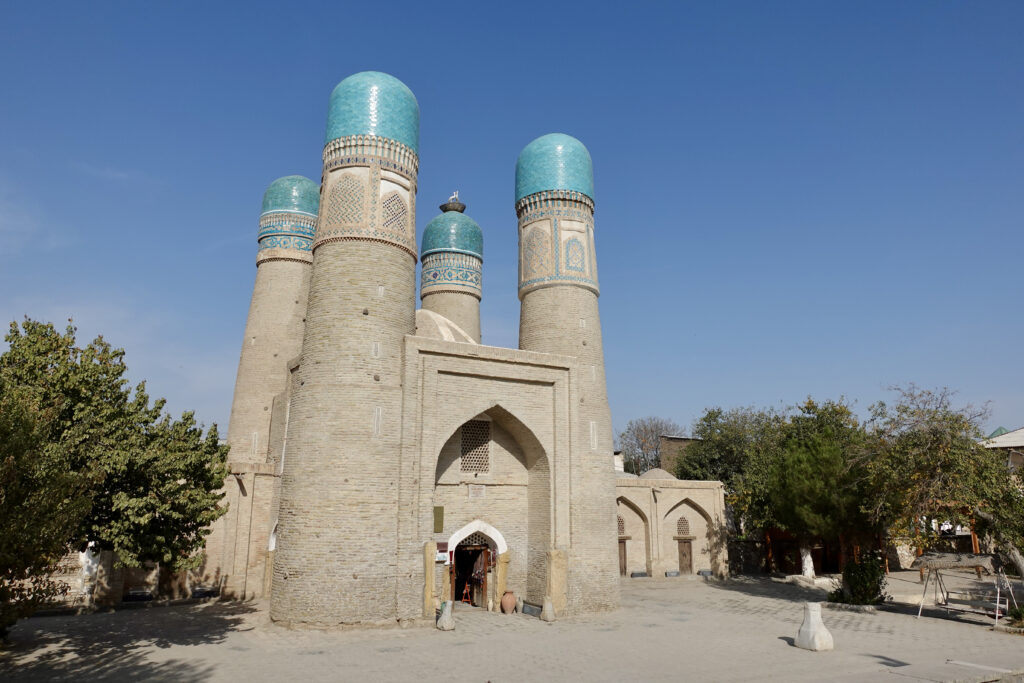
Bukhara was the religious center of Central Asia and therefore there were no less than 100 madrasas built here. Those who had money secured their status by building a madrasa as richly decorated as possible. One of them, the Mir-i-Arab, is still used as a madrasa and only the entrance area is open to visitors. It’s the oldest active madrasa in Central Asia and was the only madrasa in the entire Soviet Union. We take a look into the courtyard and see some young men playing ping-pong. Across the street is the city's landmark, the 12th century Kalon Minaret, which was fortunately ignored by Genghis Khan for once, he himself thought it too beautiful to destroy.

A little outside the old town, you can learn more about the preferences of the last Emir Ali Khan (reigned 1912-1918) in the Summer Palace. In his palace Sitorai Mohi Hosa there is a special mixture of Russian architecture outside, oriental interior decoration and European kitsch, as known from the Palace of Versailles. And we feel again reminded of Iran, because the last Shah had a similar kitschy taste as we saw then in his palace in Tehran. Each palace had a building just for the women, the harem. This was located directly in front of a large swimming pool where the women frolicked, being watched by the Khan from a wooden pavilion. He threw an apple to the chosen one, had her rubbed with donkey milk (a special fetish) and brought to his bedroom. Good old times or something like that.
Bukhara has many traditional boutique hotels with courtyards. We stay at the charming Komil Hotel, which I knew from my previous trip. The house belonged to Komil's wealthy grandfather and many corners of the winding house with its three courtyards have been left in their original state. It’s the ideal relaxation for us after Tajikistan and we take it very easy and also visit a centuries-old Hamam. After four days exploring Bukhara, we’d like to travel by train to the west of the country to remote Khiva, but unfortunately the train is already fully booked and so we take a taxi for the more than 400 km long distance across the desert. On the way we're very glad that we didn’t decide to cycle through the barren landscape.
Khiva: Fairytale oasis in the far west of Uzbekistan
If you want to end your trip to Uzbekistan with an absolute highlight, it’s best to save the 2500-year-old oasis city of Khiva for last. The trading city gained its wealth mainly through the slave trade during the Silk Road era. Due to its remote desert location, it was also left out by some conquerors on their destructive forays, and thus many impressive buildings of Islamic architecture were able to survive the ravages of time. The first impression is unforgettable as you enter the old town with its mud-walled buildings and the narrow alleyways and you feel like you’re stepping into another era.

The most important buildings are located in the unique old town of Ichan Qal'a (inner walled city), surrounded by a two-kilometer-long and seven-meter-high wall with battlements. In it alone there are over a hundred sights and you can spend a good two days sightseeing. The Ichan Qal'a with its well-preserved adobe buildings is one of the most beautiful UNESCO World Heritage Sites worldwide and is always full of local tourists visiting the favorite saint and celebrating weddings. They pray, dance and sing and smile at you with their gold teeth. Of course, it’s also teeming with tour groups and even film crews using the walled old town for historical films. Only the rulers and the rich used to live within the beautiful old city and thus you can still find many palaces and madrasas here. Wherever we look, the domes of artfully designed tiles shimmer in blue, white, turquoise and a special shade of green, which is unique for Khiva.
Right at the main entrance to the old town, a chubby minaret stands out that somehow seems too short. The stunning Kalta Minor Minaret with its turquoise and green mosaic stones was supposed to be 140 meters high and the view from the top reach all the way to Bukhara, but construction was stopped as the builder died prematurely and the successor didn’t finish the minaret. But legend also has it that the architect took off when he heard that he was threatened with death, lest he build such a beautiful tower again. Not the easiest times for architects back then.

If you follow the main street across the old town, you will pass numerous minarets, mausoleums, madrasas and palaces, a real rendezvous of Islamic architecture. To the left and right of the main alley are souvenir stores selling thick soft sheepskin hats, the traditional headwear in the province of Khorezm. Every man here proudly used to wear a hat, otherwise he was considered shameful. Even nowadays, most Uzbek man prefer their heads covered. Perfect for Dario, as he rarely goes out without a hat. But still, we’re not buying one of those huge fur hats.
One of the most beautiful sights of Khiva for us is the Juma Mosque, the Friday Mosque. If you enter this unique place very early in the morning, chances are high, that you’ll stand alone in the 1000-year-old mosque, surrounded by 216 decorated wooden columns. The only daylight inside shimmers on the gardens making it a silent place of peace and calm. Take a seat, look around and breathe in. This place is unique.

We continue strolling along the most beautiful buildings and feel transported back to another era, which is not only due to the film crew with their historical costumes. We get hungry and stop at the popular Terrassa Cafe, where you can drink a cold beer with a panorama view of the city's domes. But Khiva is actually famous for a very special treat: Shivit Oshi. This is a traditional regional dish with homemade noodles enriched with lots of dill and served with fresh yogurt. Yes, you read that right, this dish is actually vegetarian, yay. And of course I had to order it each and every day as it’s quite rare that I get to taste Central Asian dishes without meat.
With our energy level back, we continue our sightseeing to the most impressive palace of the old town; the Tosh-Hovli Palace. Allakuli Khan lived here in the 19th century in 150 winding rooms with 9 courtyards. The Khan was in a hurry and the first architect was…well, you guessed it…executed for failing to complete the job in two years. In a separate wing is the hamam, decorated with high ceilings and lots of blue tiles. The Khan had four wives, one chosen by his mother, two were "gifts" from foreign kings and the fourth he was at least allowed to choose himself.
All four main wives were each given three rooms and a covered forecourt. Opposite were the simpler quarters of the many concubines. And as usual at that time, the rooms were connected with secret corridors, so that the women didn’t know who was spending the night with the Khan. The many, probably very many, sons of the Khan were allowed to live in the harem until they were 12 years old, but after that they had to leave, because they could suddenly become competitors with the concubines. Always interesting for us not only to look at beautiful buildings, but also to learn the stories or legends behind them.
On the way back to the guesthouse, we turn off the main tourist street and quickly end up in the quiet residential quarters of Khiva. On the terraces, women bake fragrant non (bread) in the outdoor clay oven, which is called tandir here. The rather thin regional breads are artfully decorated with a stamp before they enter the oven. Cats roam around and soccer is played on the spacious squares in the afternoon. Only a few white cars (as in Iran, the color white is extremely popular for cars) are parked in the old town, much more you see cyclists on the road. Still 6000 families live in the old town and continue their everyday life between the tour groups.
Our cozy Meros Guesthouse is conveniently located within the city walls. Perfect to take another stroll in the evening through the empty alleys of the old town when the day tourists have already boarded their buses. On the roof terrace, I can even organize a surprise dinner for Dario’s birthday with view over the blue- and green-tiled domes of Khiva. But we feel the cool autumn breeze and we don’t have the ideal clothing for this kind of weather with us anymore, so there’s only one thing left to do: the caravan must move on. Our next and last stop in Uzbekistan is the modern capital Tashkent.
Tashkent: Ornate Metro Stations, Soviet Buildings and Plov
The Uzbek capital with its 2 million inhabitants offers an absolute contrast to the cities of the old Silk Road with its mixture of modern and Soviet architecture. A severe earthquake almost completely destroyed the city in 1966 and it was then completely rebuilt in Soviet style with numerous memorials and monuments, concrete buildings, extremely wide streets and large parks. The city's landmark is the massive Hotel Uzbekistan, the pride of Soviet hostels with all the bells and whistles the communist world had to offer. Time seems to have stood still in it and the prices for a room are much too high for that. In the park in front of it there is once again an equestrian monument to Timur. But we have learned and Dario takes a proper distance, because maybe the statue is smeared with oil again. One never knows.
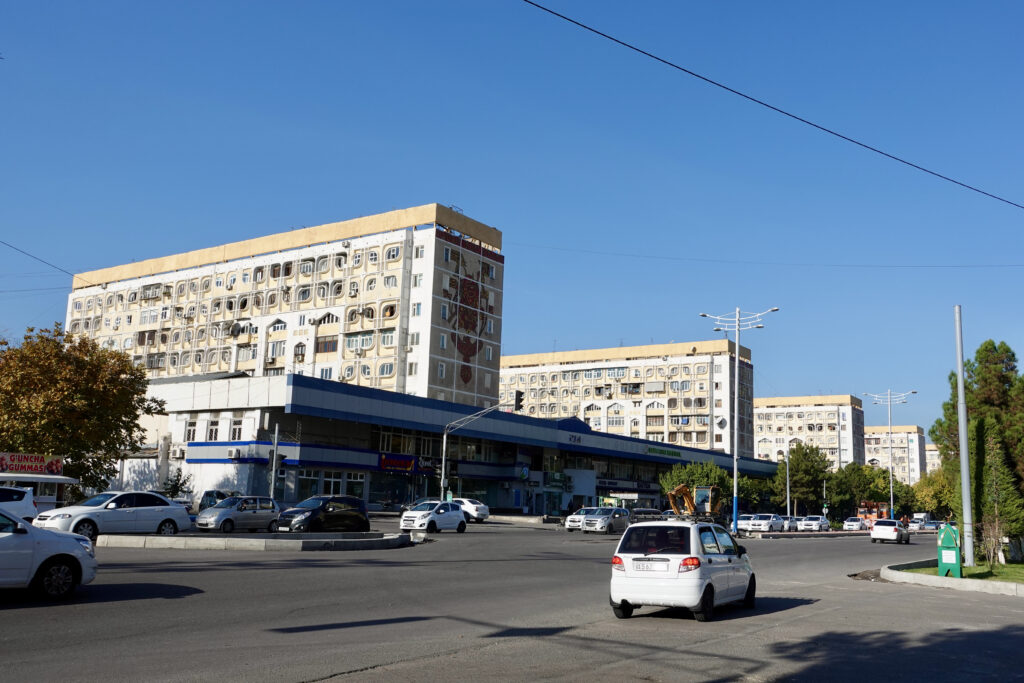
Tashkent is extremely sprawling and you can't get far on foot, so you have to rely on the efficient metro. The metro stations themselves are a real eye-catcher and an experience not to be missed. Especially interesting is the Kosmonavla station, which is dedicated to the Soviet space program and is decorated in dark blue tones. The walls commemorate the most important cosmonauts.
By metro it’s easy to reach our guesthouse in the residential district in the north of the city, next to the Chorsu Bazaar, one of the oldest markets in Central Asia. For many centuries it was an important trading point for goods along the Silk Road. Today, it’s covered by a soviet-era blue dome and you can find every imaginable commodity, from imported Chinese plastic chamber pots, to roasted pistachios and dried fruits and horse meat, to glittering Uzbek festive dresses. Once again, a best-of Central Asia.
Nearby is the International Plov Center, very popular with tourists, where rice is cooked by the hundredweight in huge pans early in the morning and people line up for lunch. We make a big circle around it, because we’ve seen enough greasy Plov for a livetime in the past months and we must admit, we ignore the Central Asian cuisine completely in Tashkent and enjoy the international options.

Farewell to Central Asia
Tashkent is an interesting city with a good mixture of modern life, Soviet architecture, Islamic sites and many museums, some of which are actually worth a visit. But for us, Tashkent is our last stop after 3.5 months in Central Asia and as always before an upcoming flight, our thoughts have already wandered someplace else. We organize our bicycle boxes, send a package with winter clothes back to Switzerland and spend most of our time in our cozy guesthouse instead of discovering the city, thanks to the often rainy and rather cool weather.
We retreat a bit from the outdoors and let our thoughts wander back to the last months in Central Asia. It all started with a heat wave in Kazakhstan, then we experienced with Kyrgyzstan probably one of the most beautiful cycling countries and stood in Tajikistan suddenly on the Pamir at over 4000 m and then many highs and lows followed. Unforgettable remain the nights in the yurt camps or under the starry sky at Song-Kul, the barren lonely landscape of the Pamir plateau, the culture of the Pamiris in the Wakhan Valley and the blue tiles of the ancient towns of the silk road in Uzbekistan. We would have liked to learn more about the Uzbek culture and visit more off the beaten track places and yet, those last three weeks in Uzbekistan have also been fulfilling for us, just being normal tourists. And as it happened in other countries on our trip before, we feel that it’s time for us to move on and we’re ready to close the chapter Central Asia. We are ready for a complete change of scenery and we can already reveal that it will be colorful, hectic and loud.

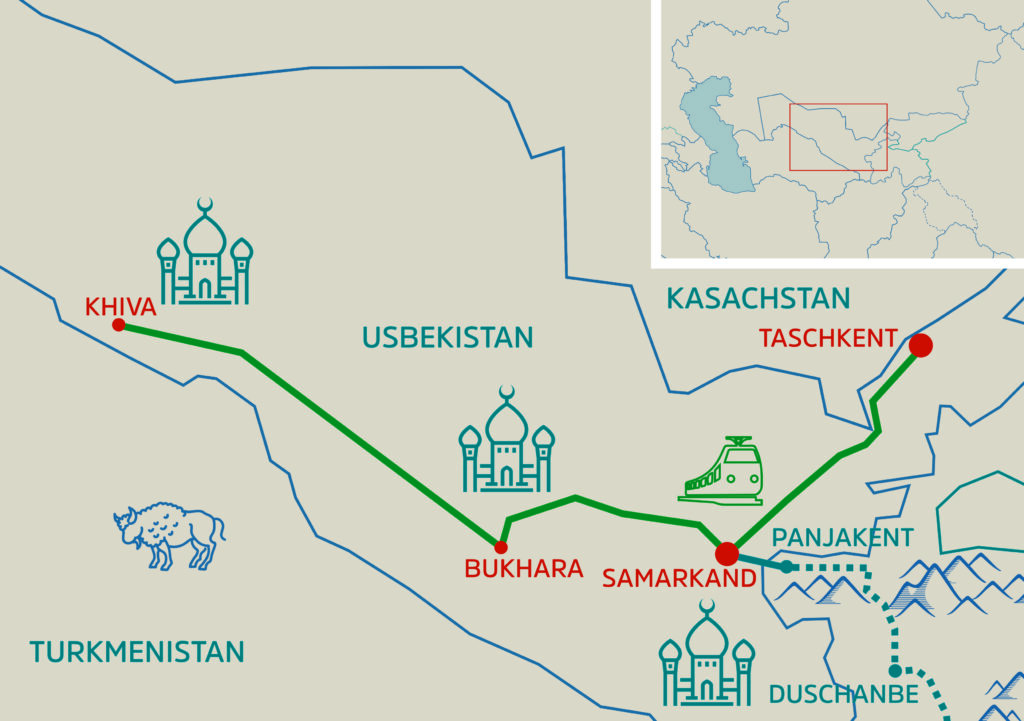
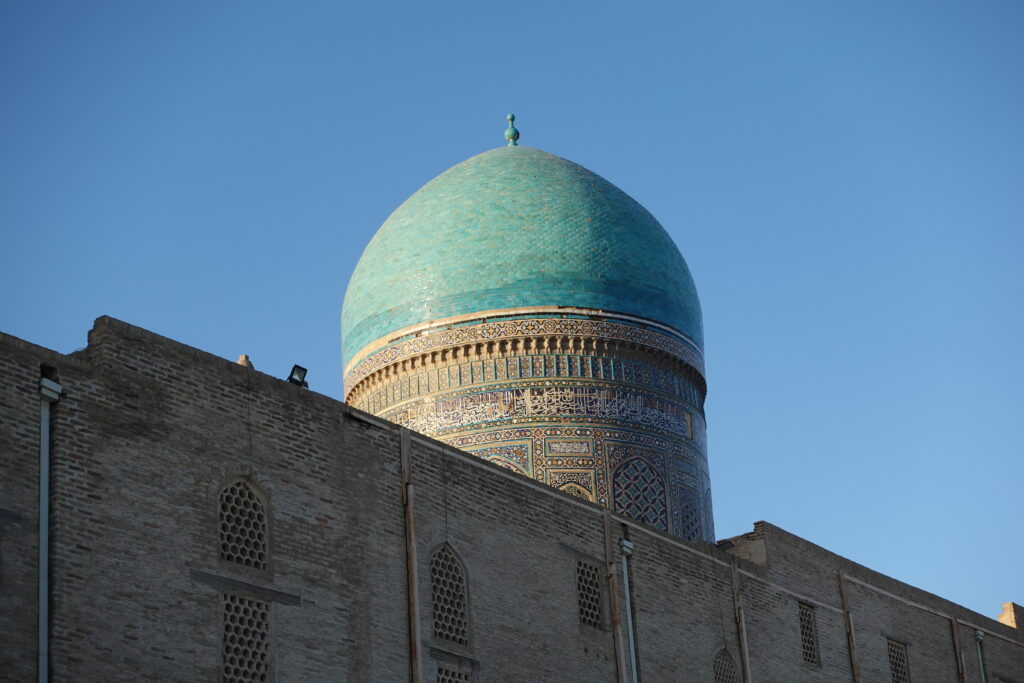
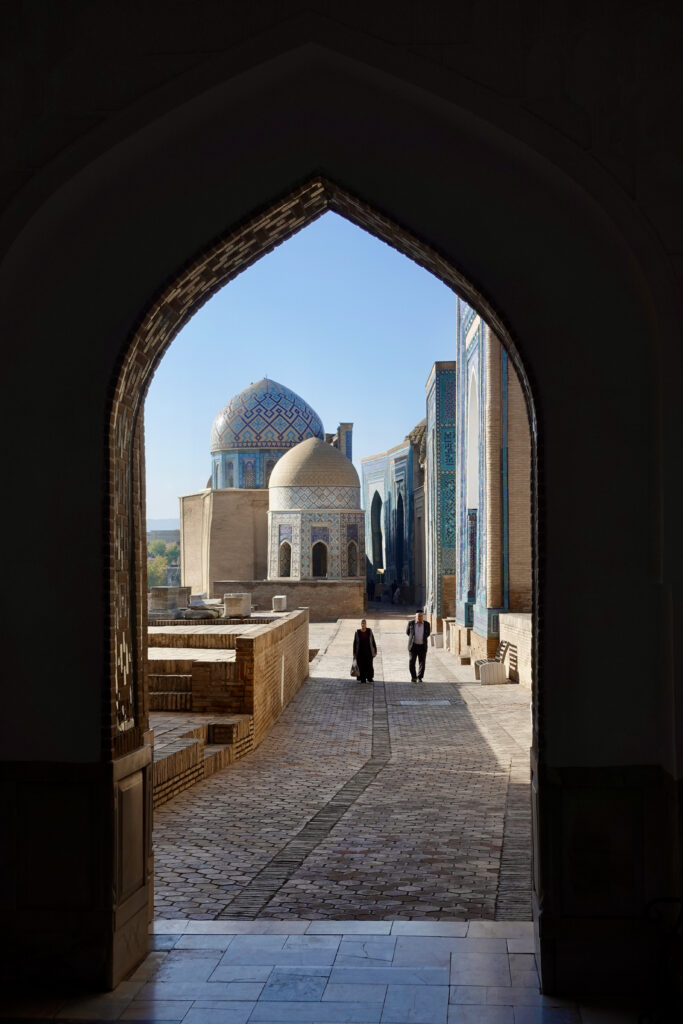
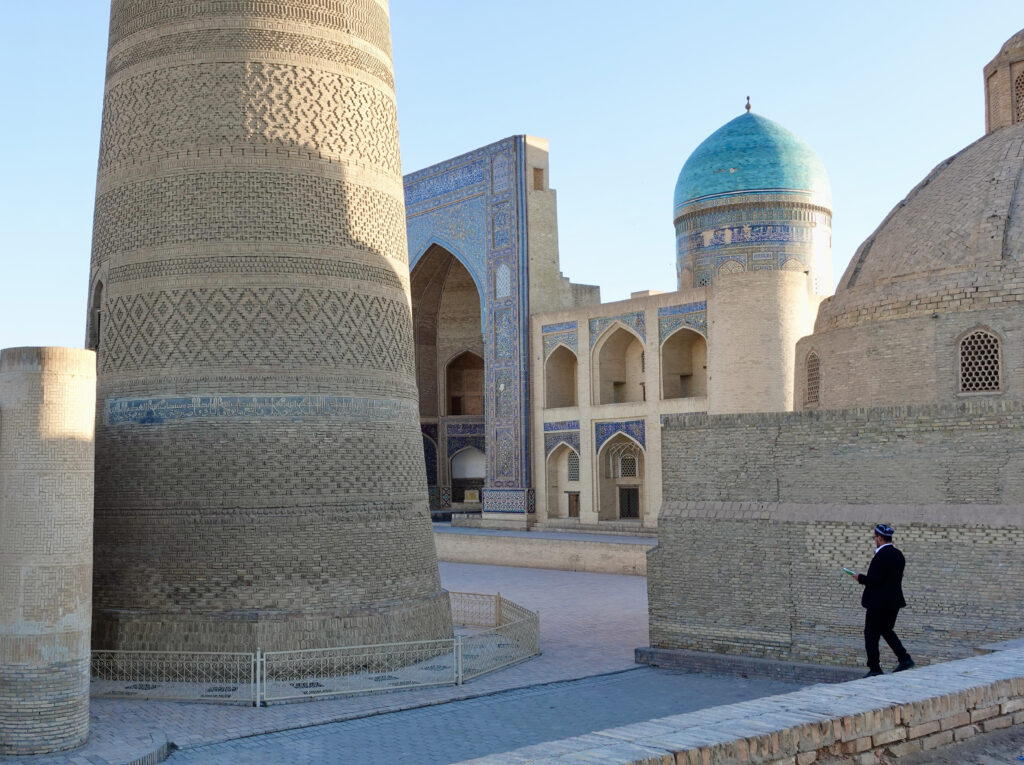
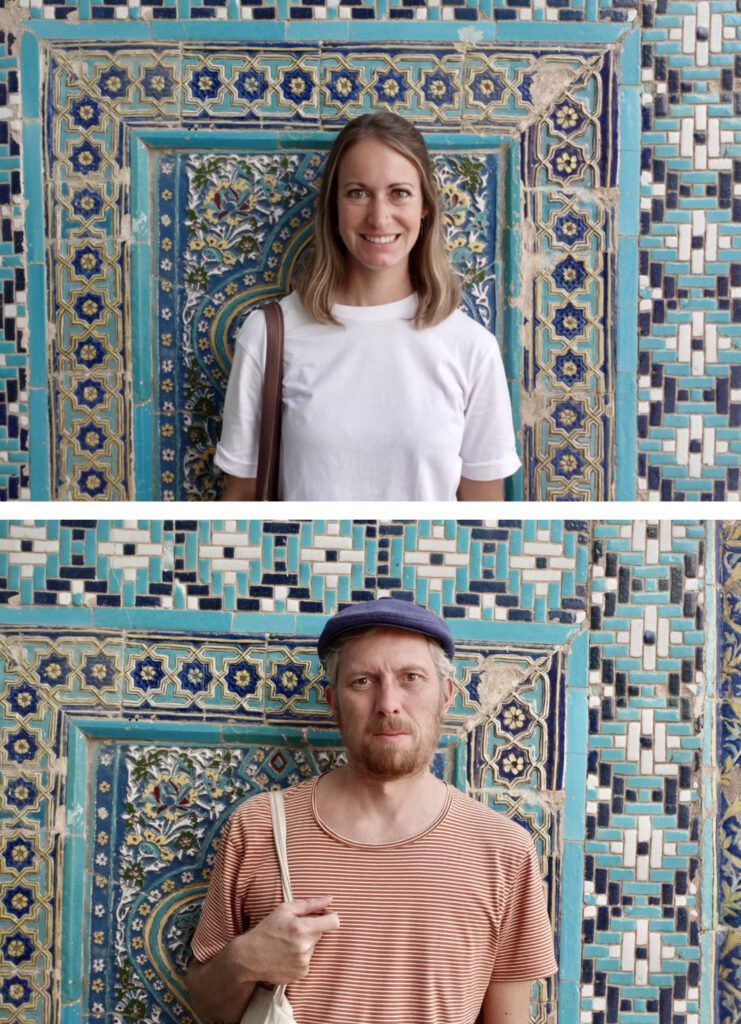


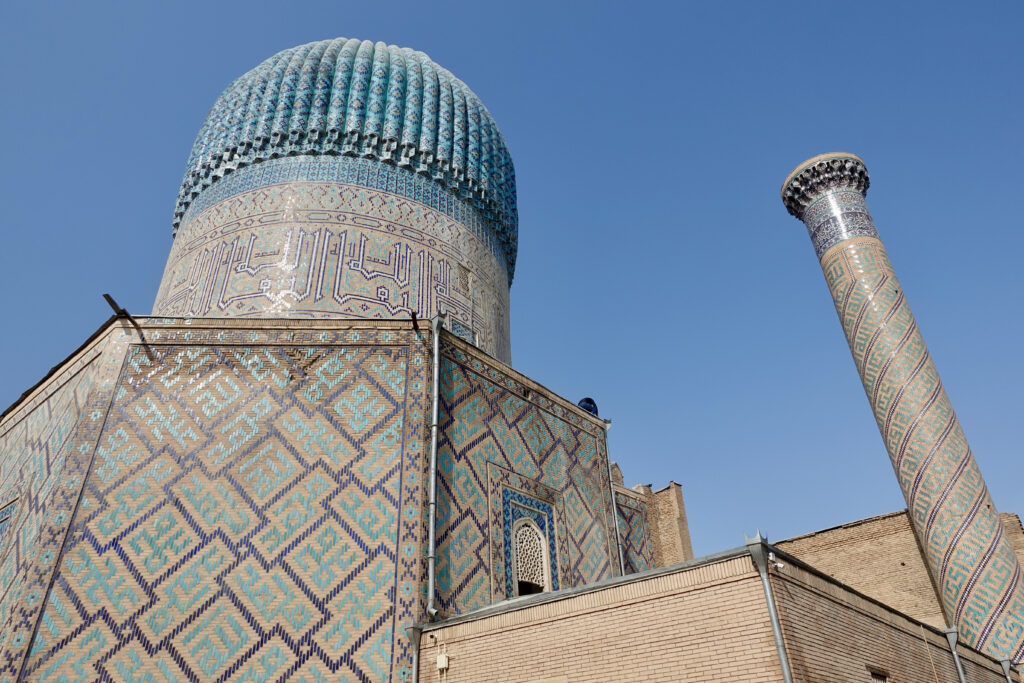
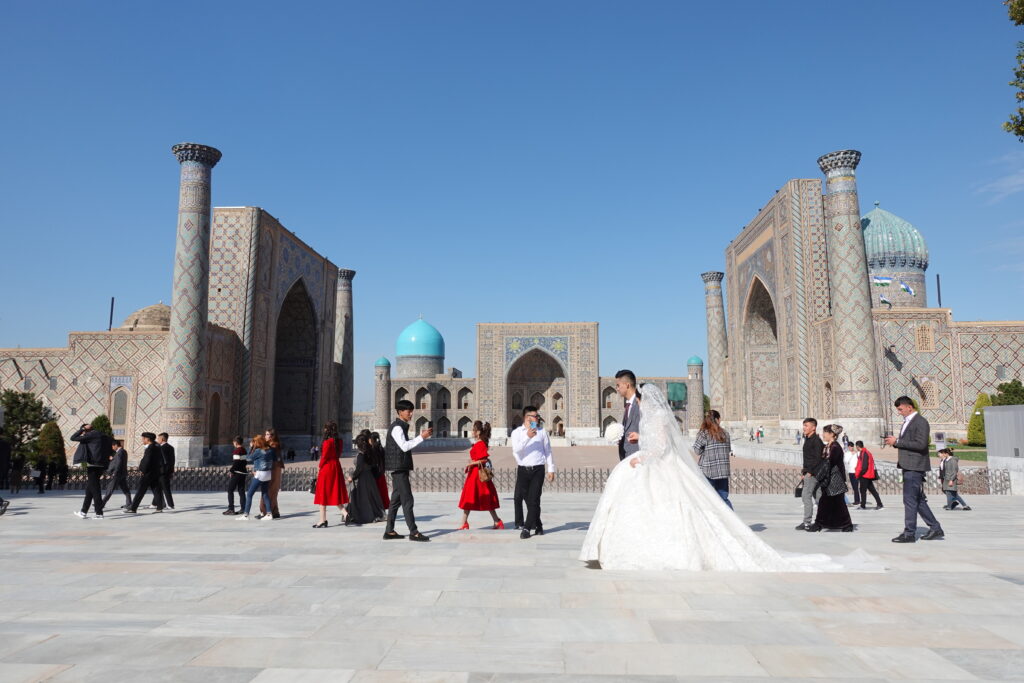
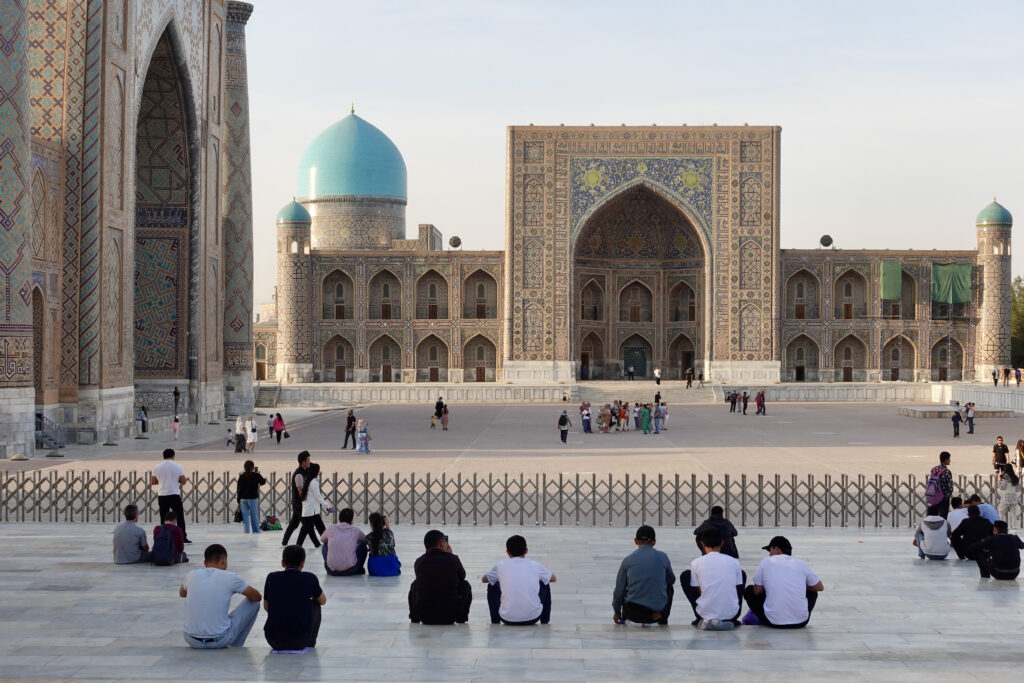
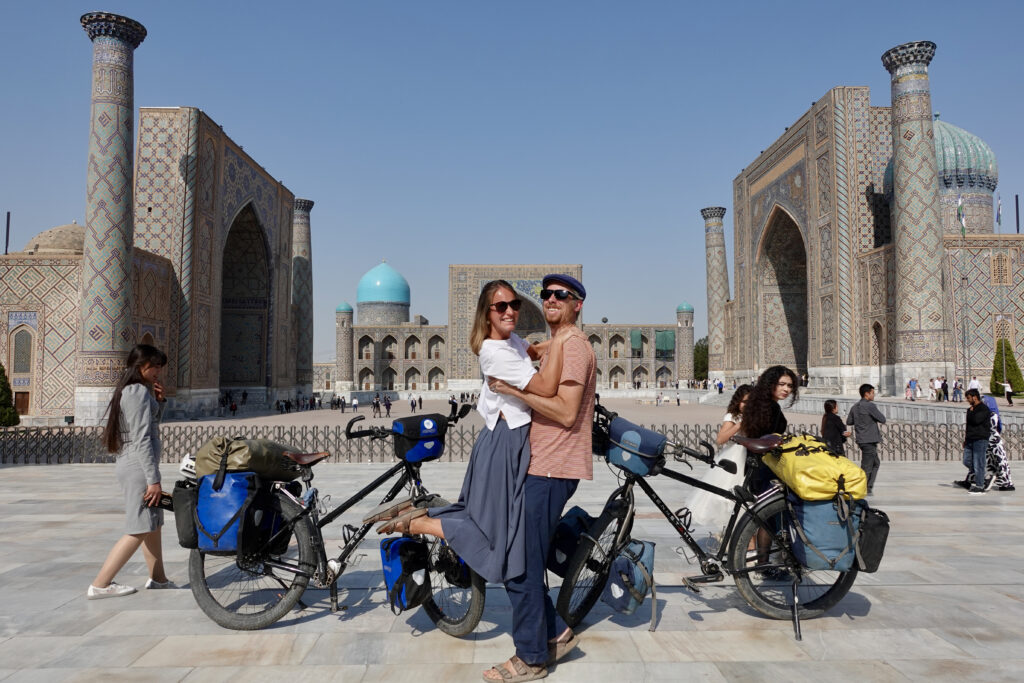
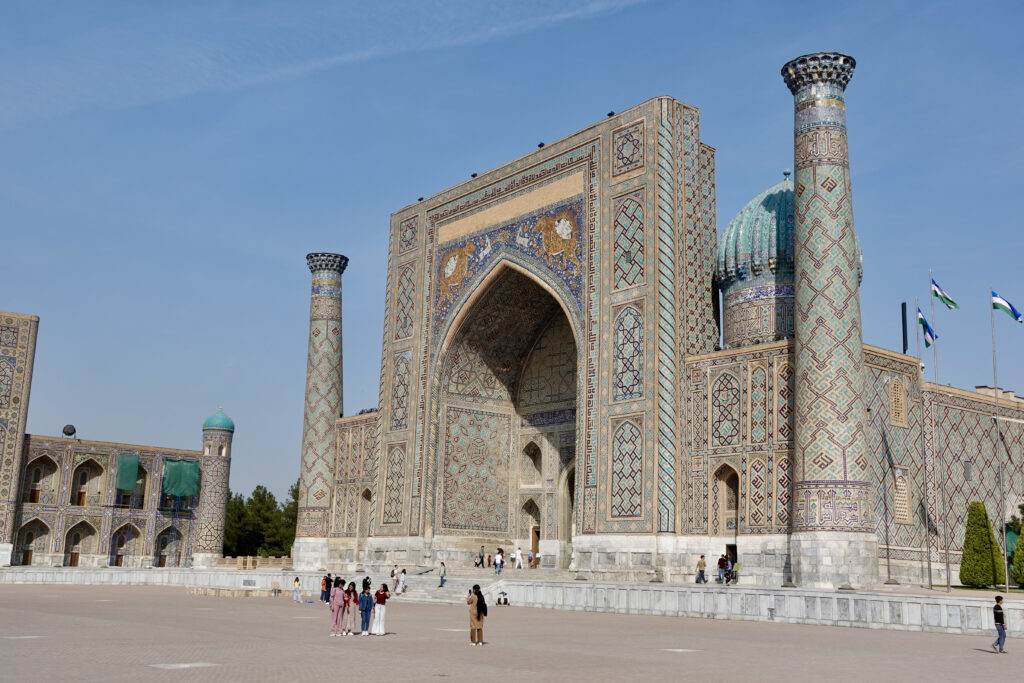
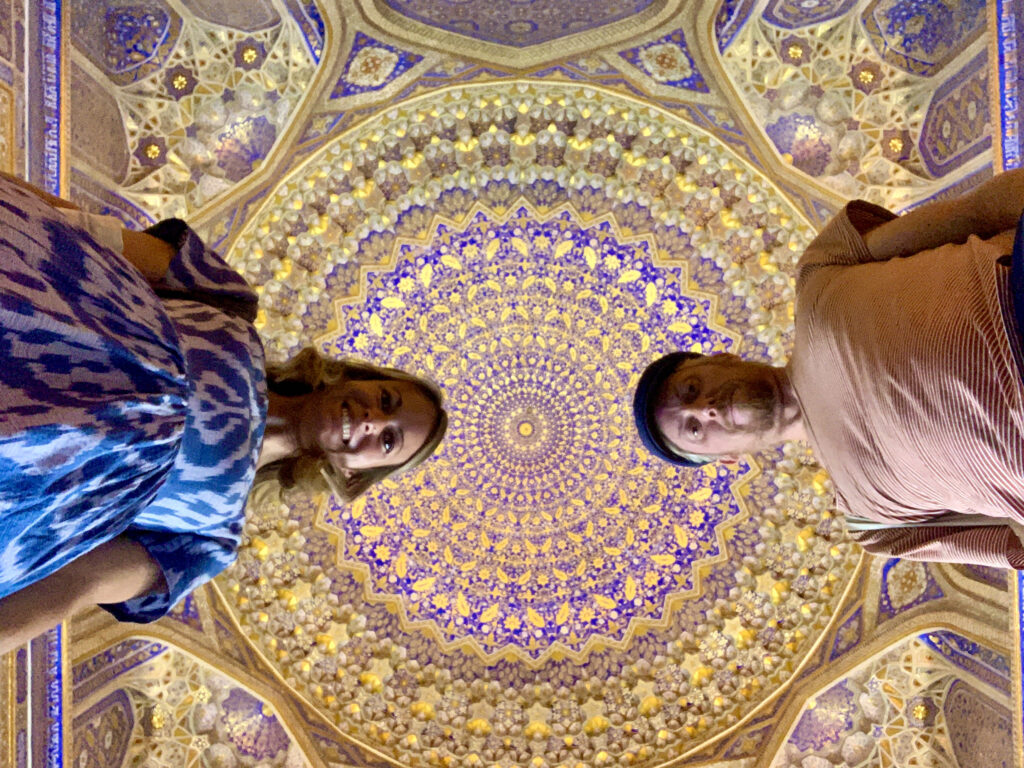
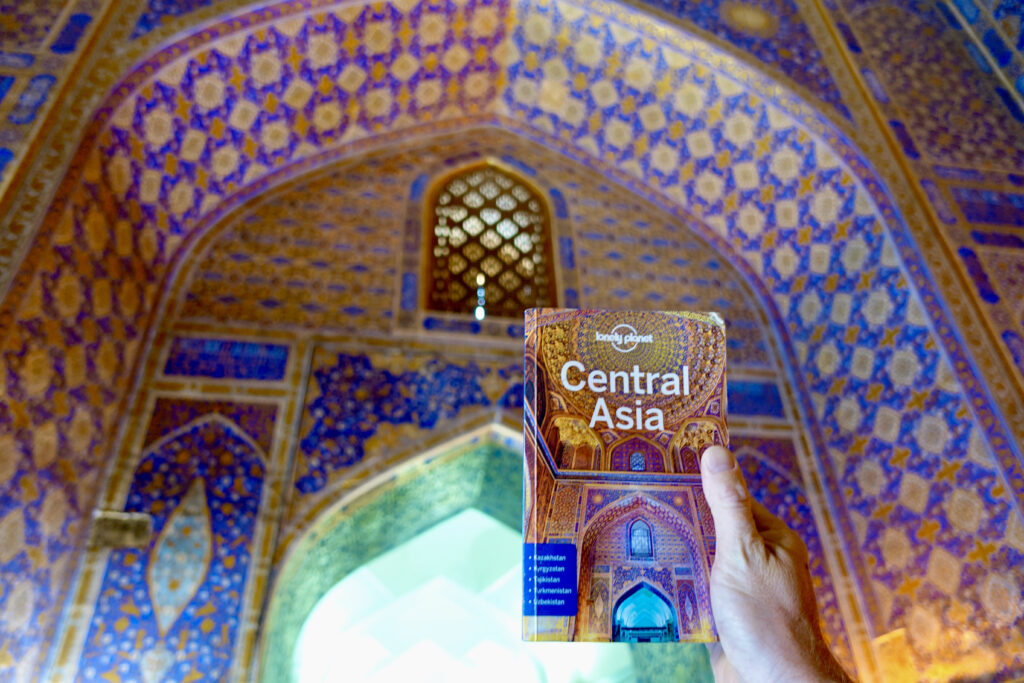
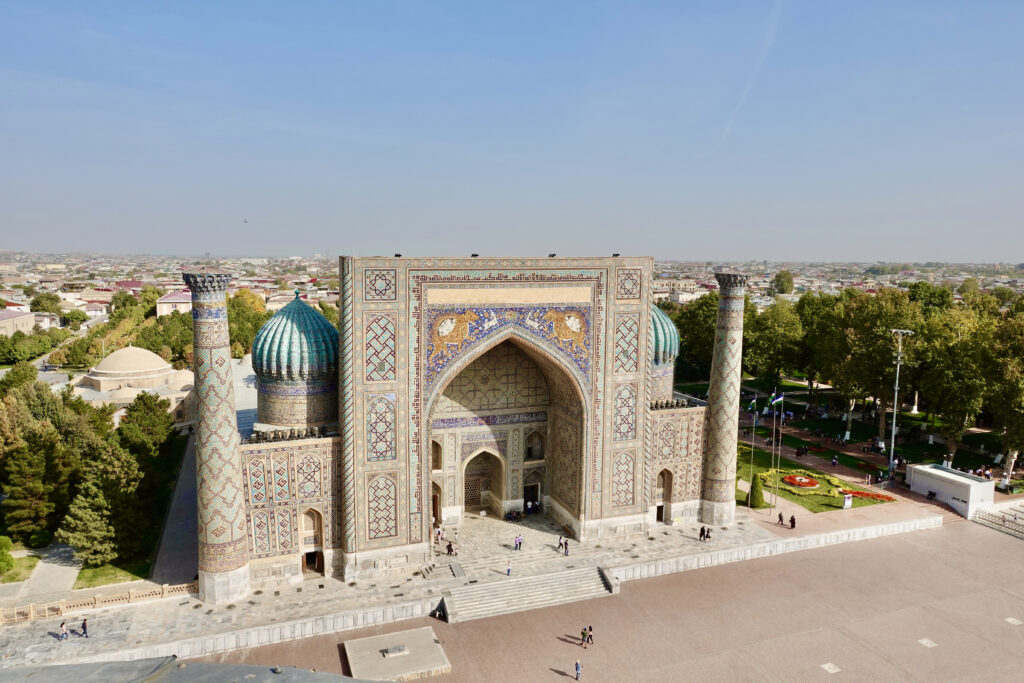
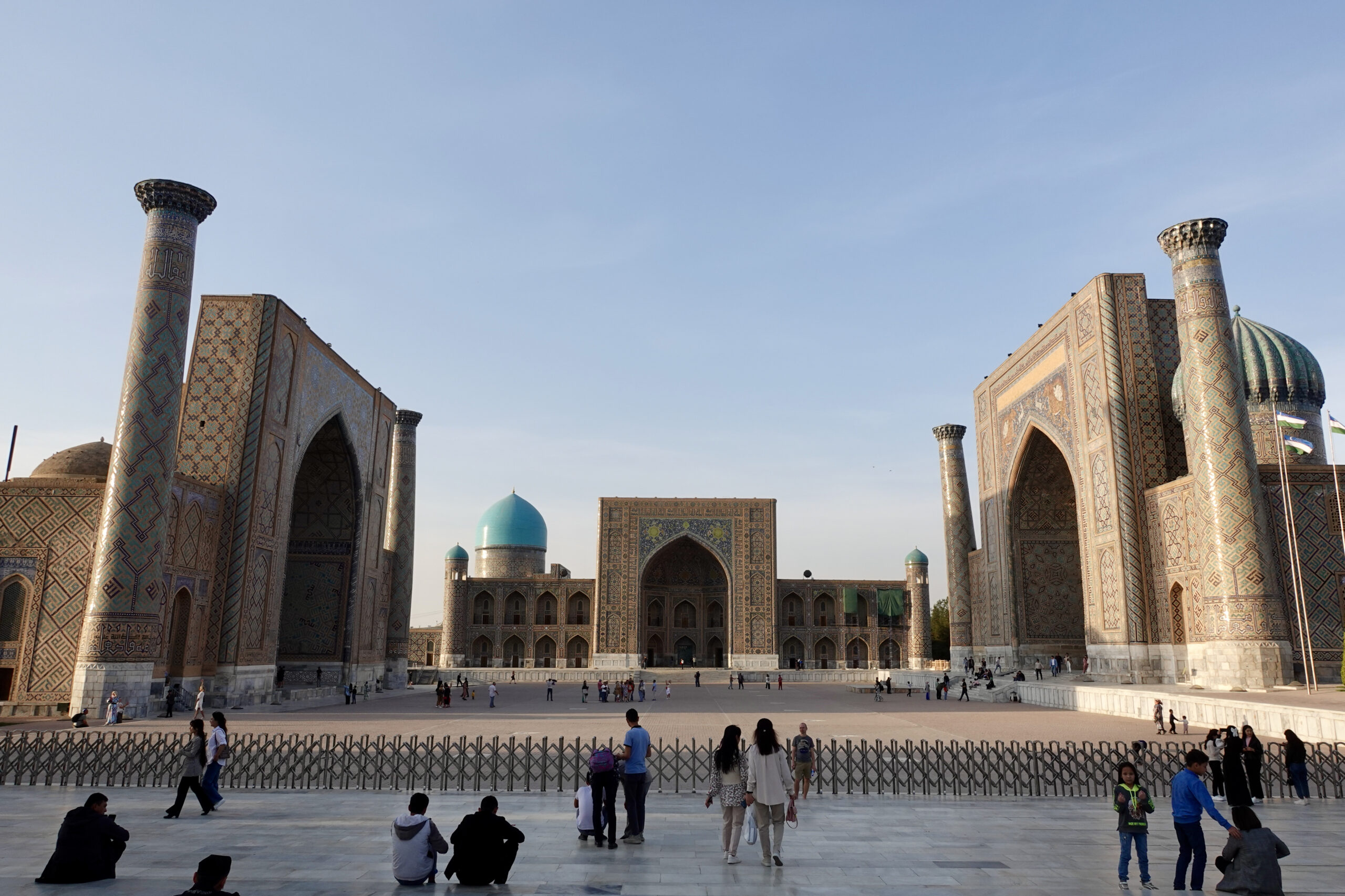

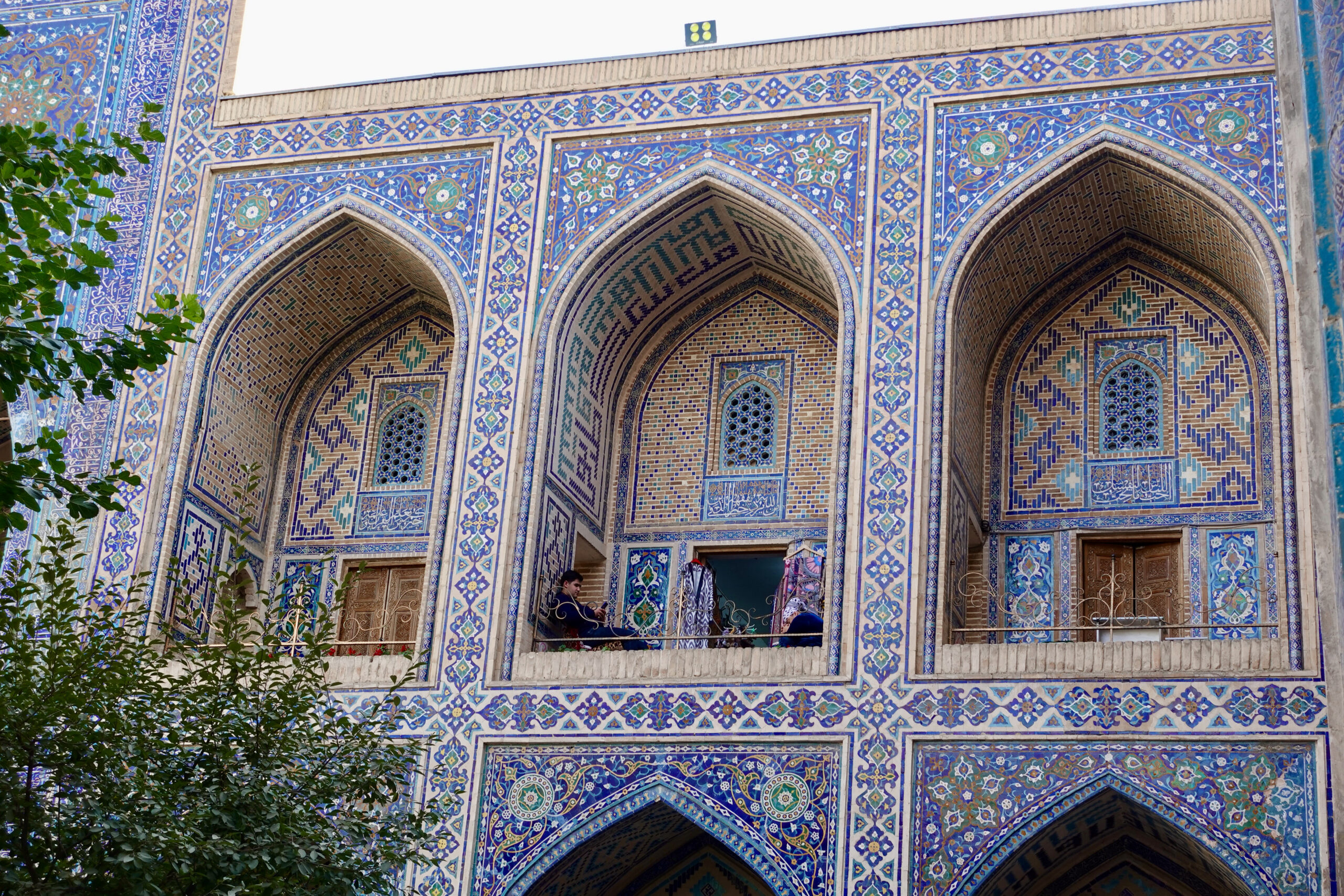

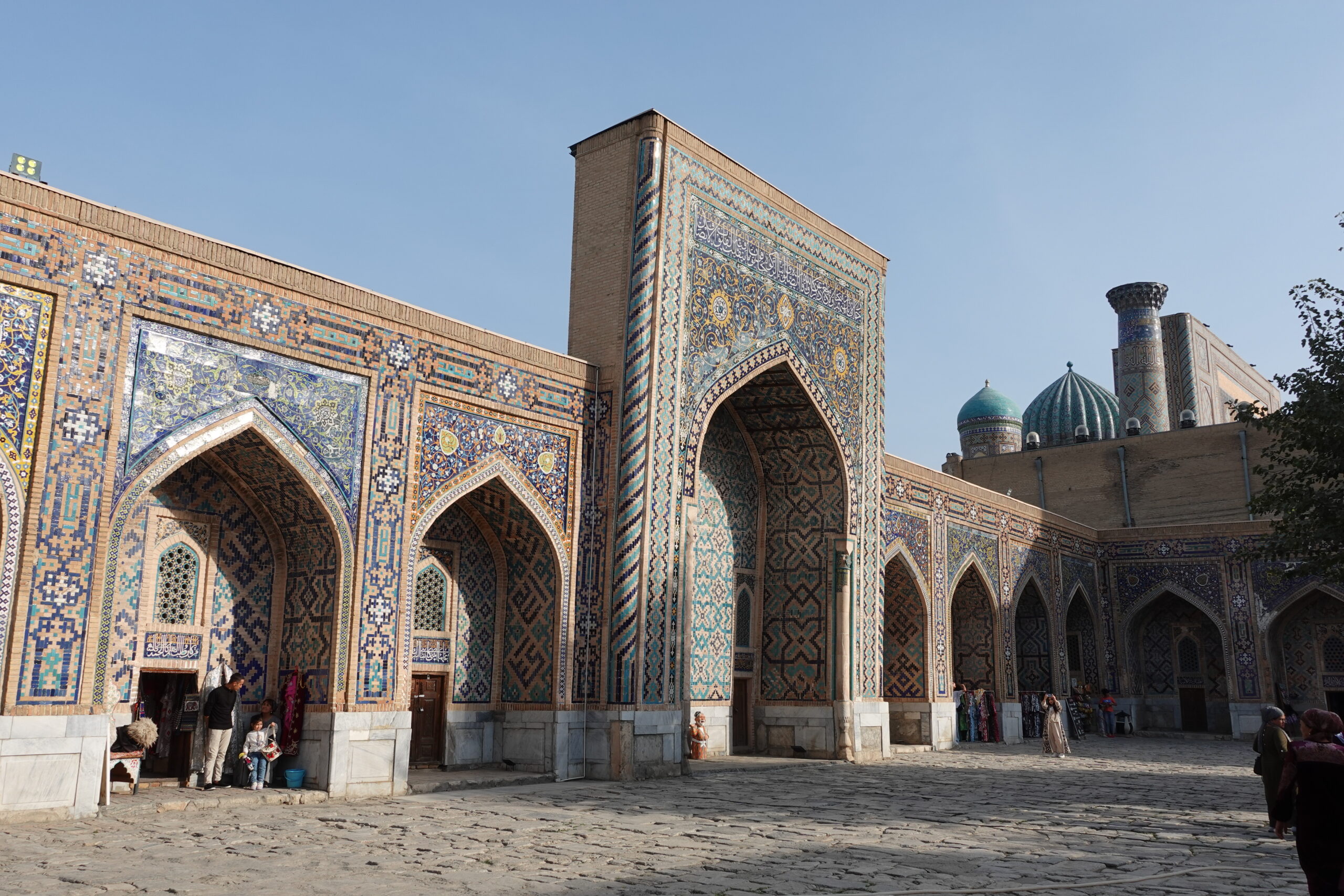
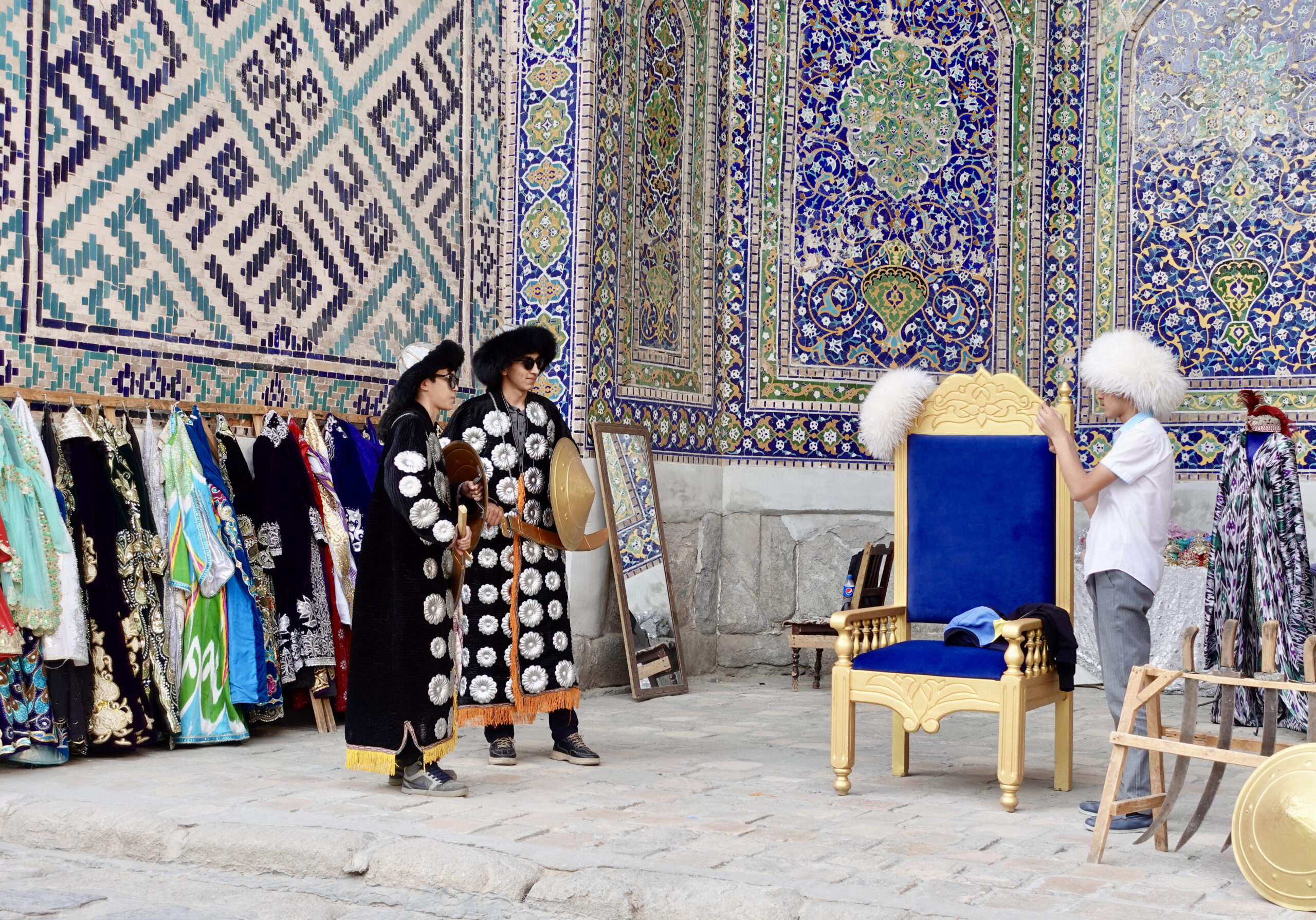
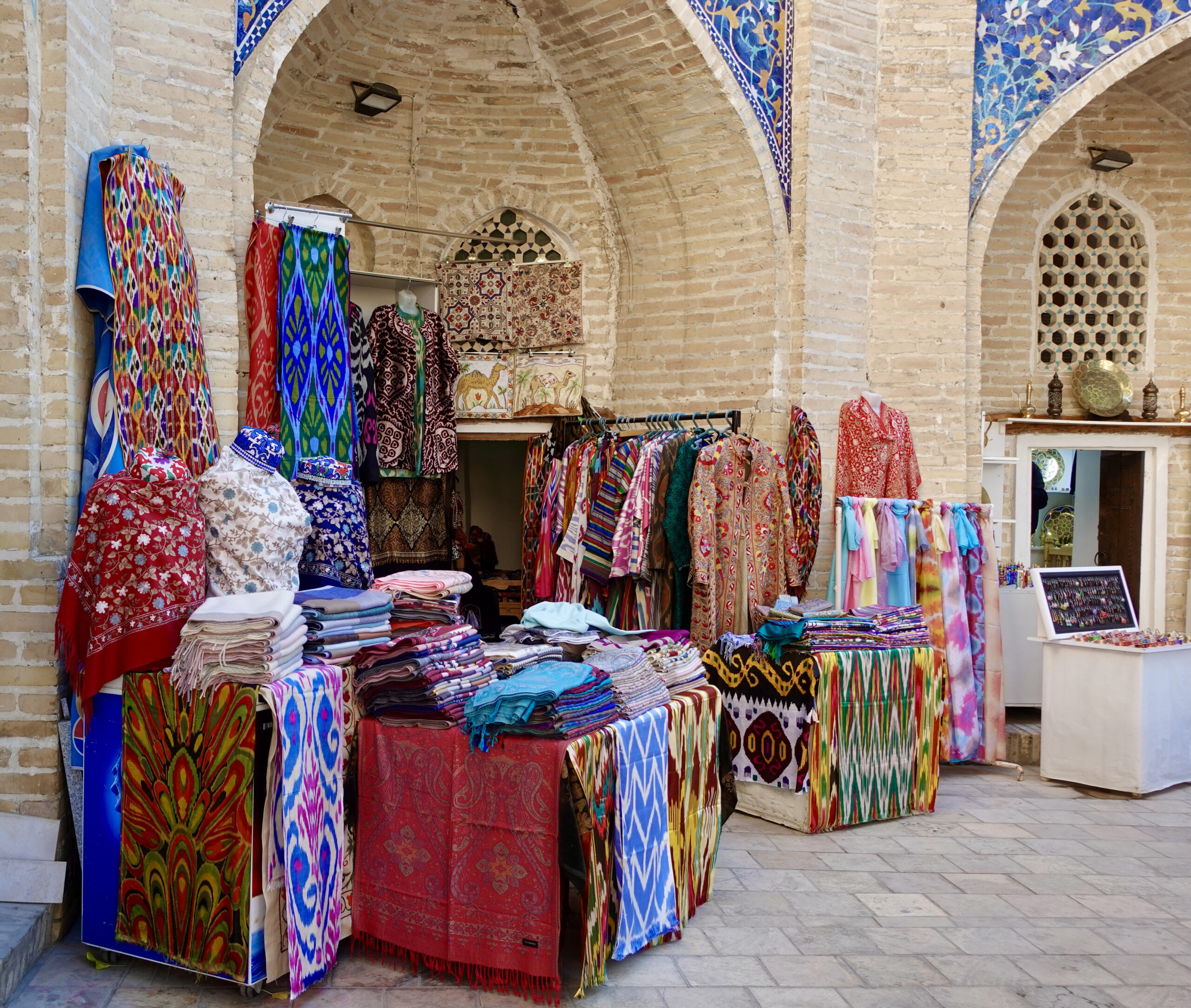
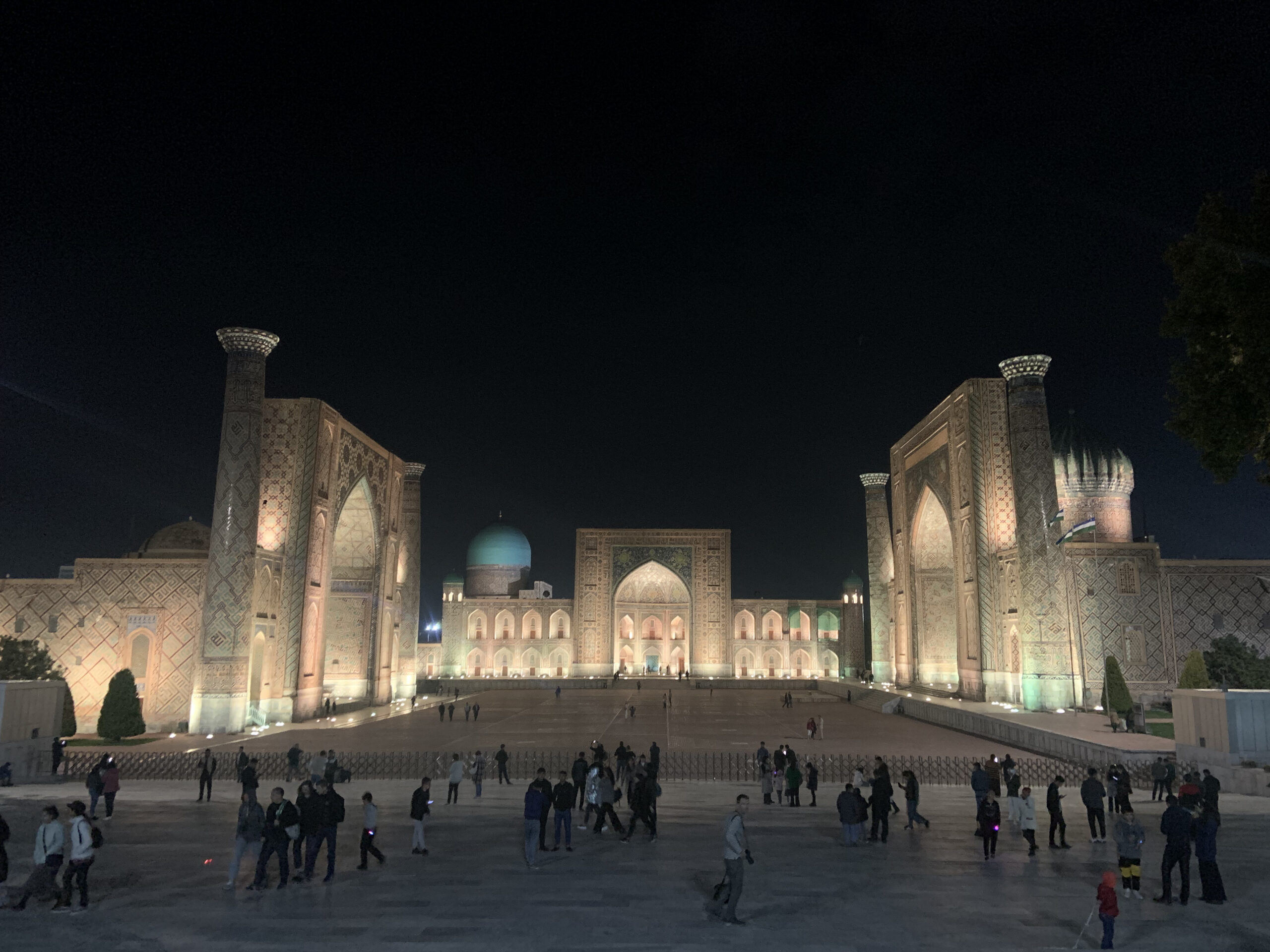
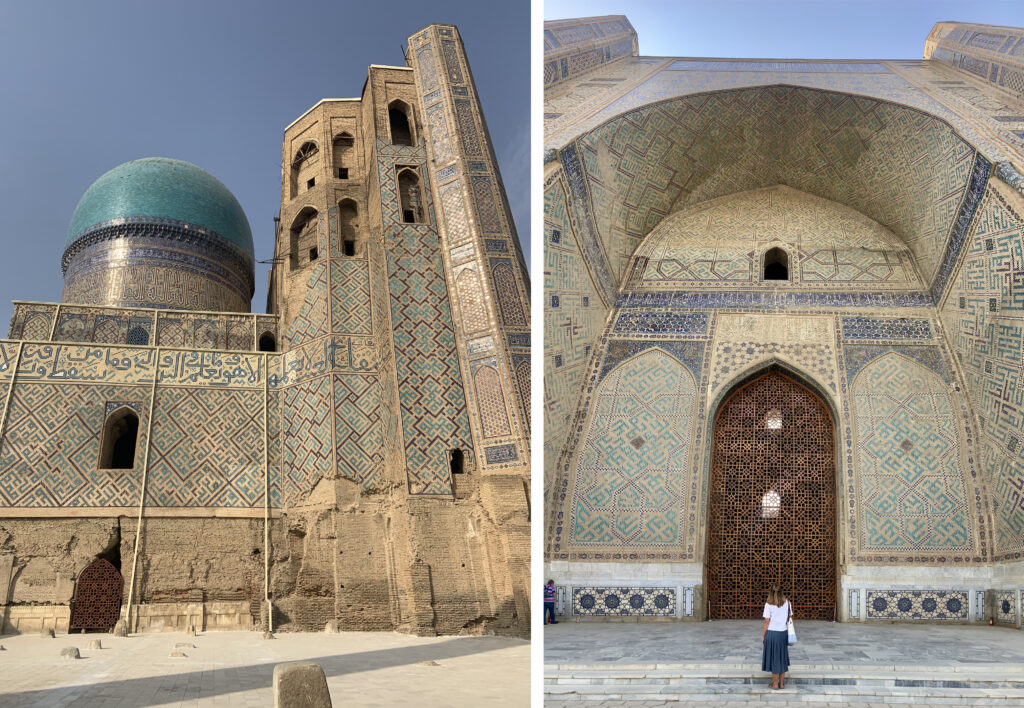
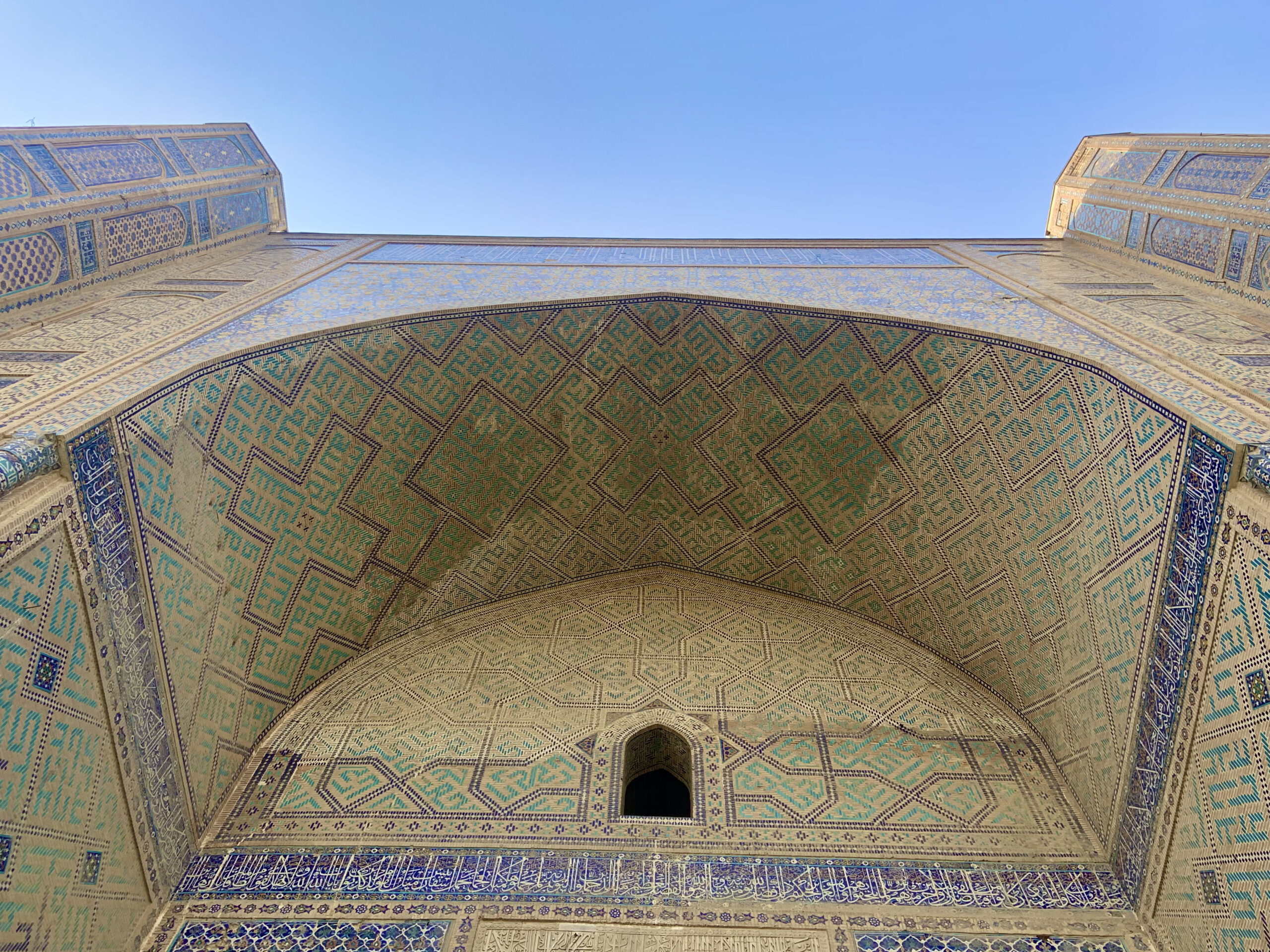
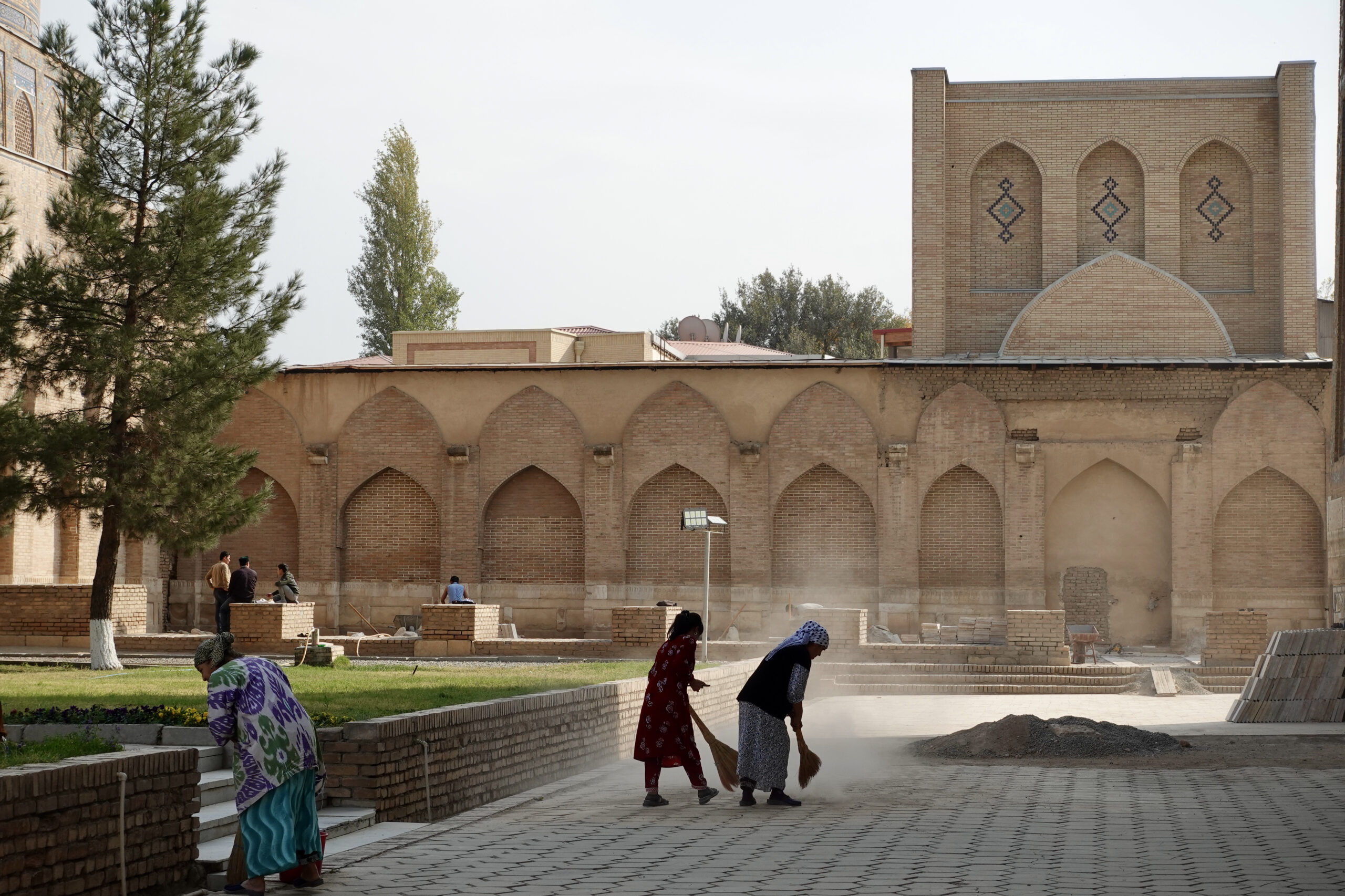

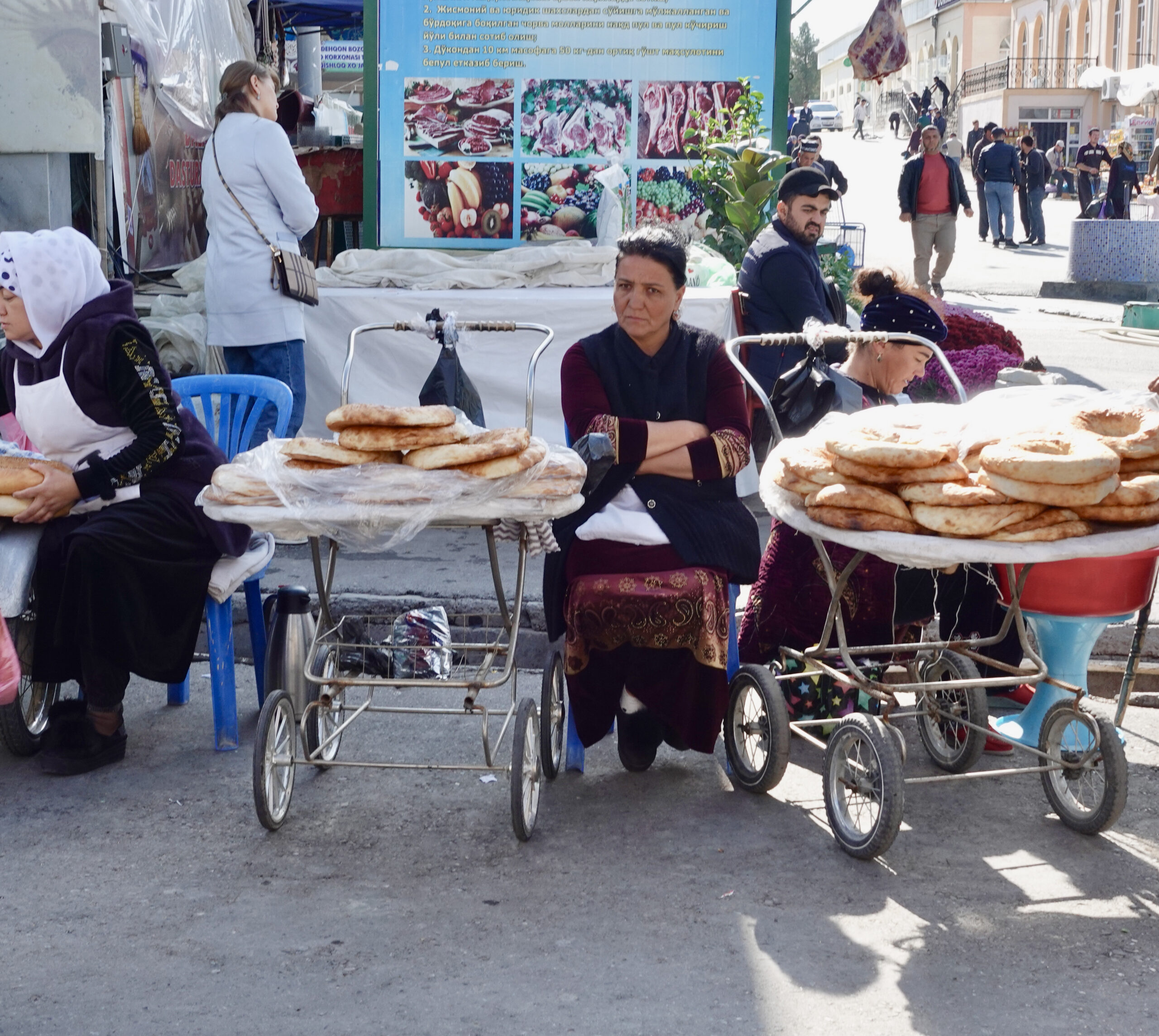
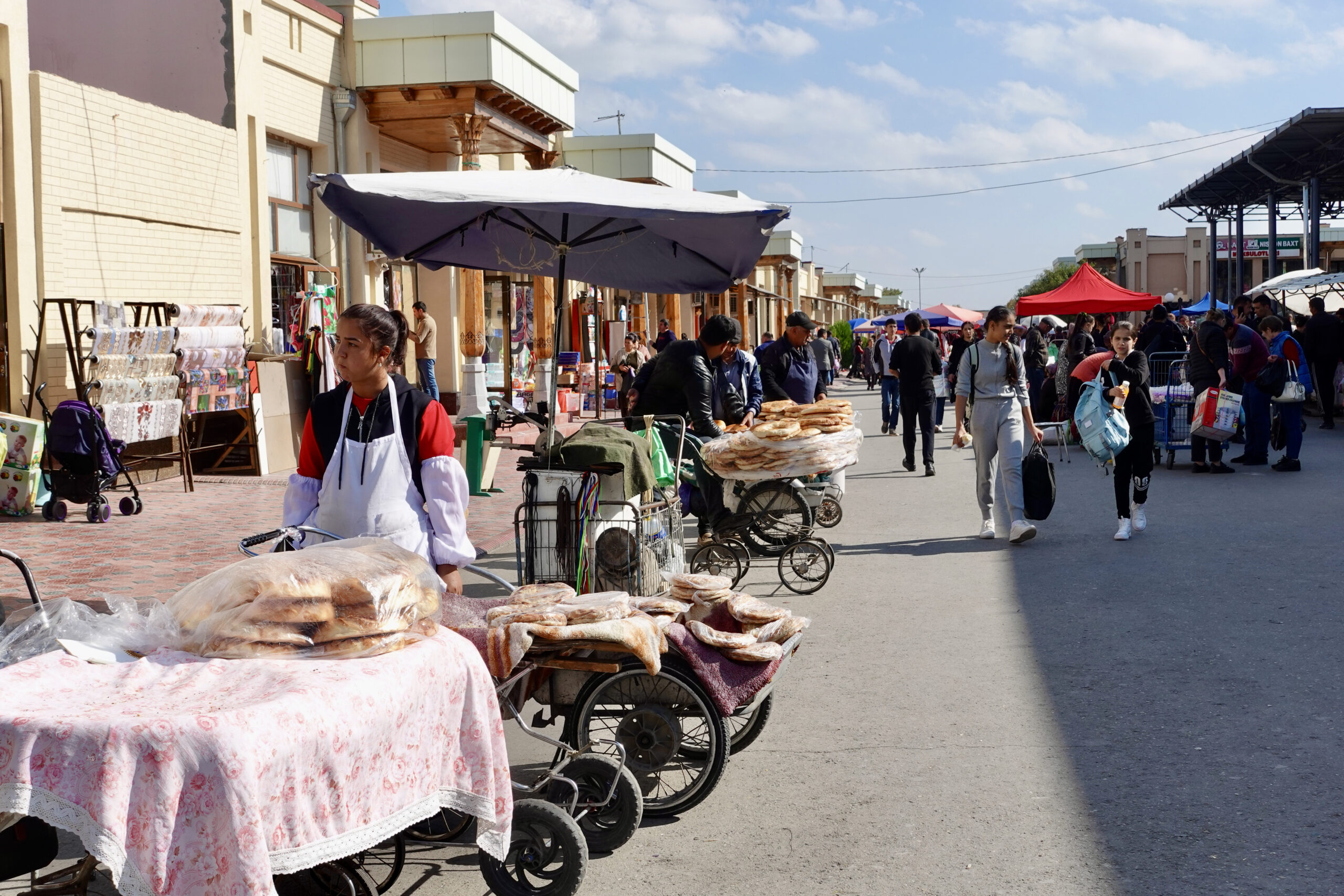
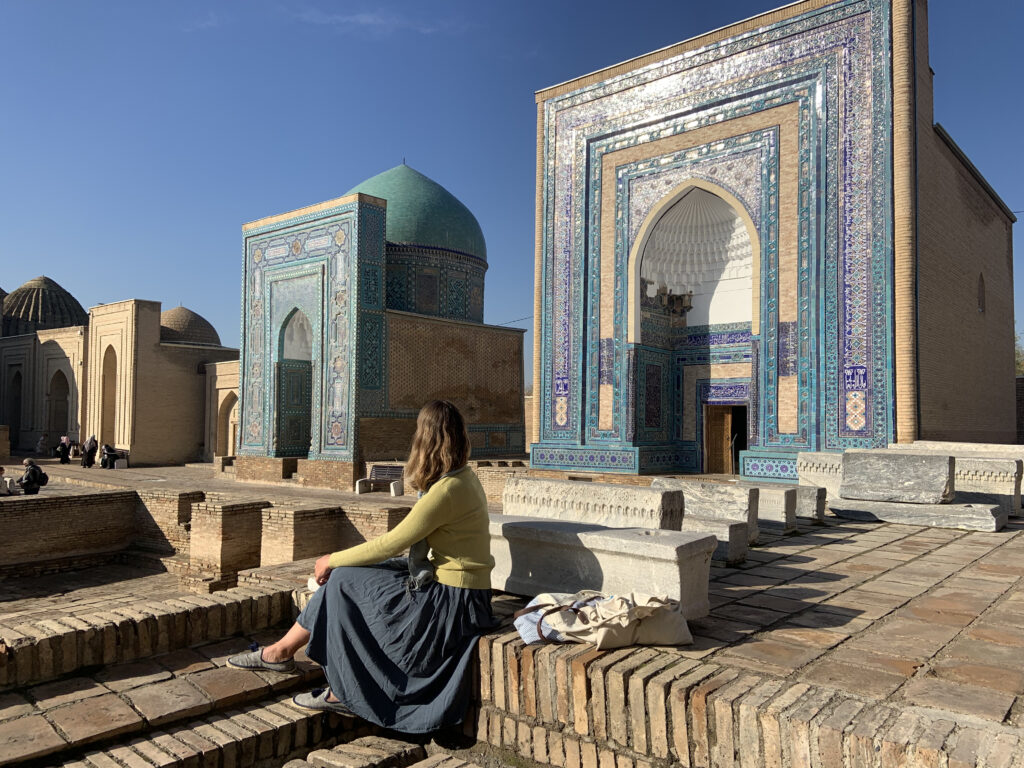
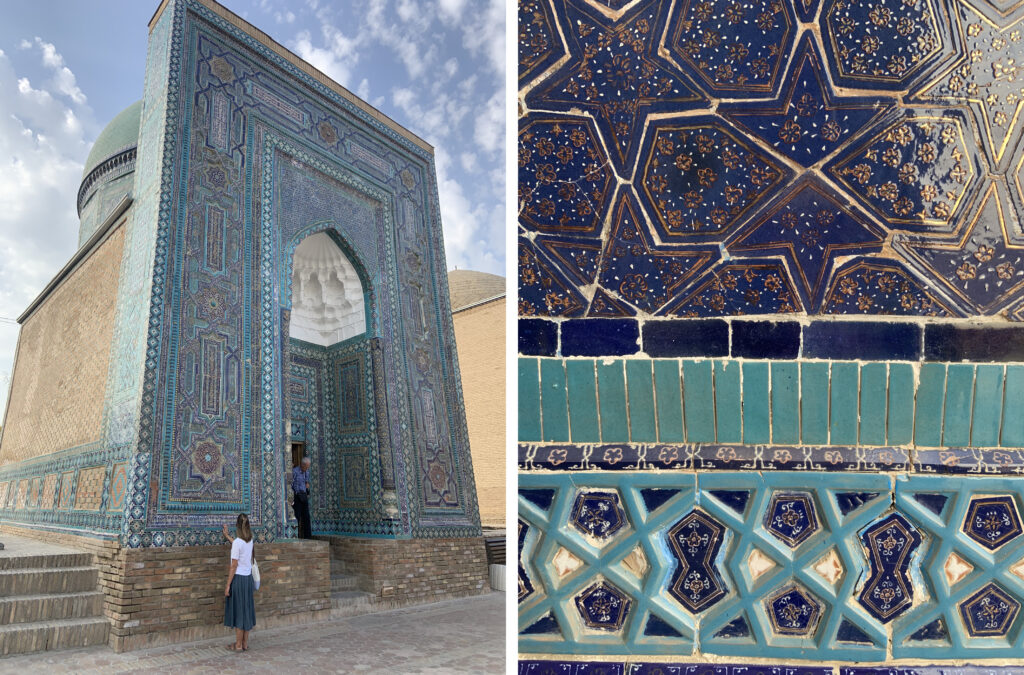
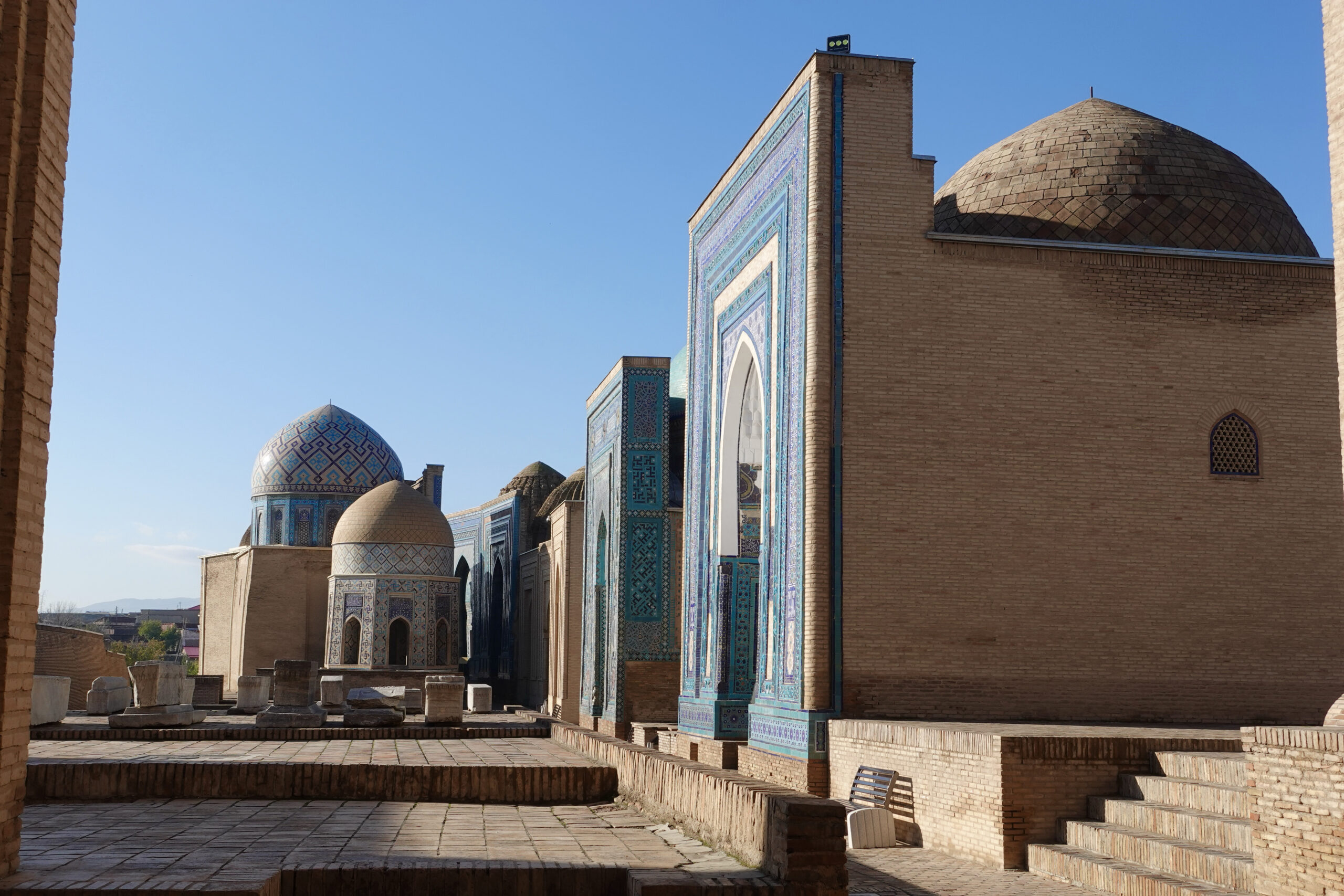

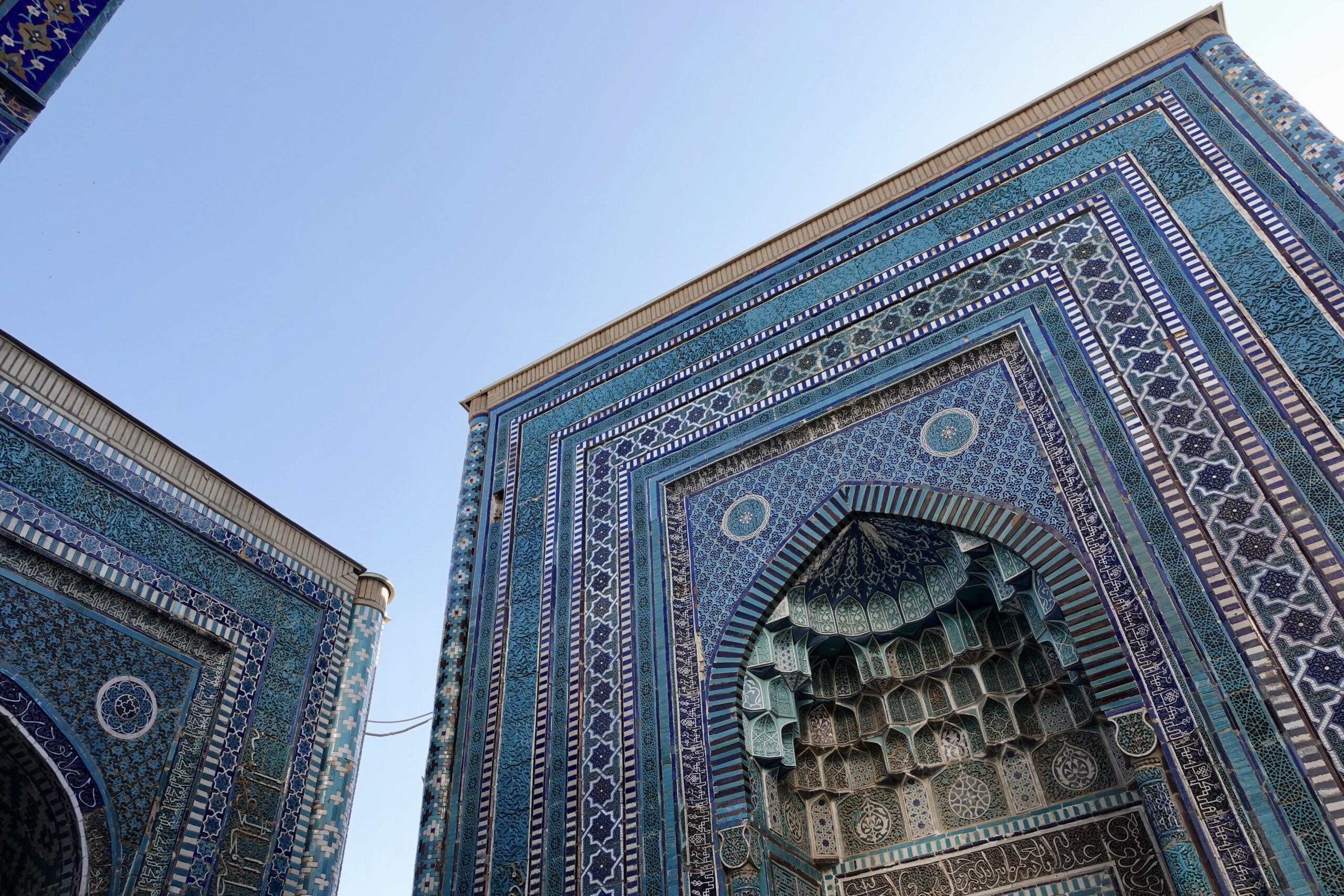
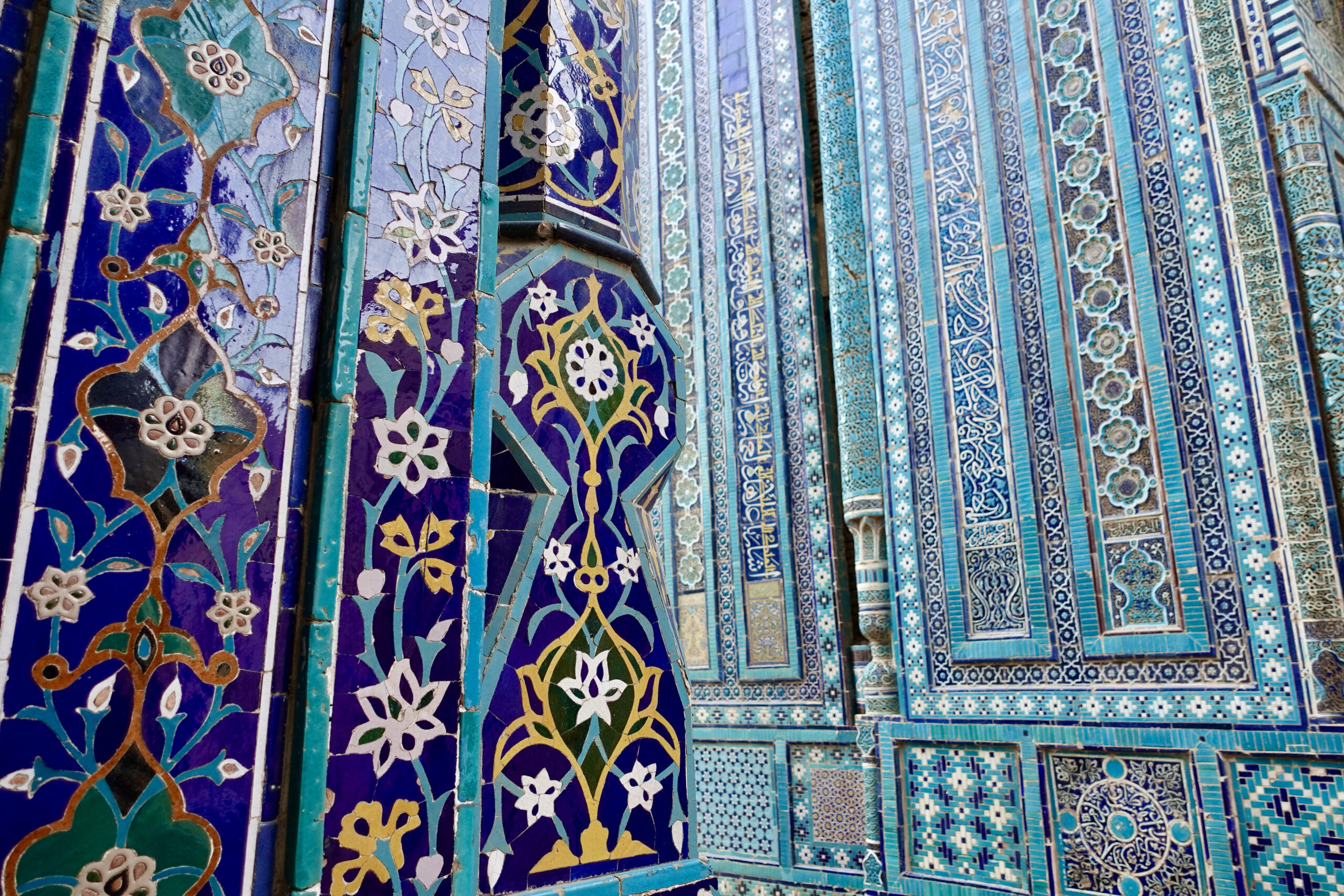
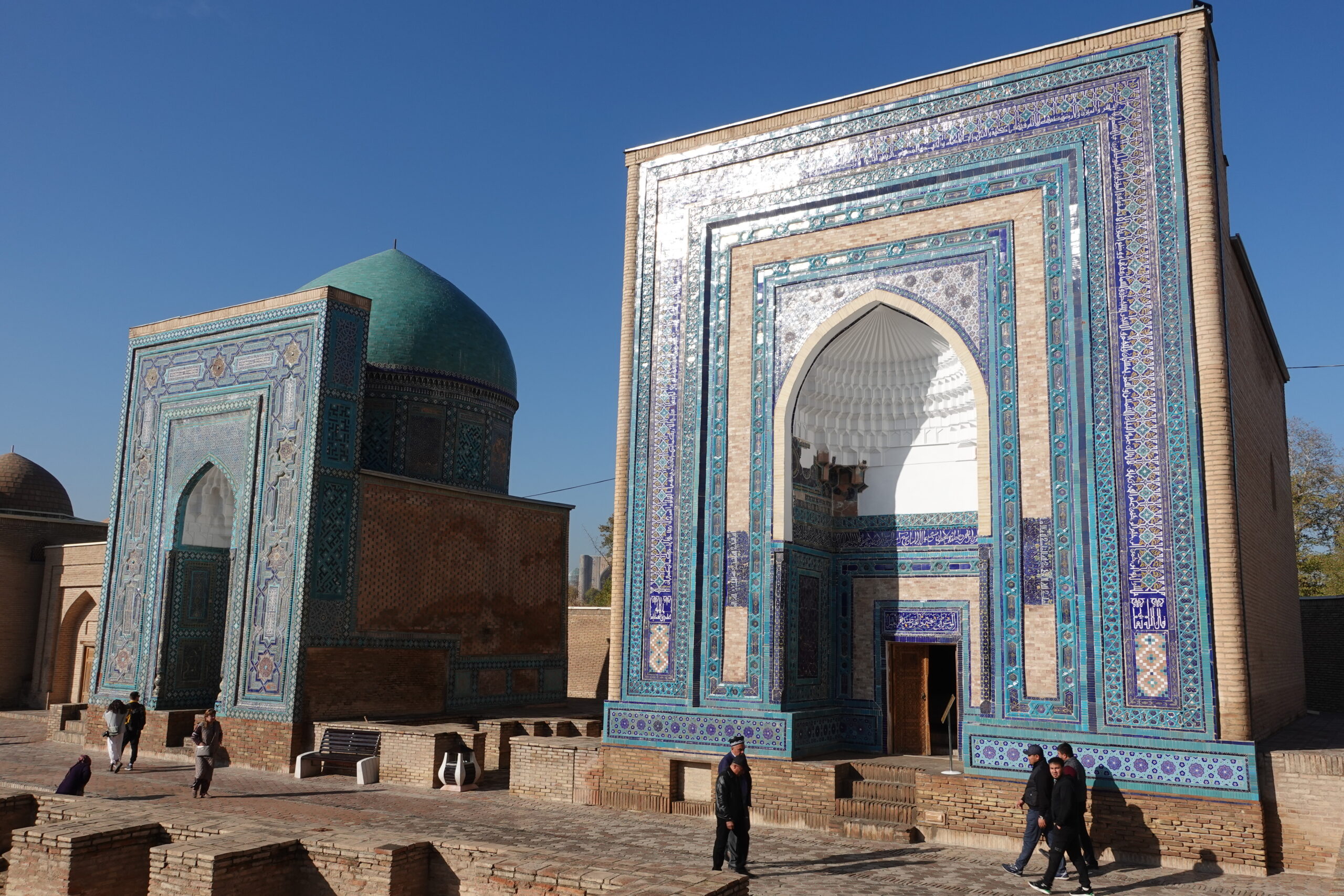
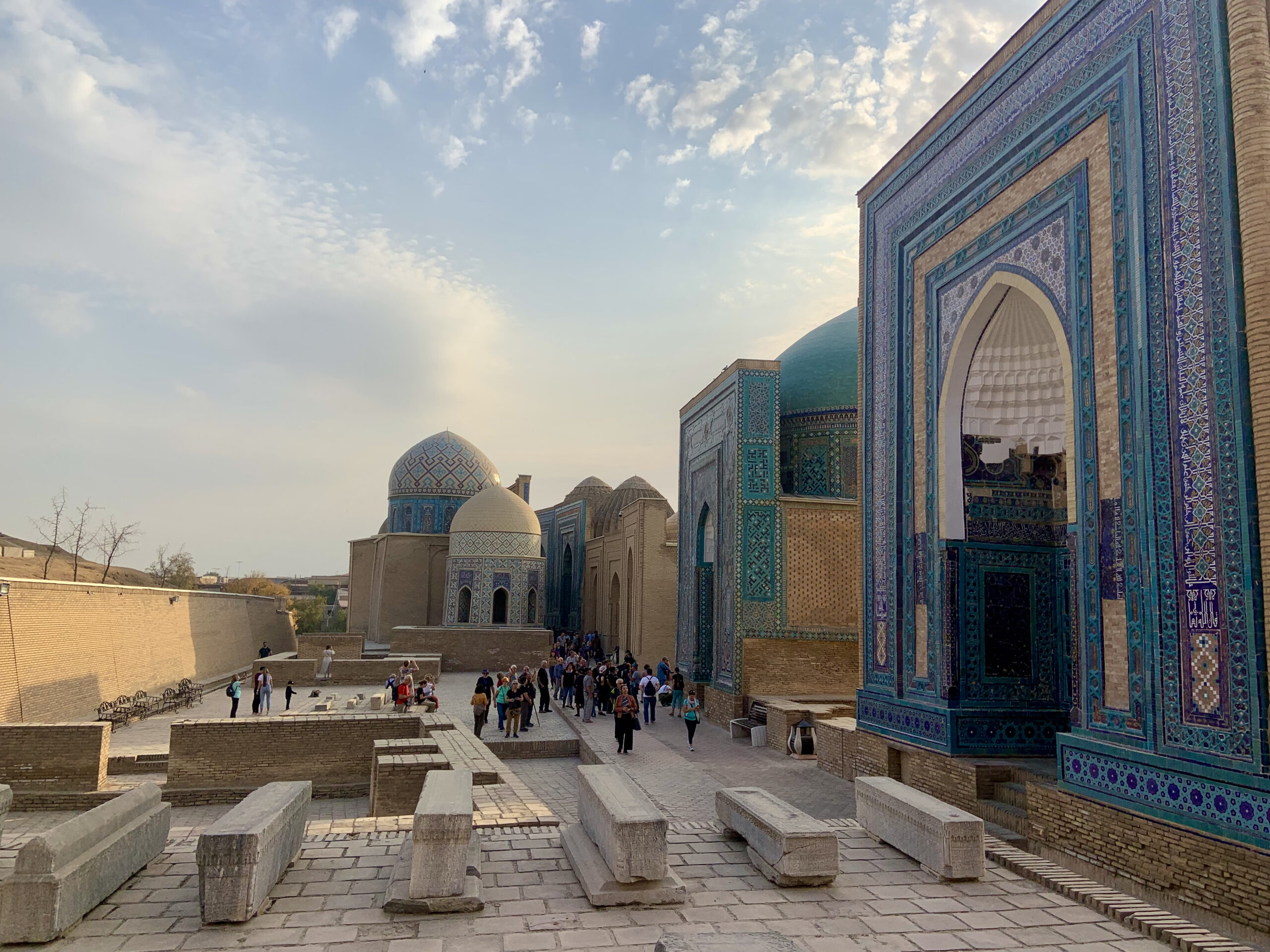
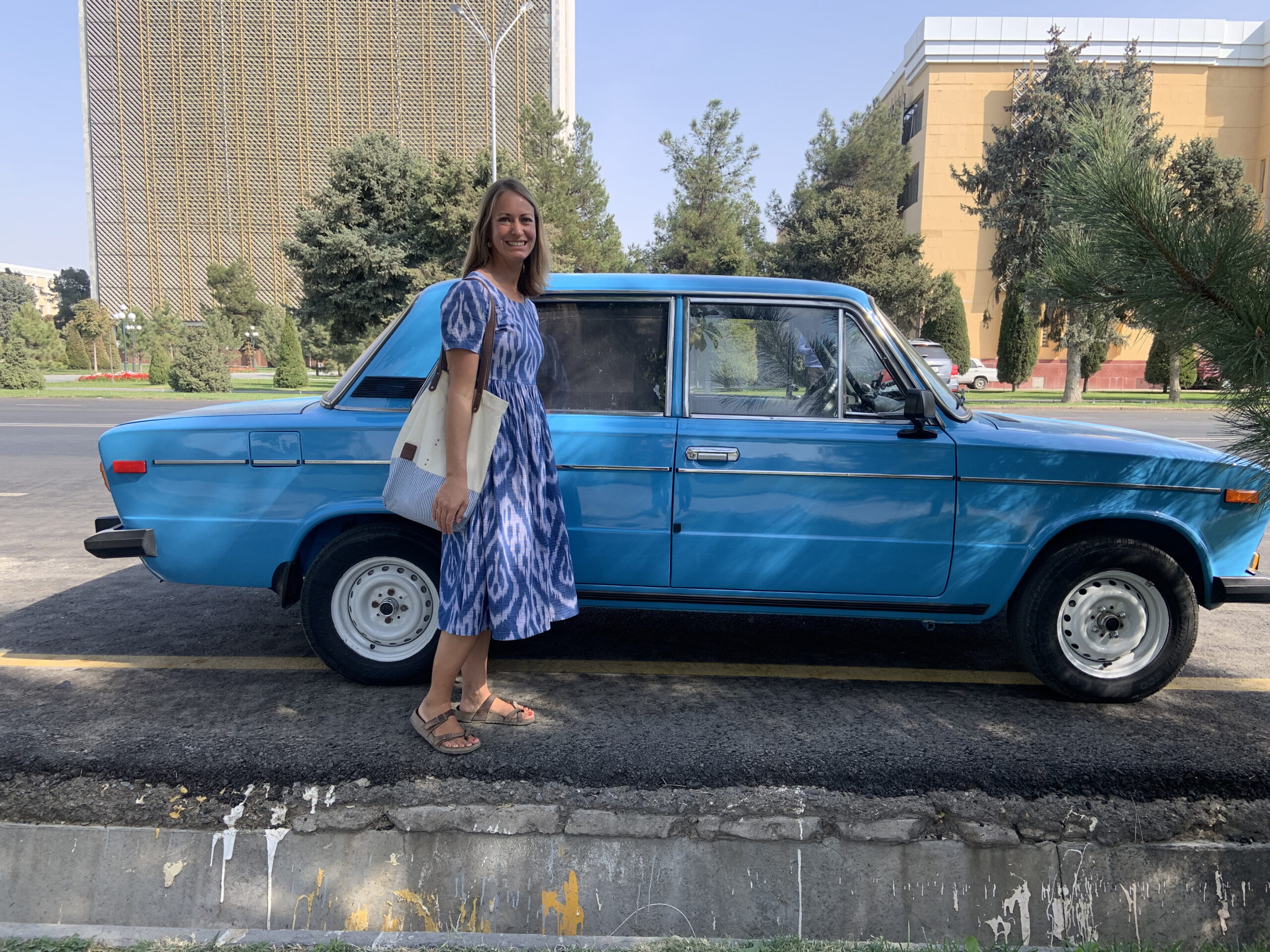
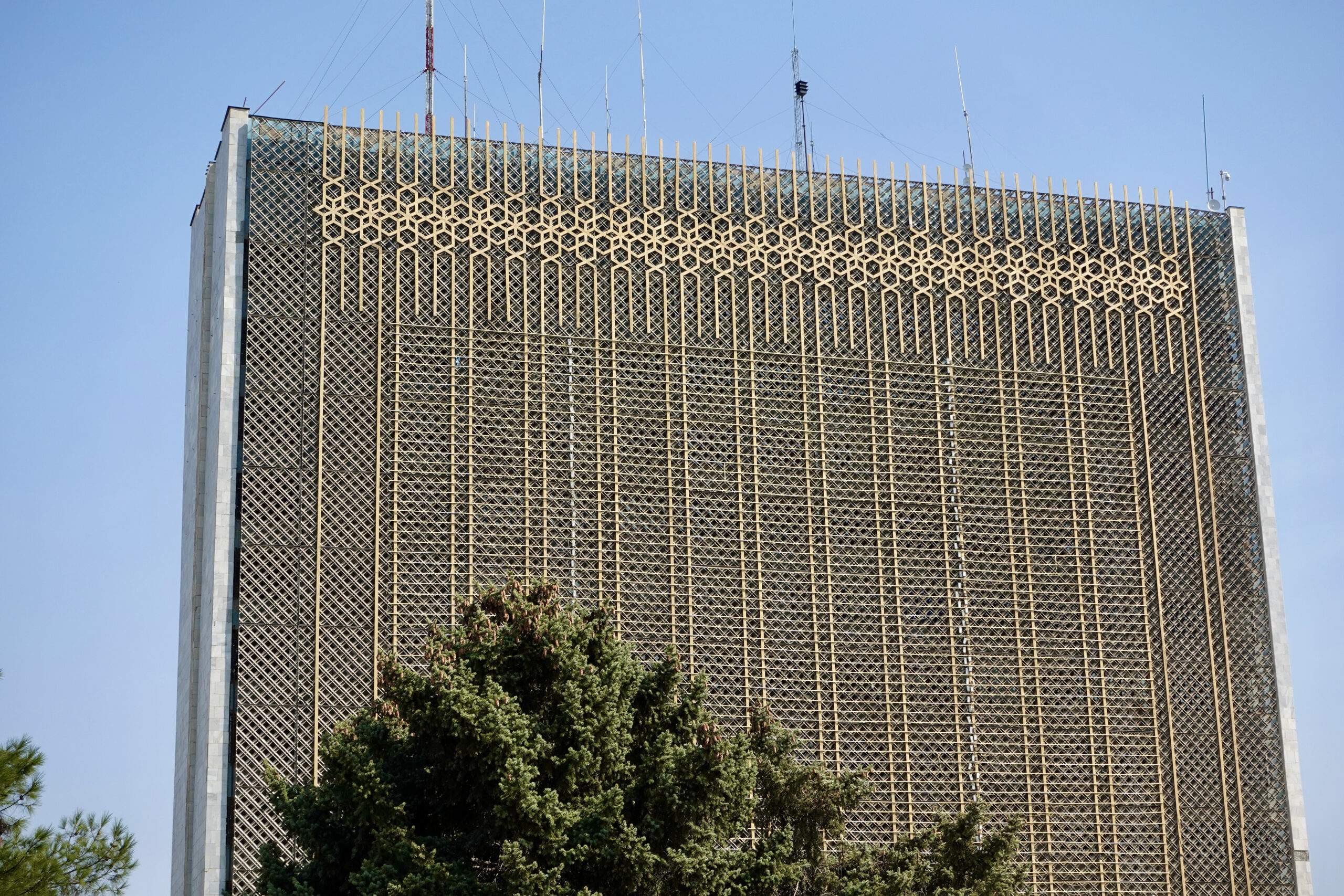
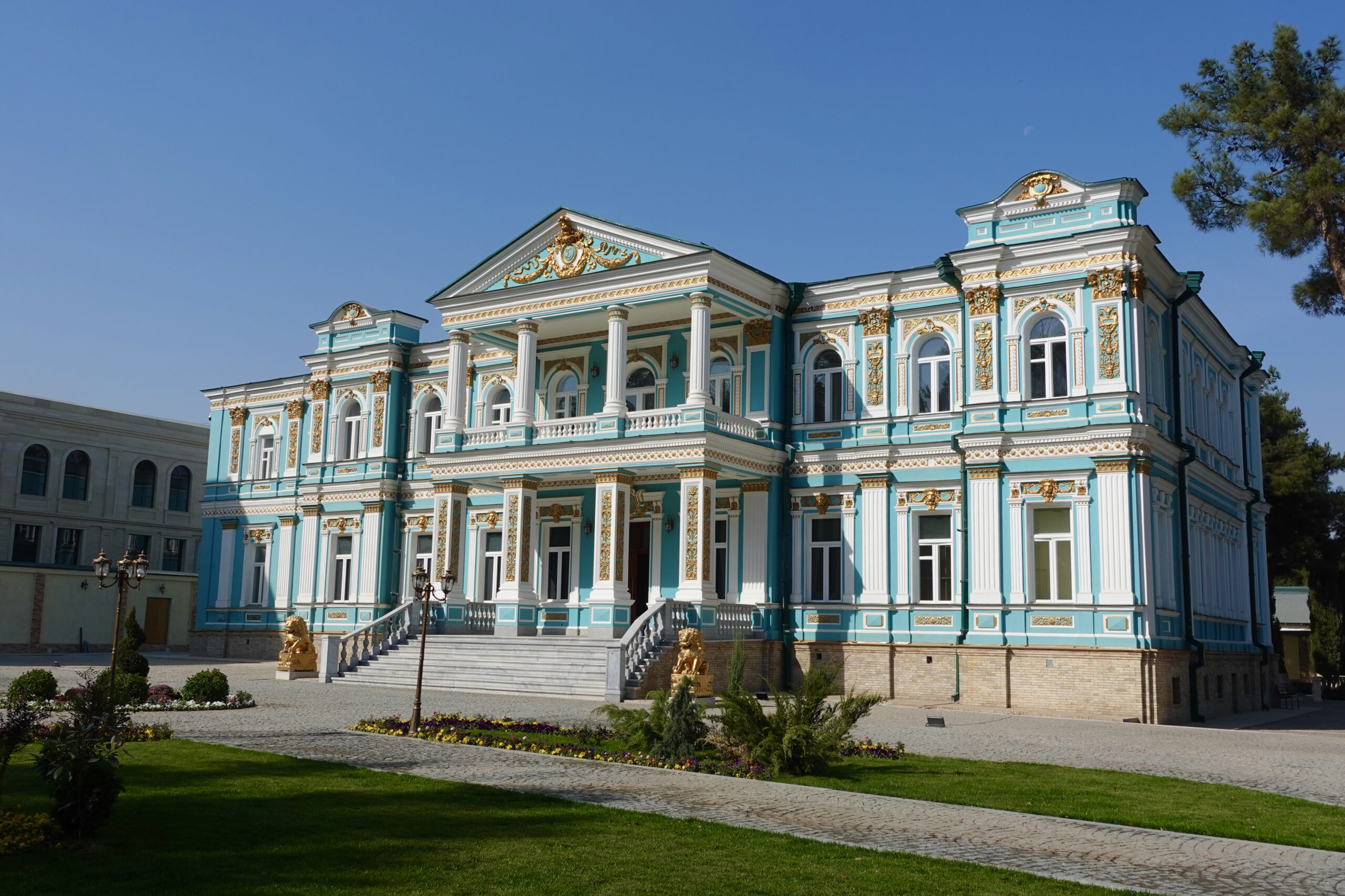
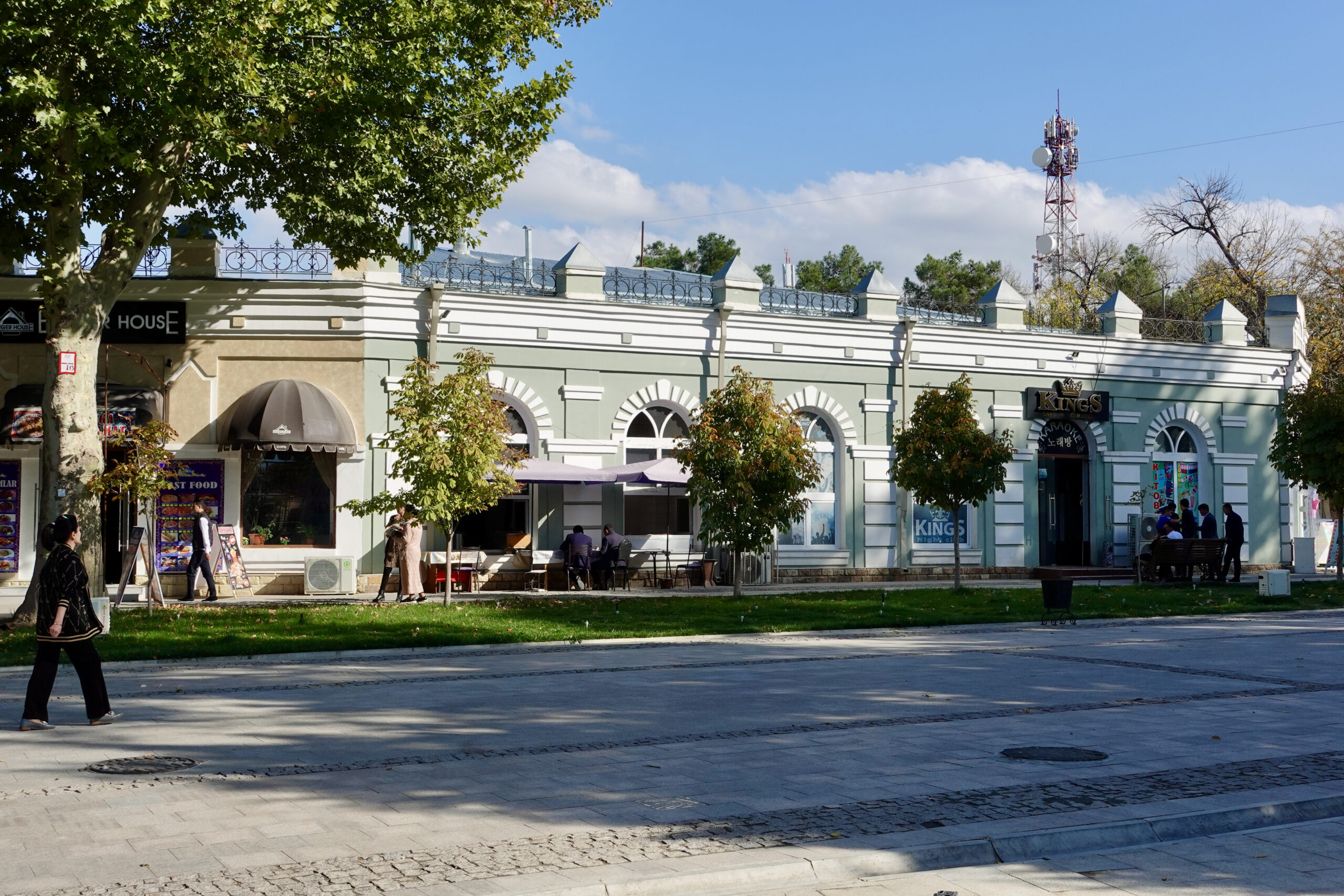
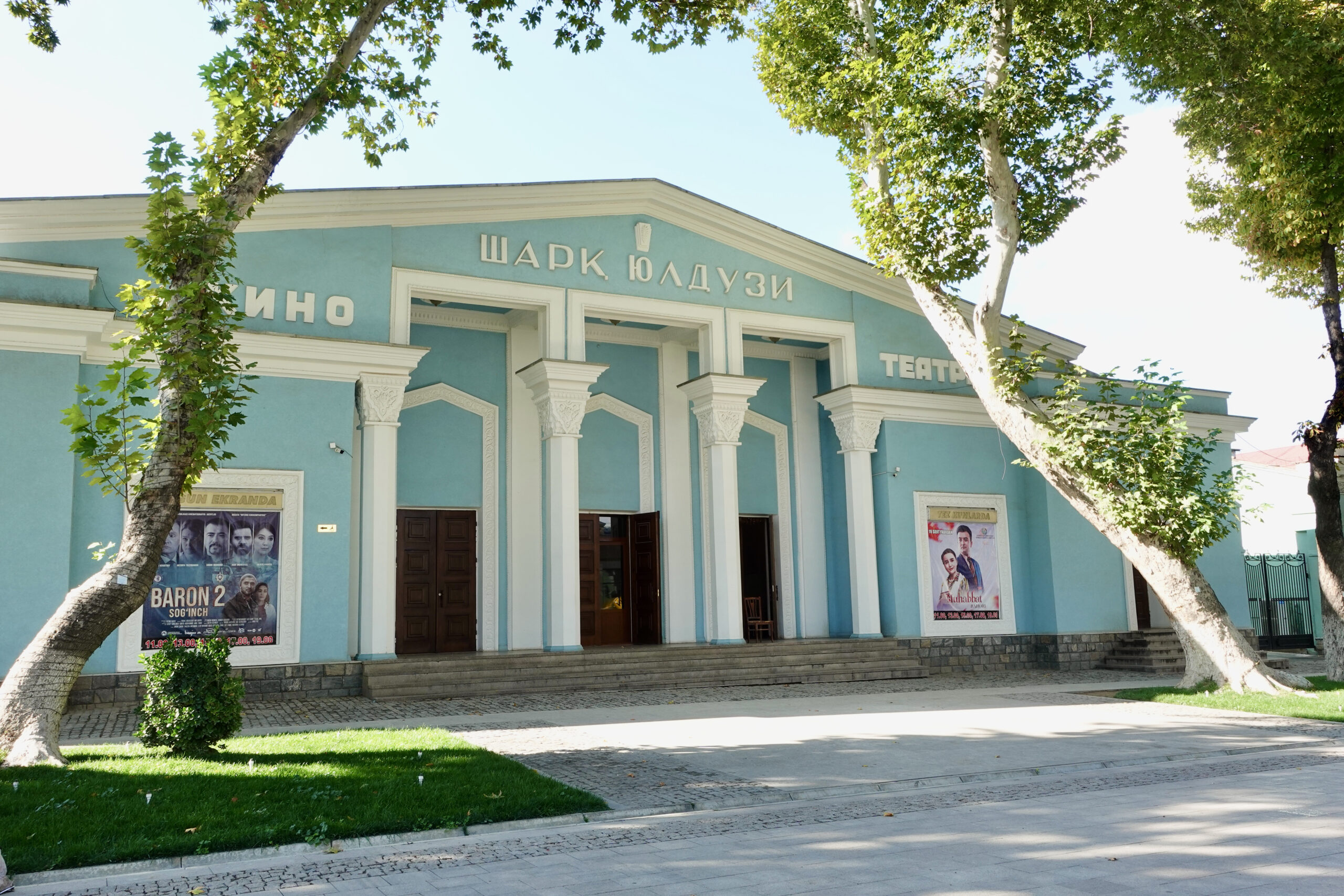
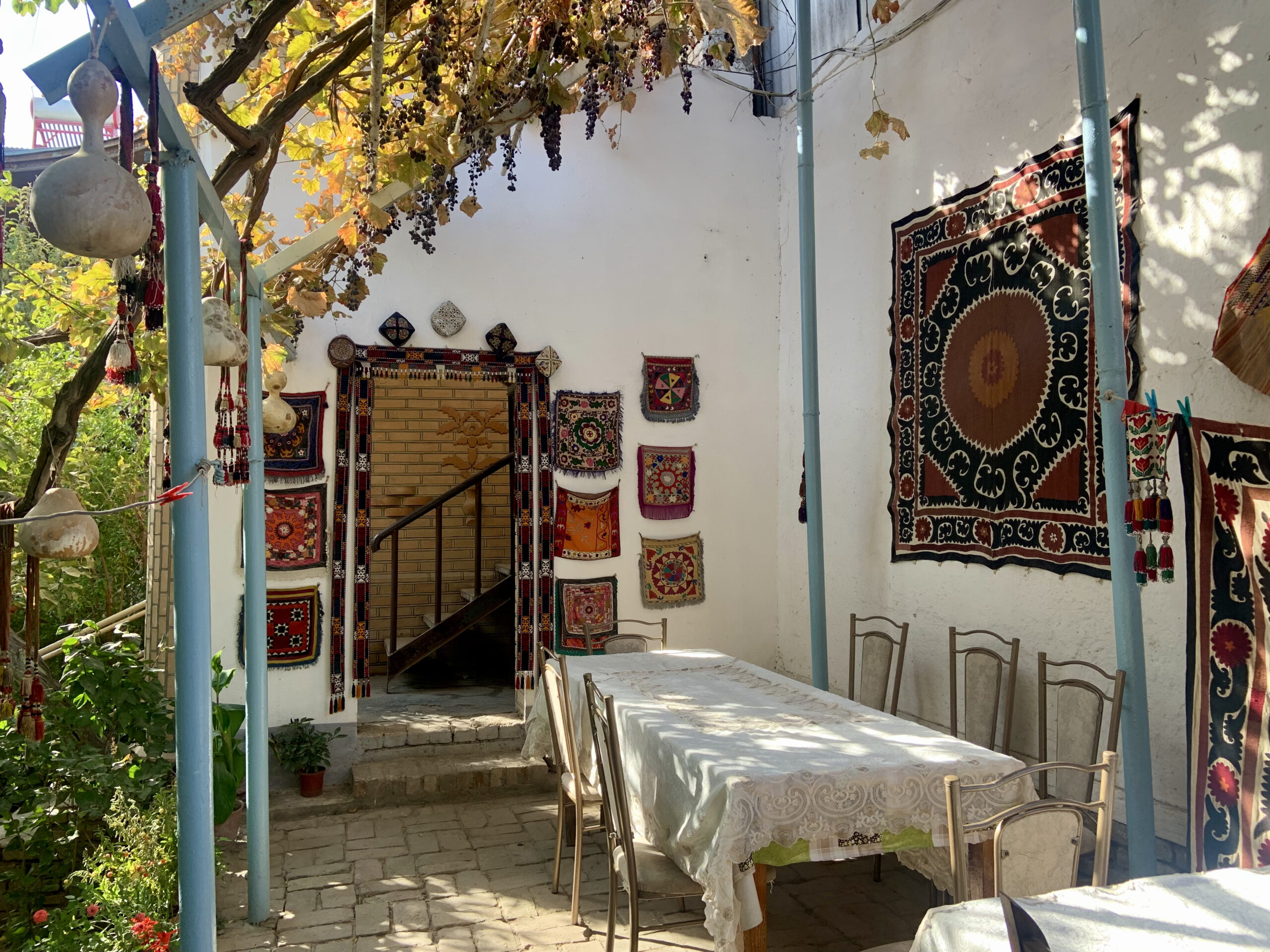

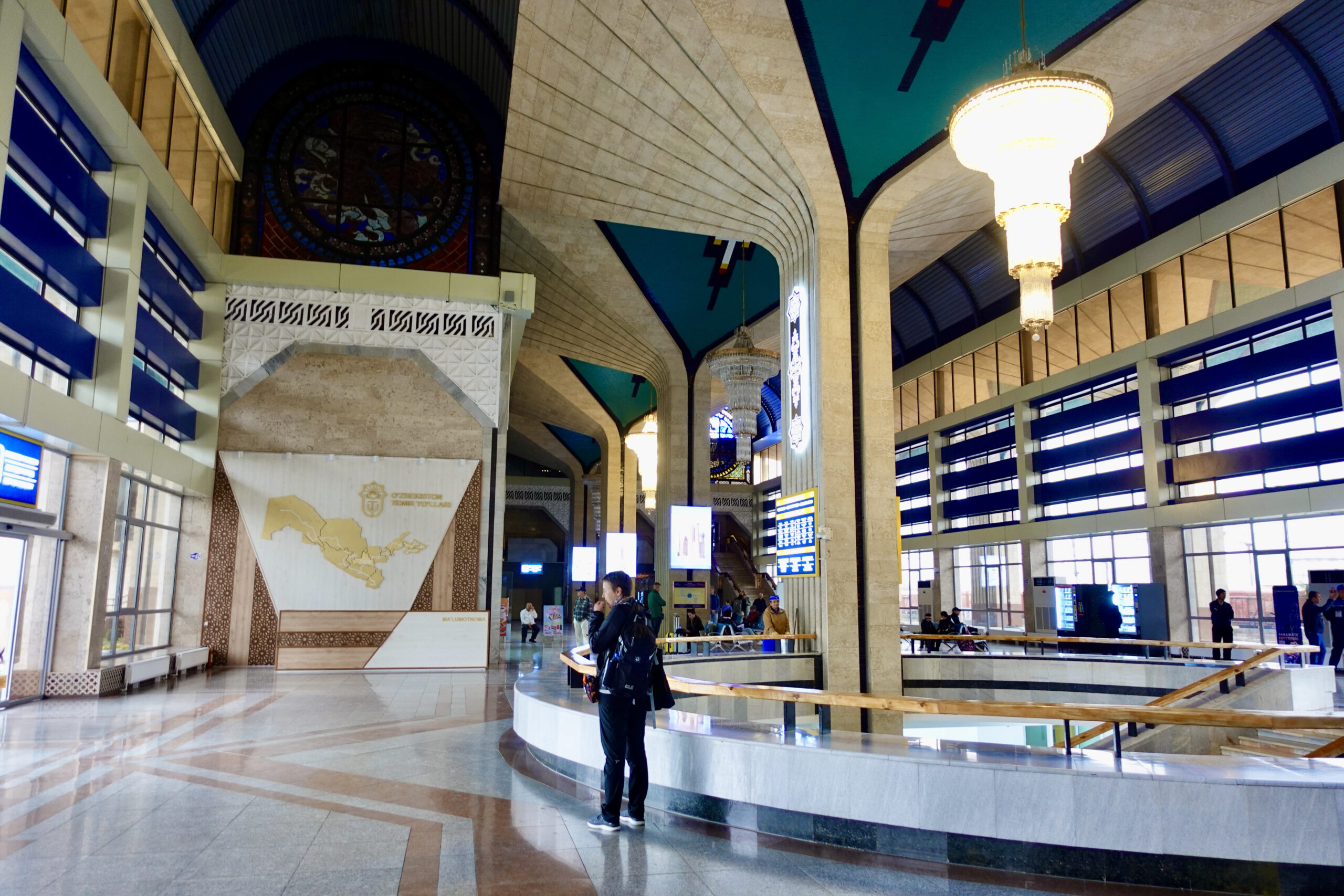
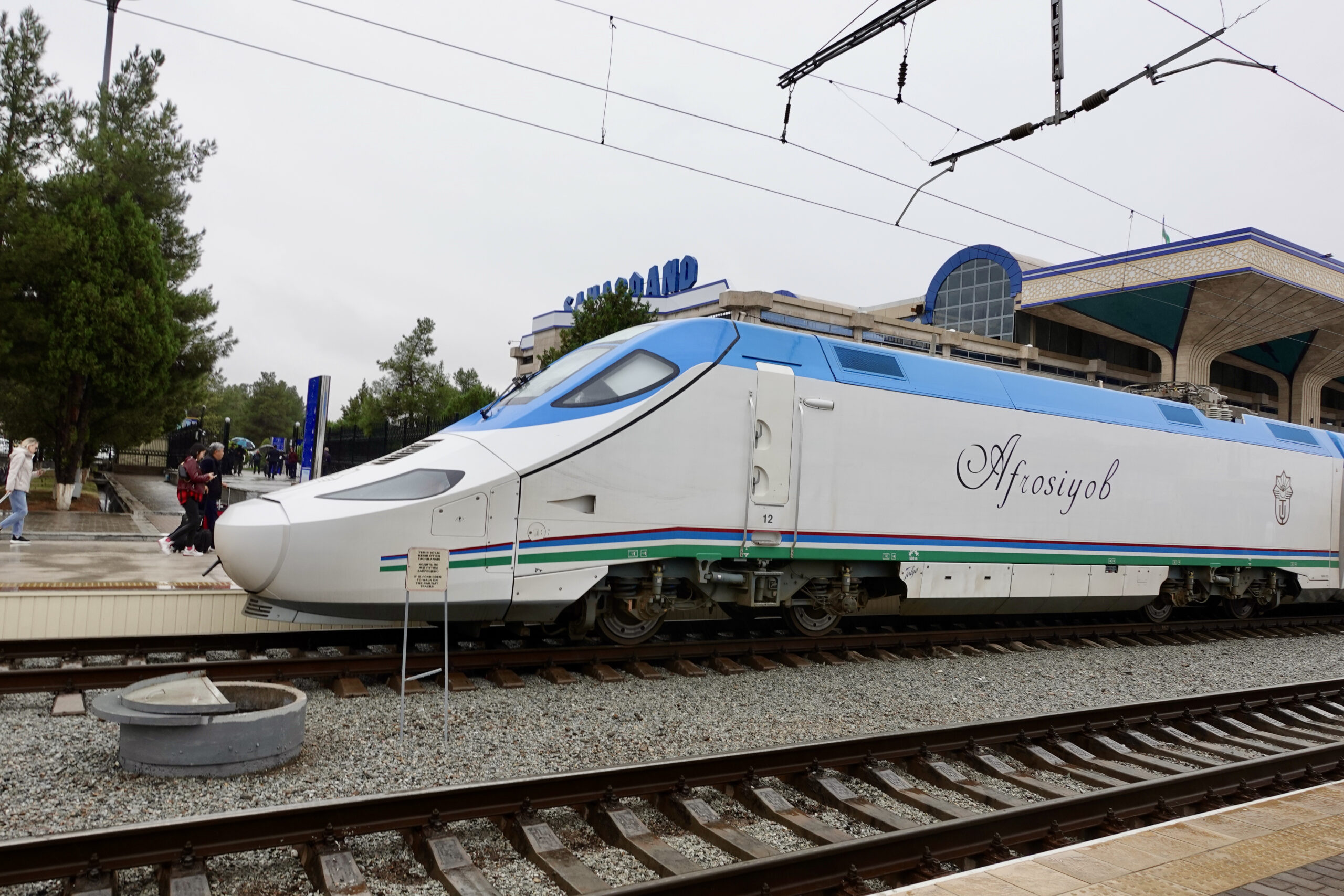

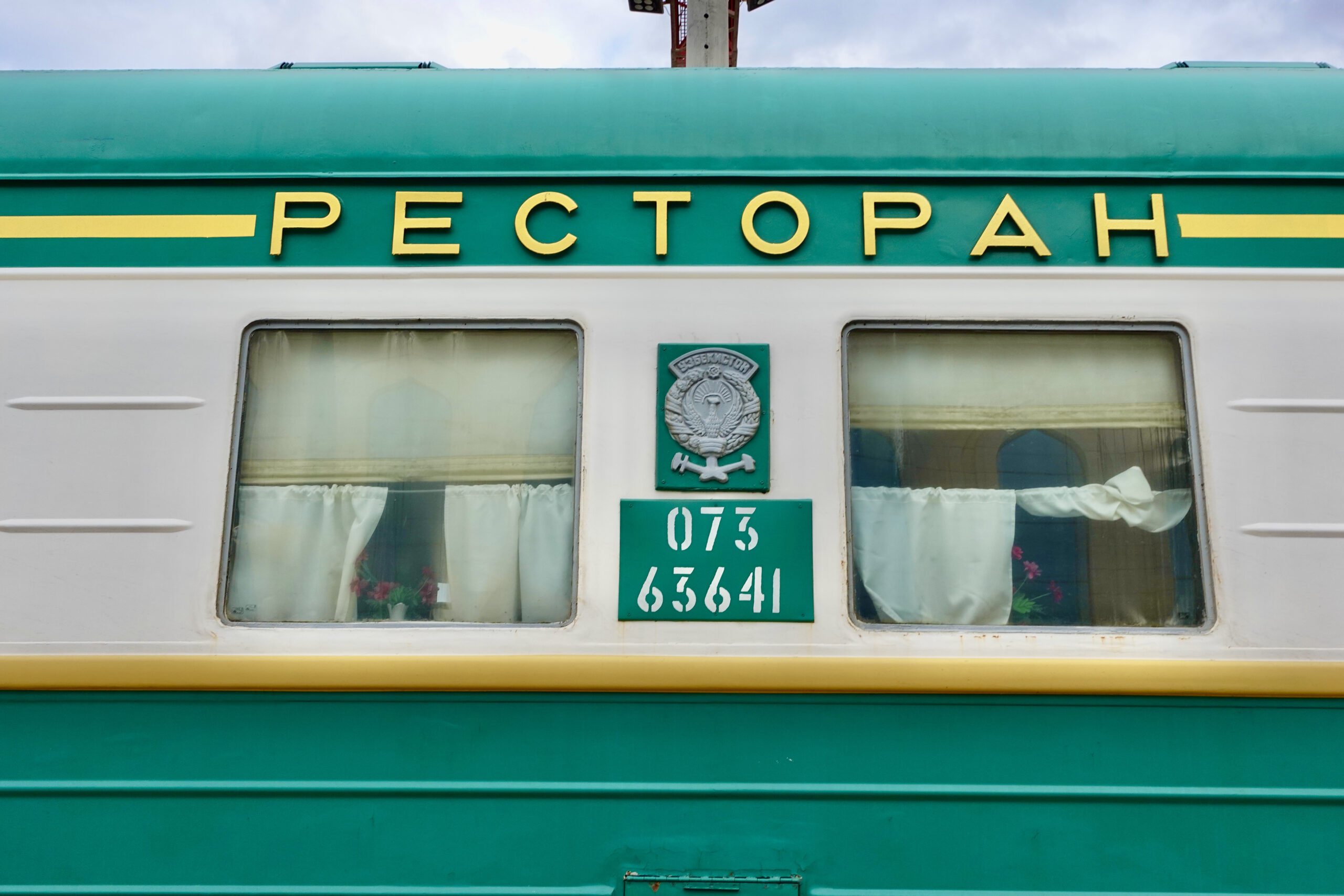
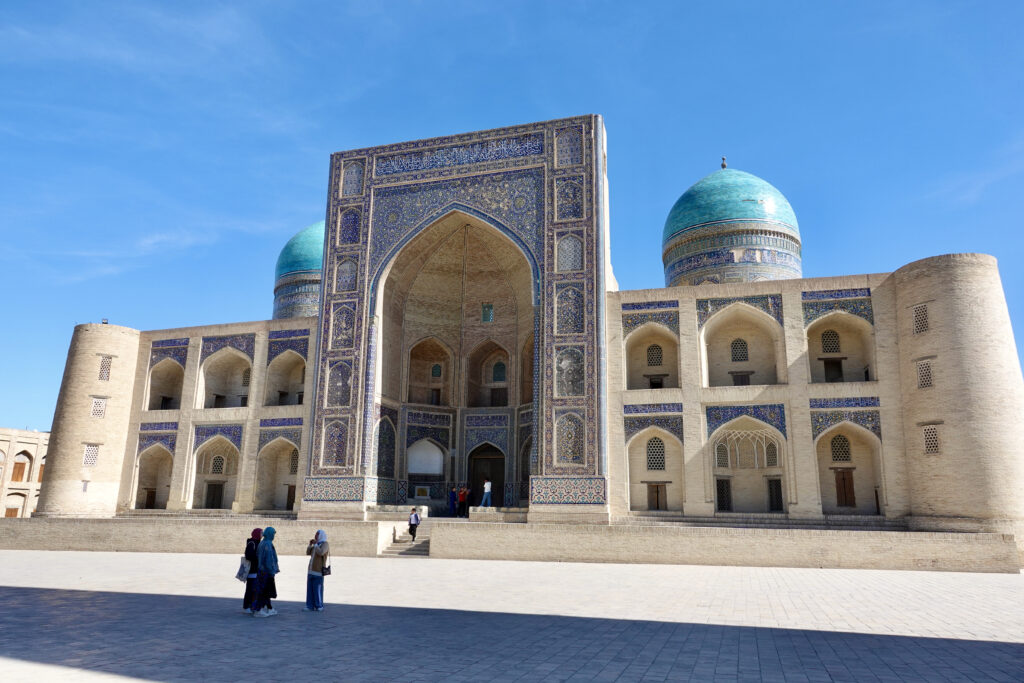
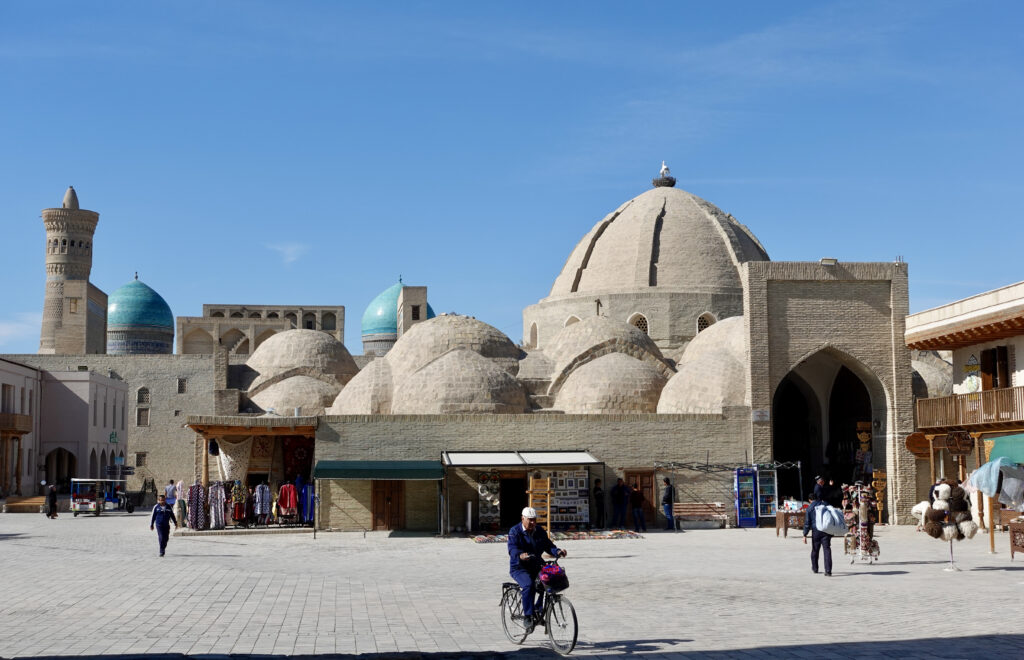
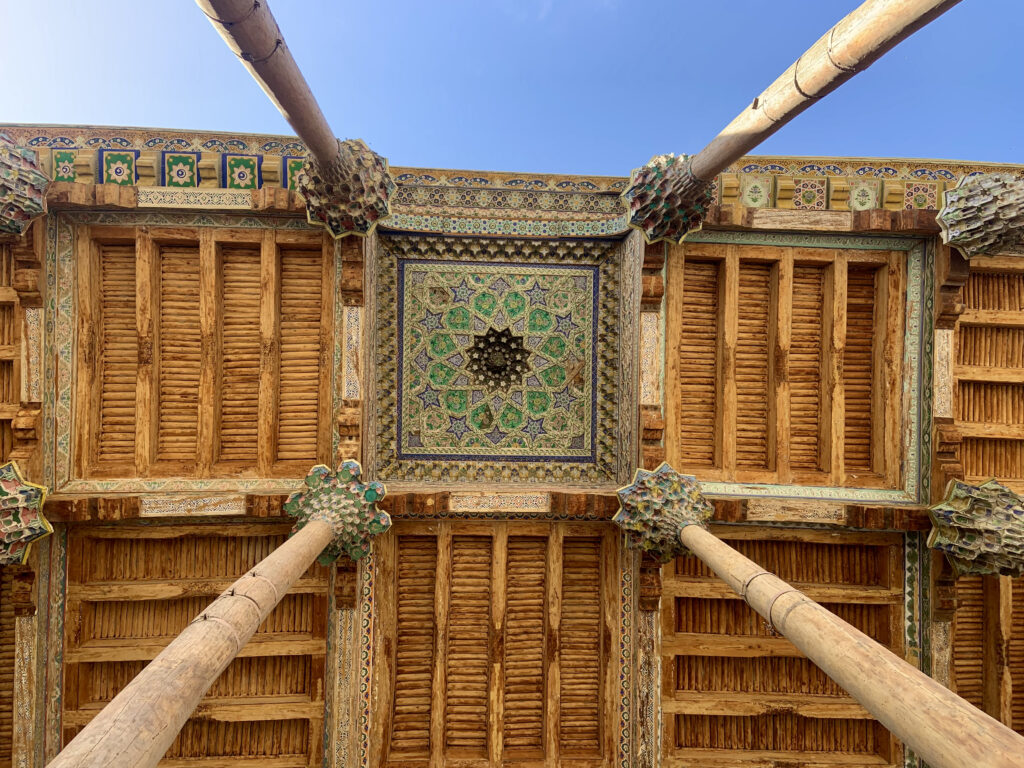
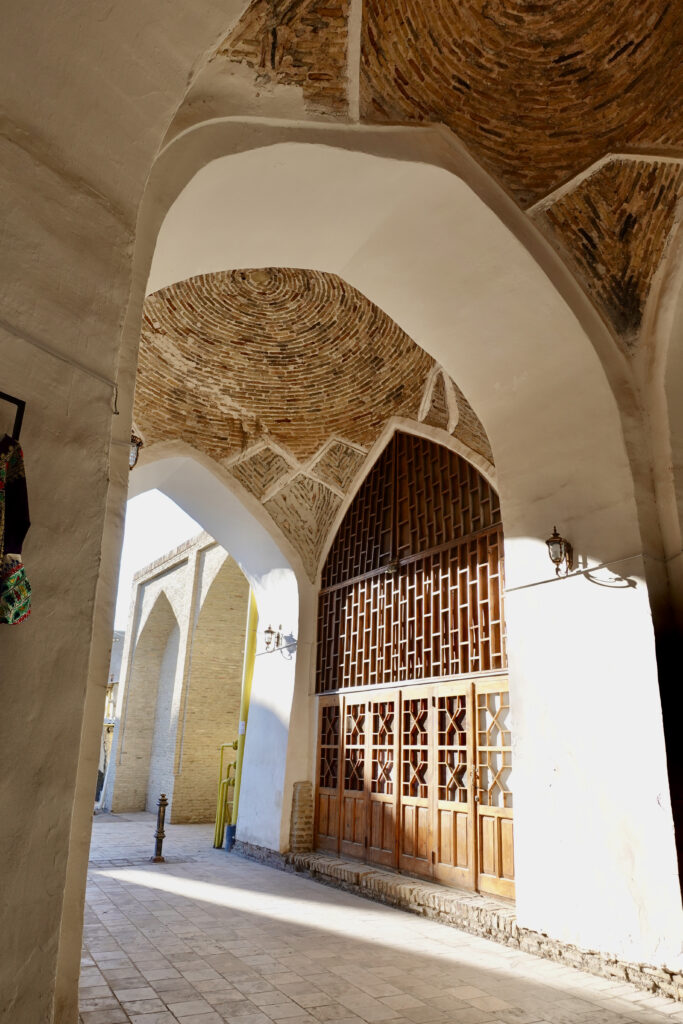
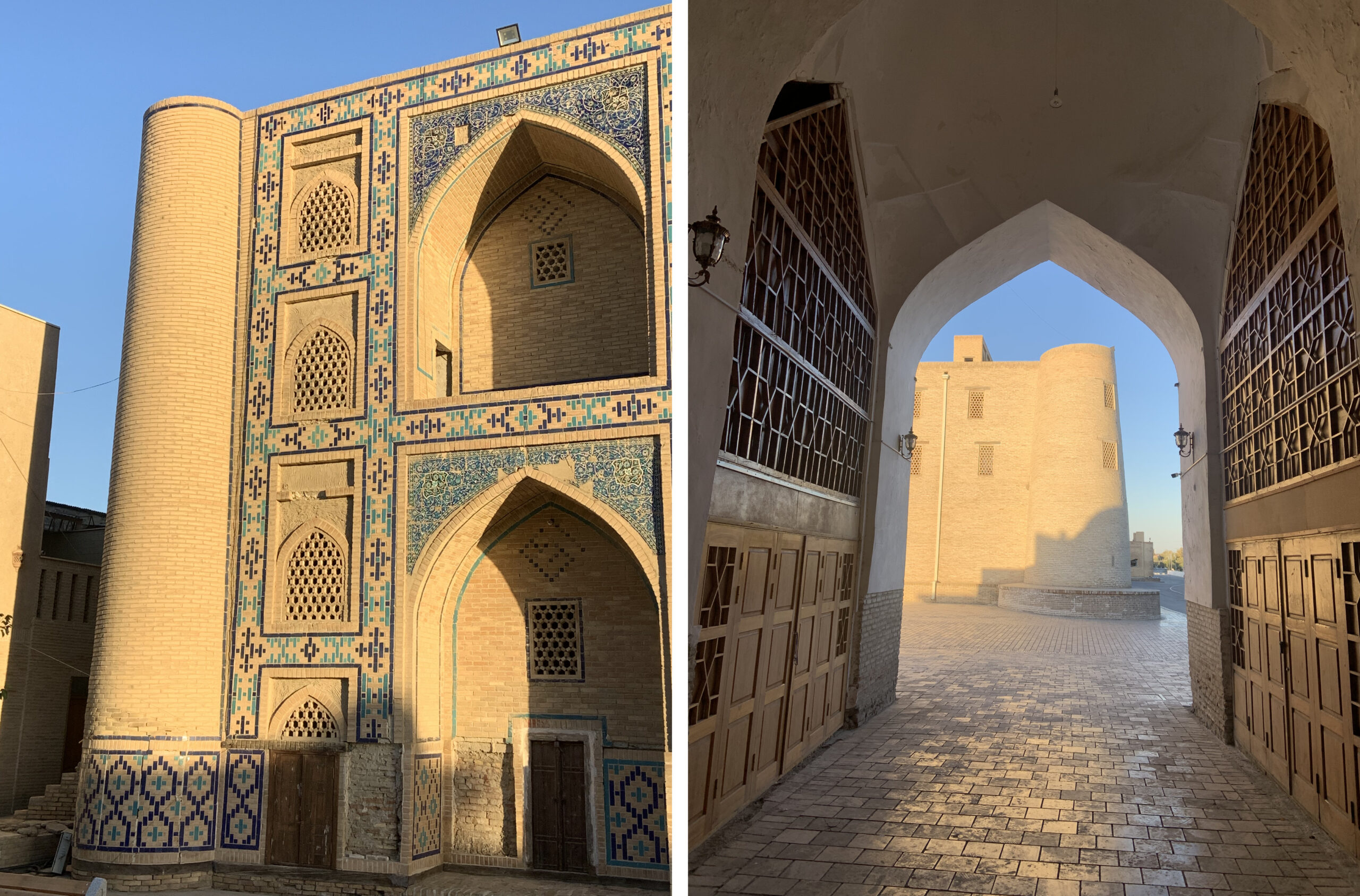
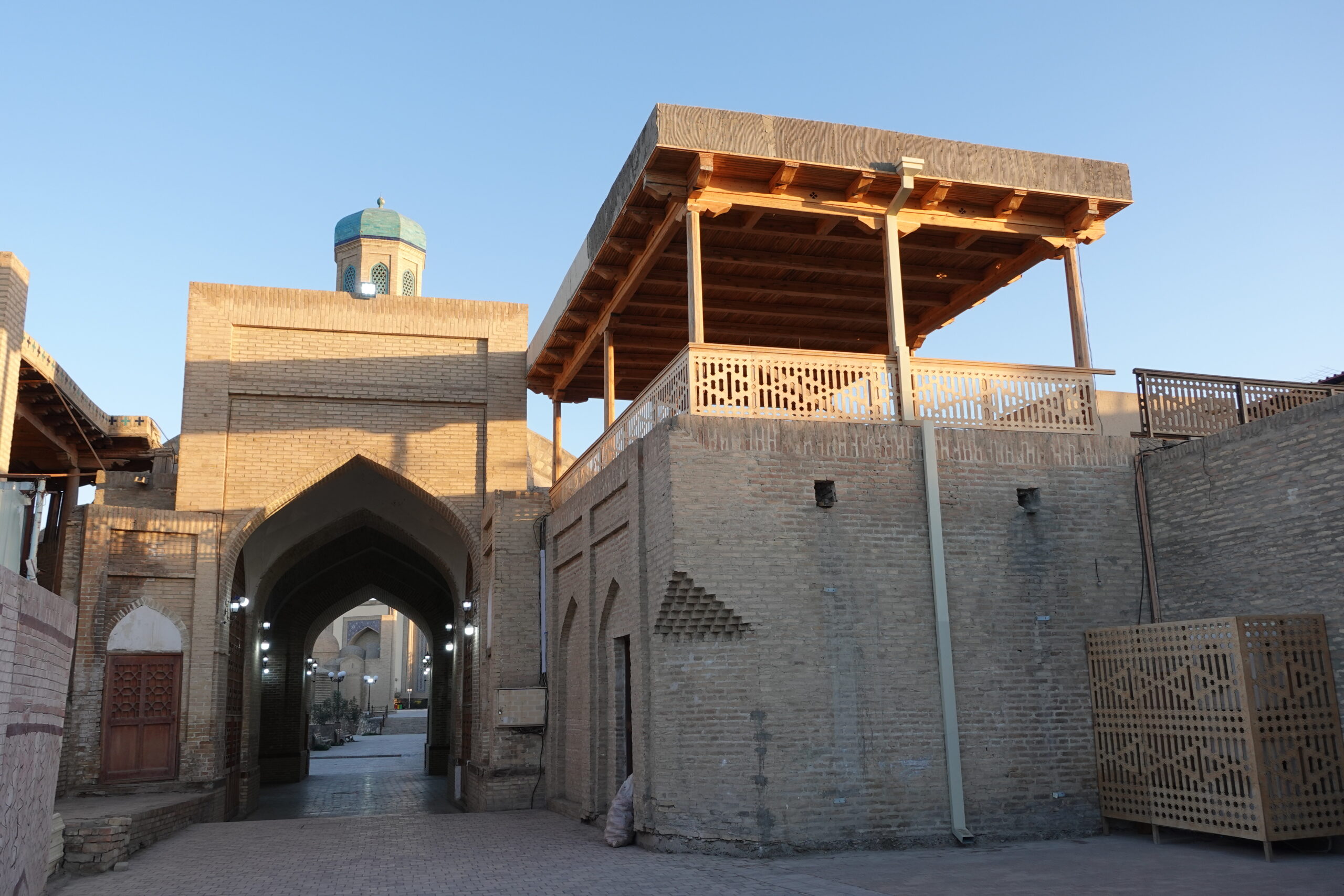
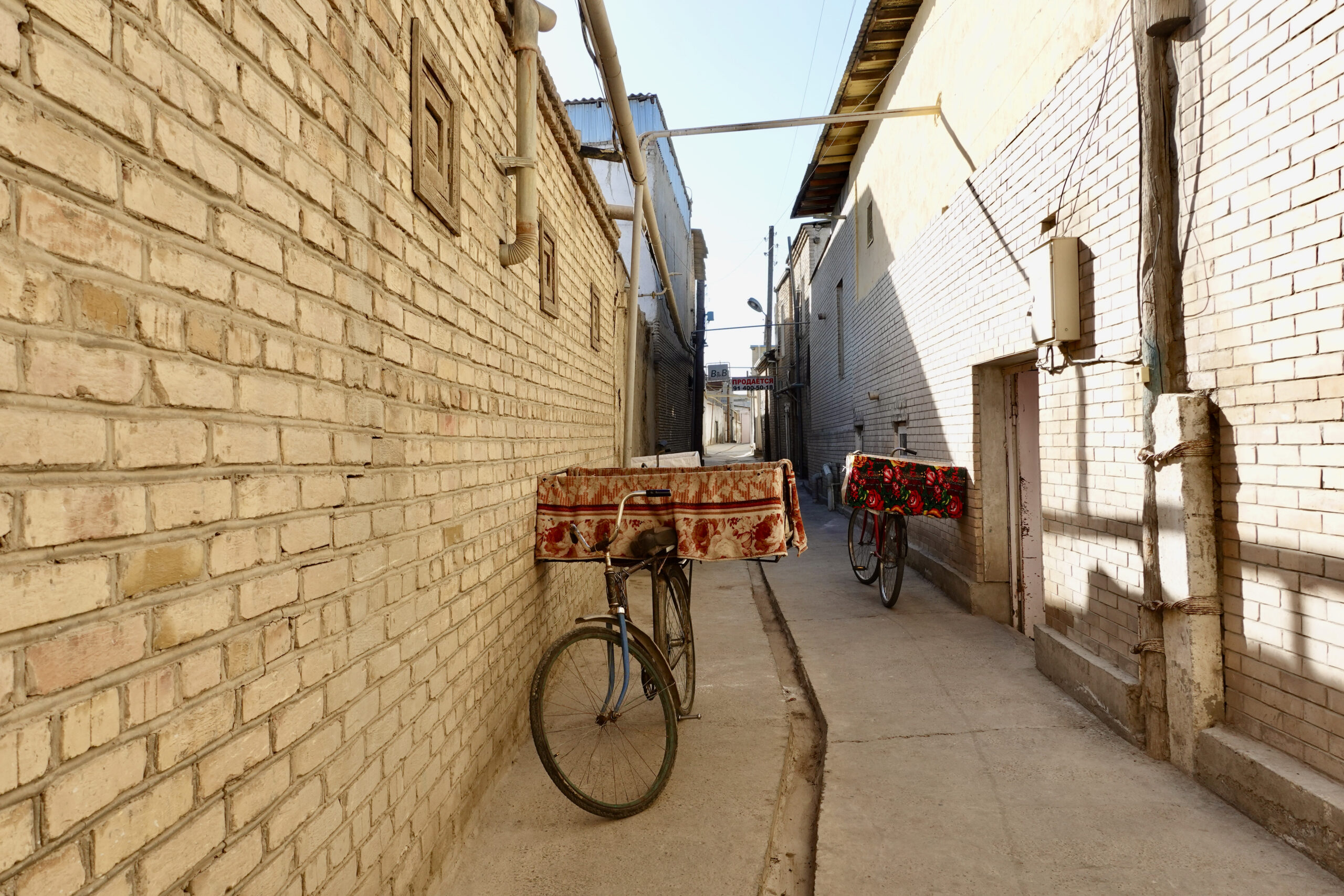
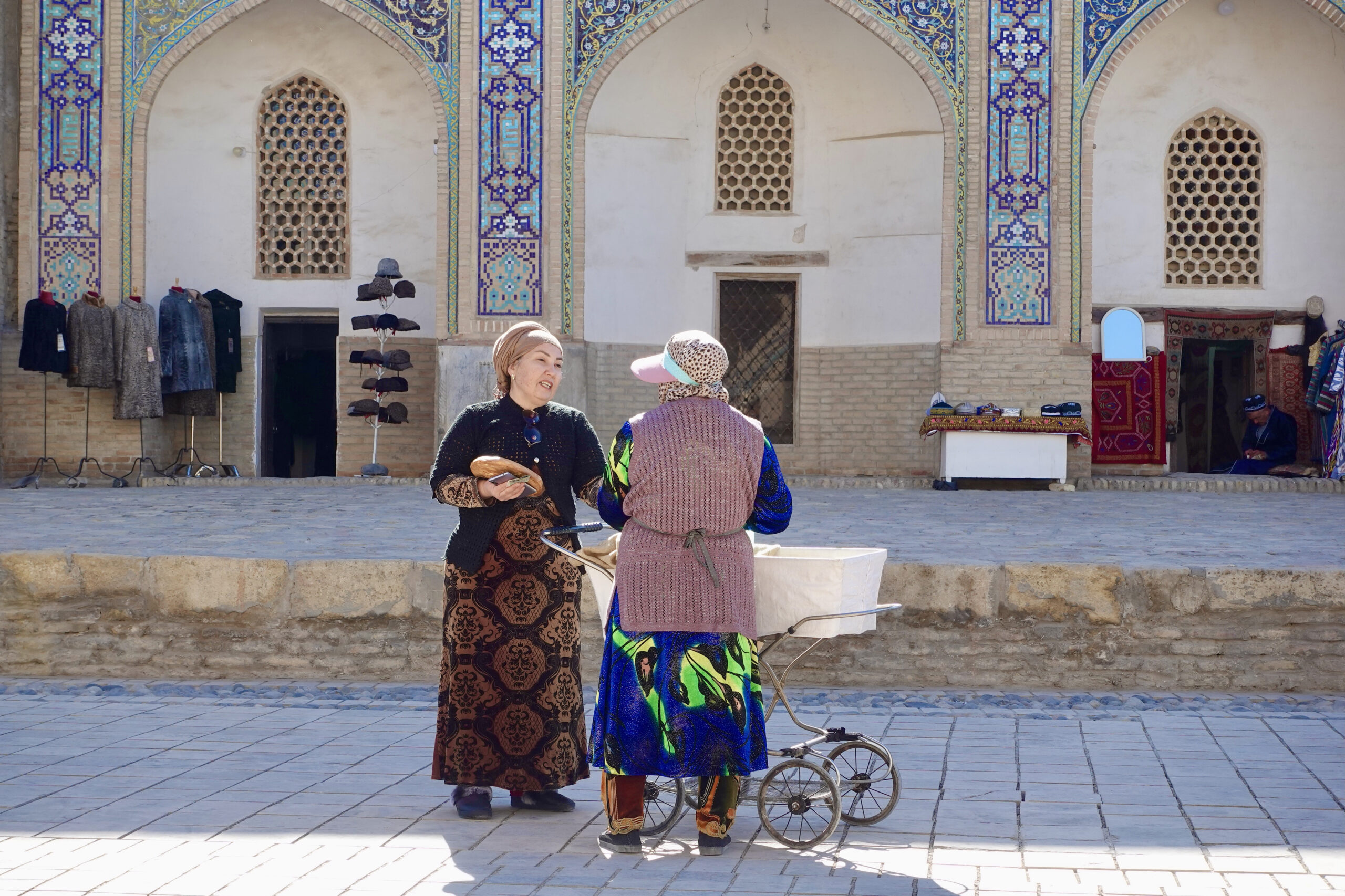
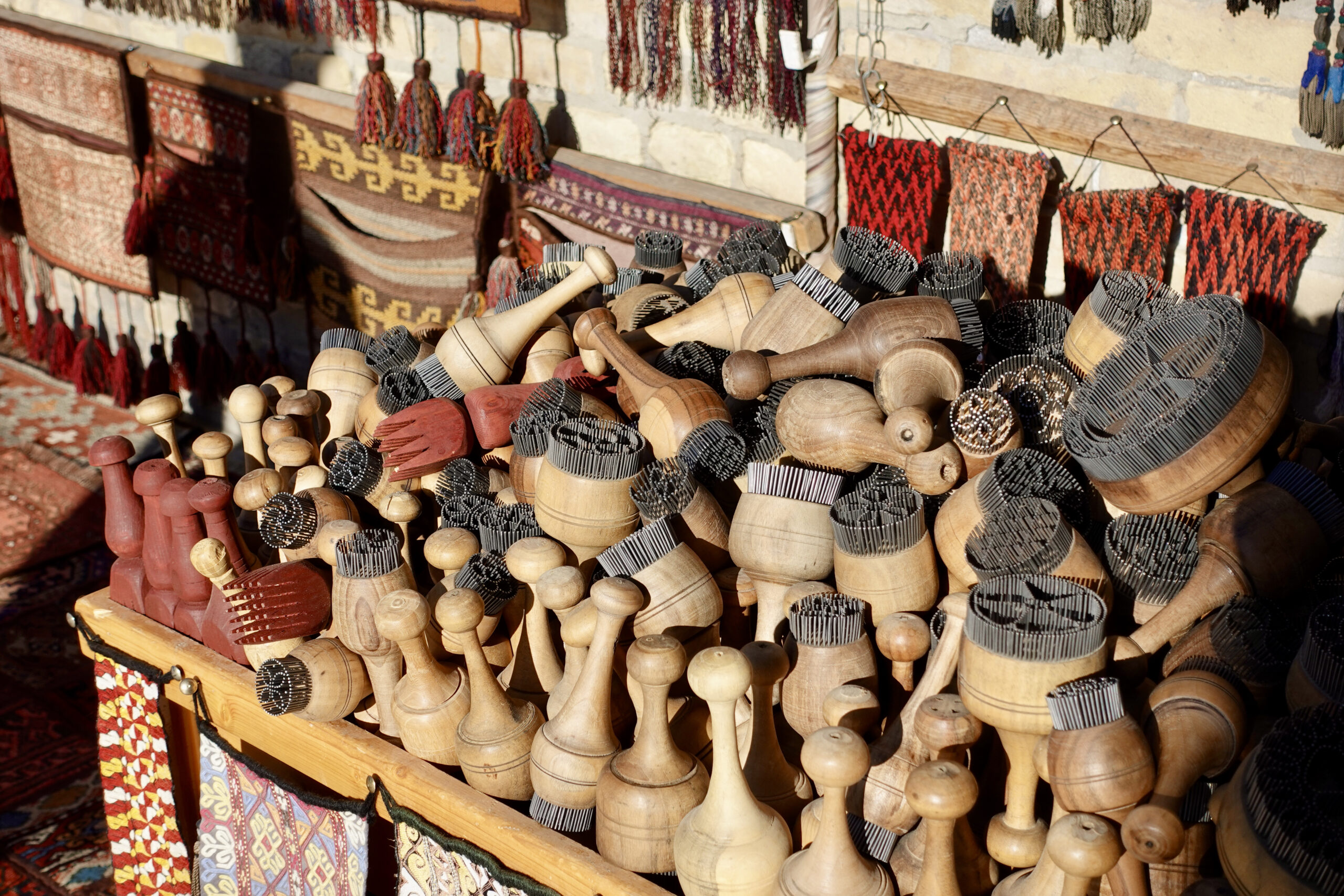
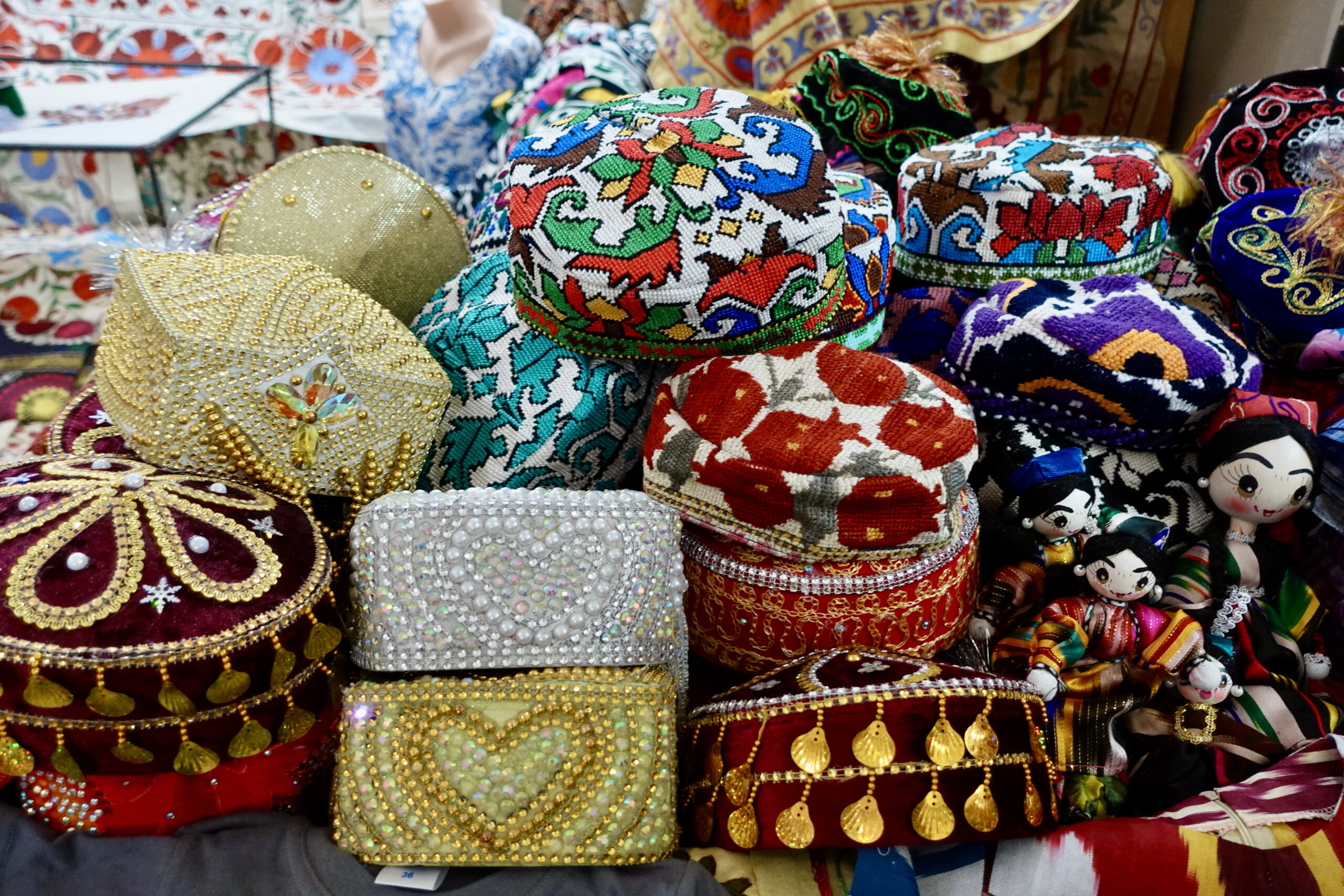
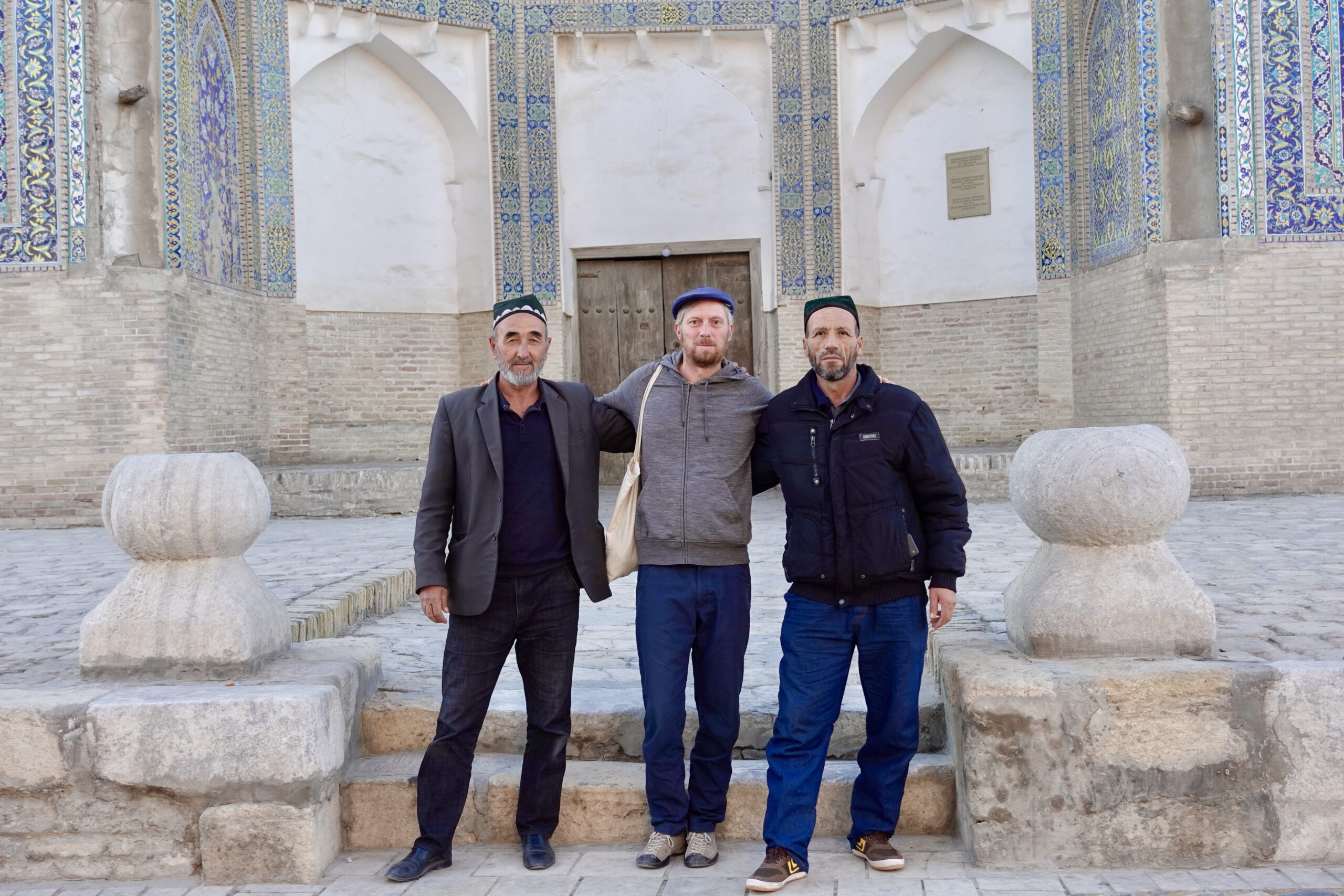



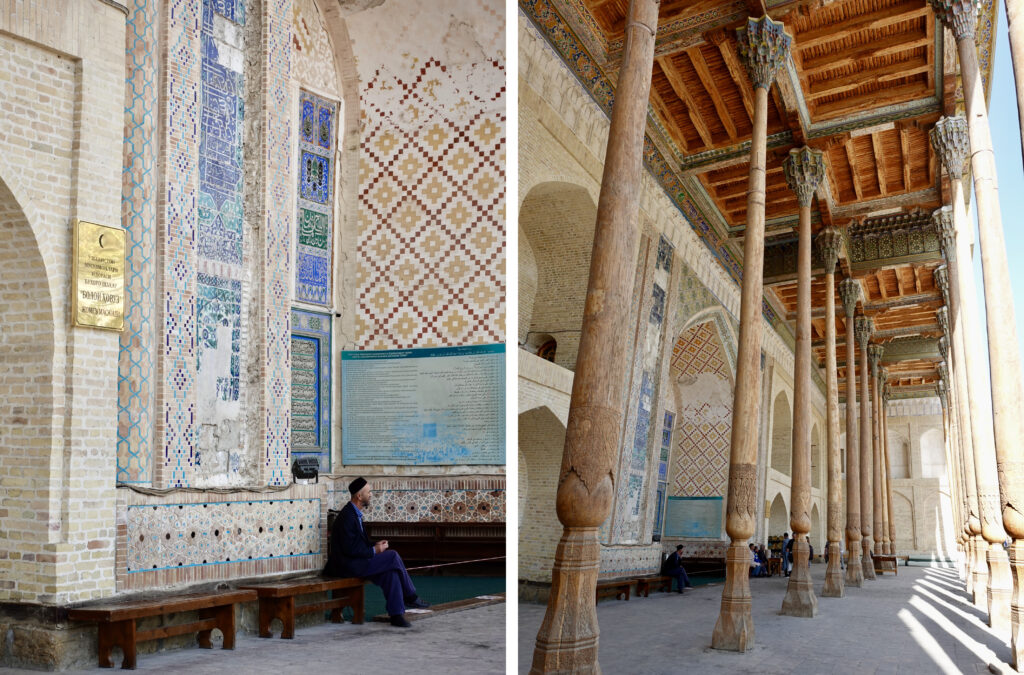
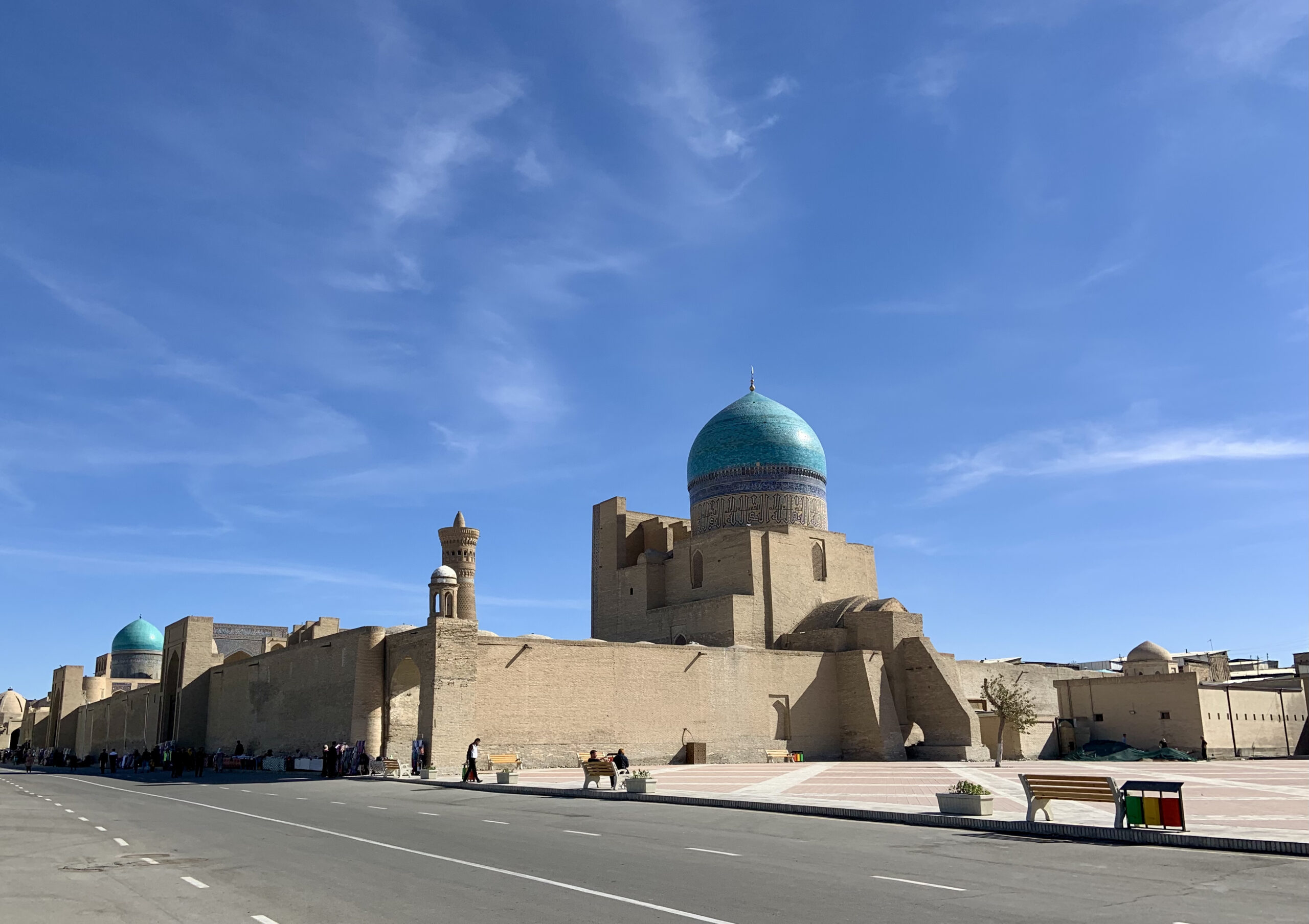
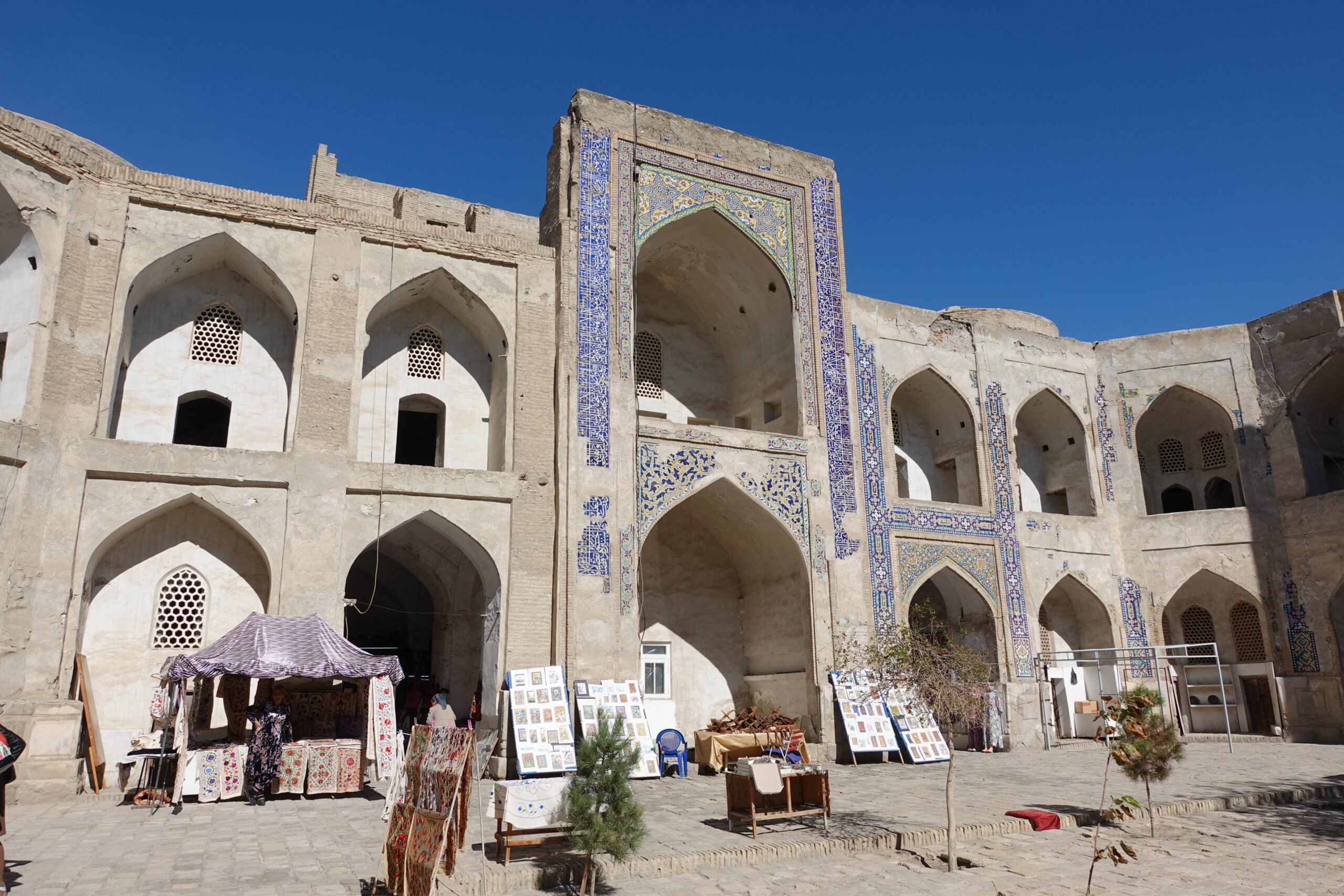
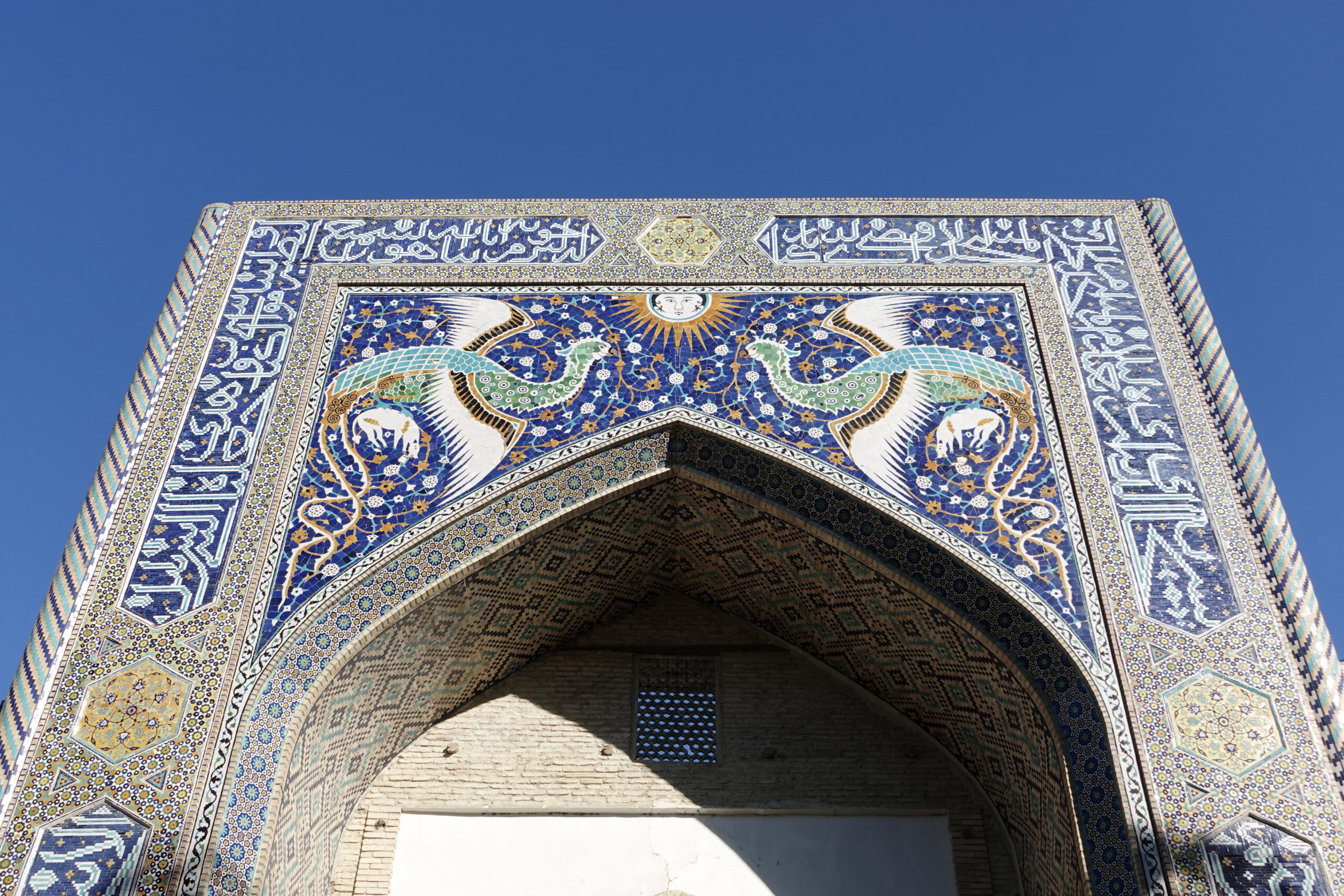
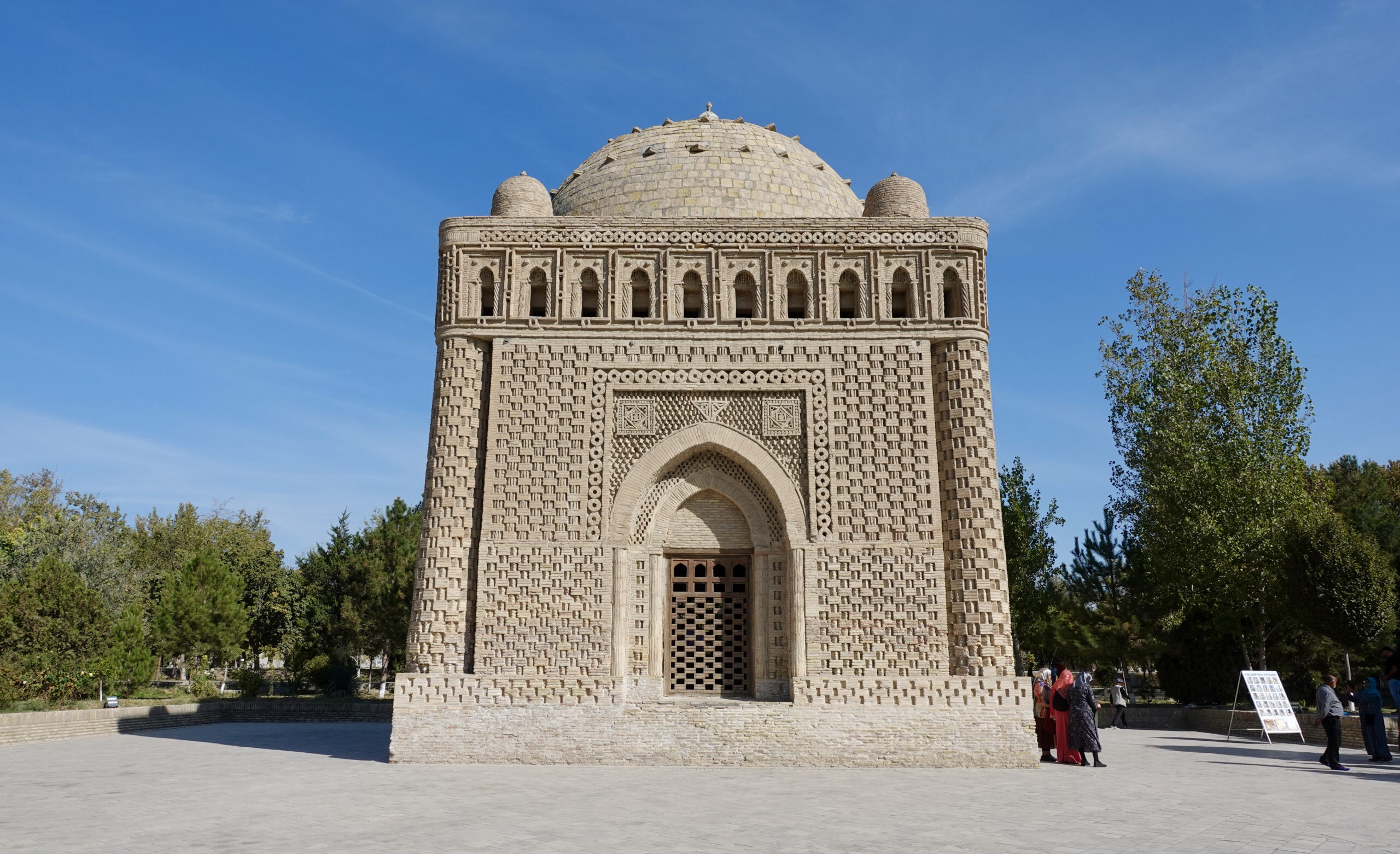
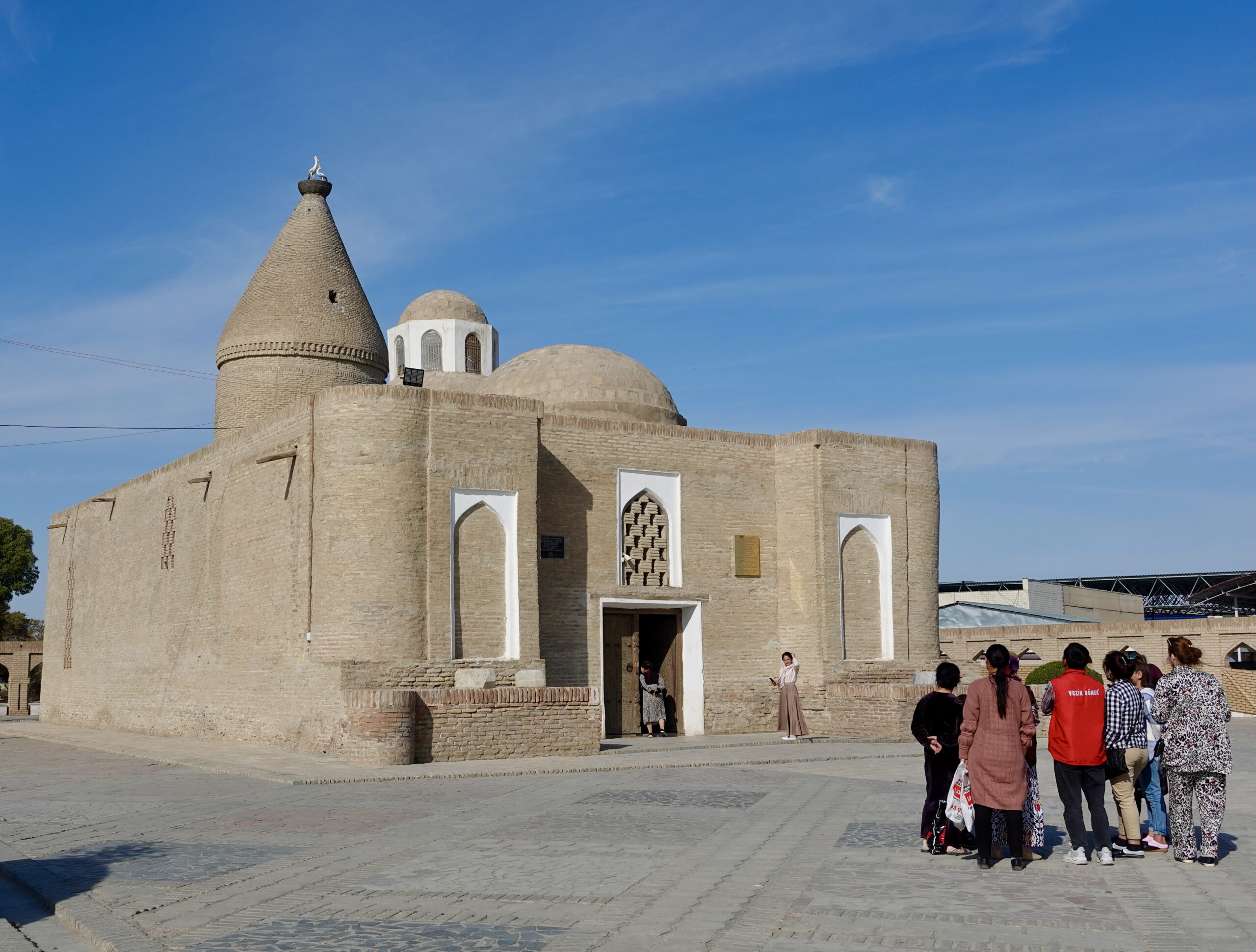
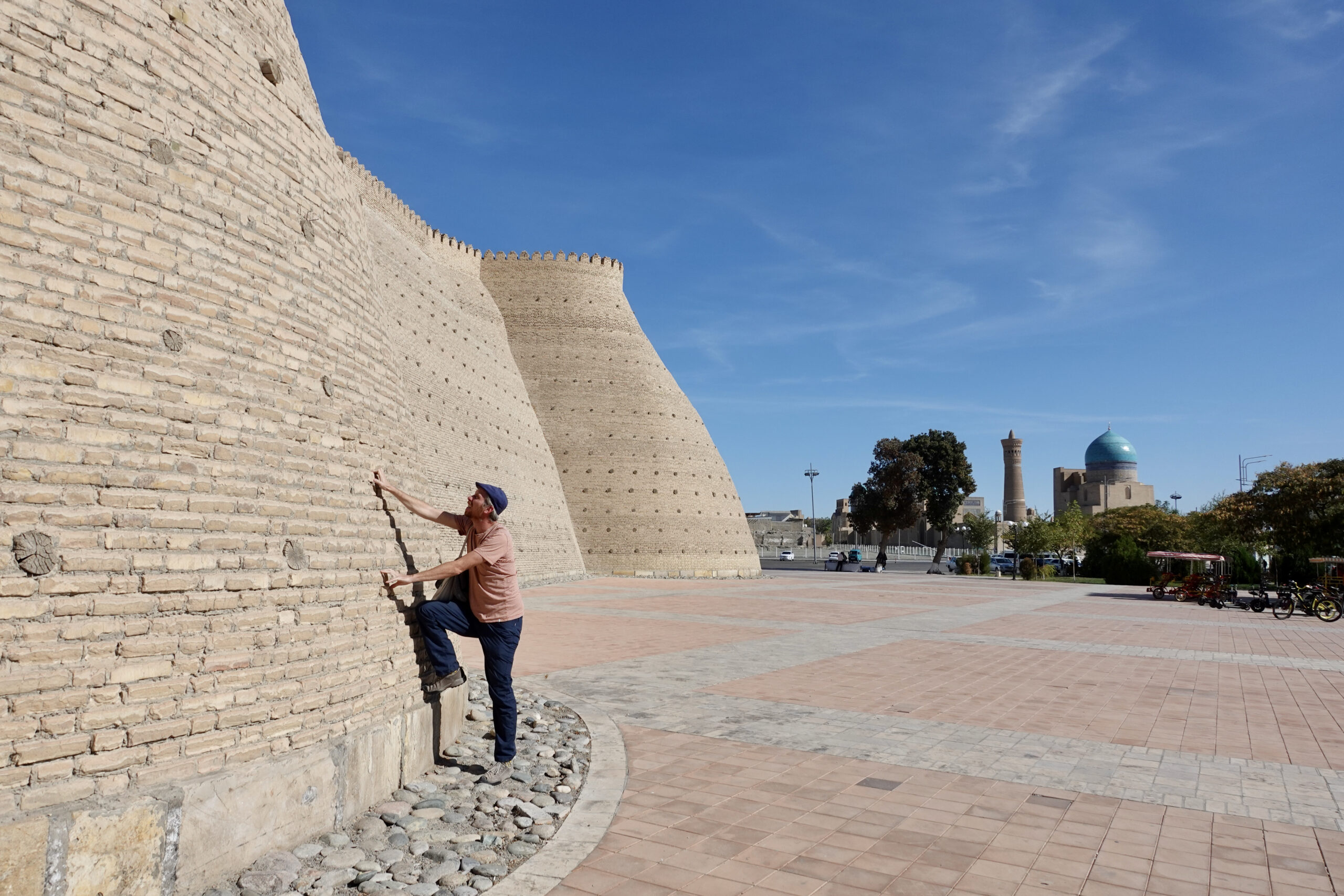
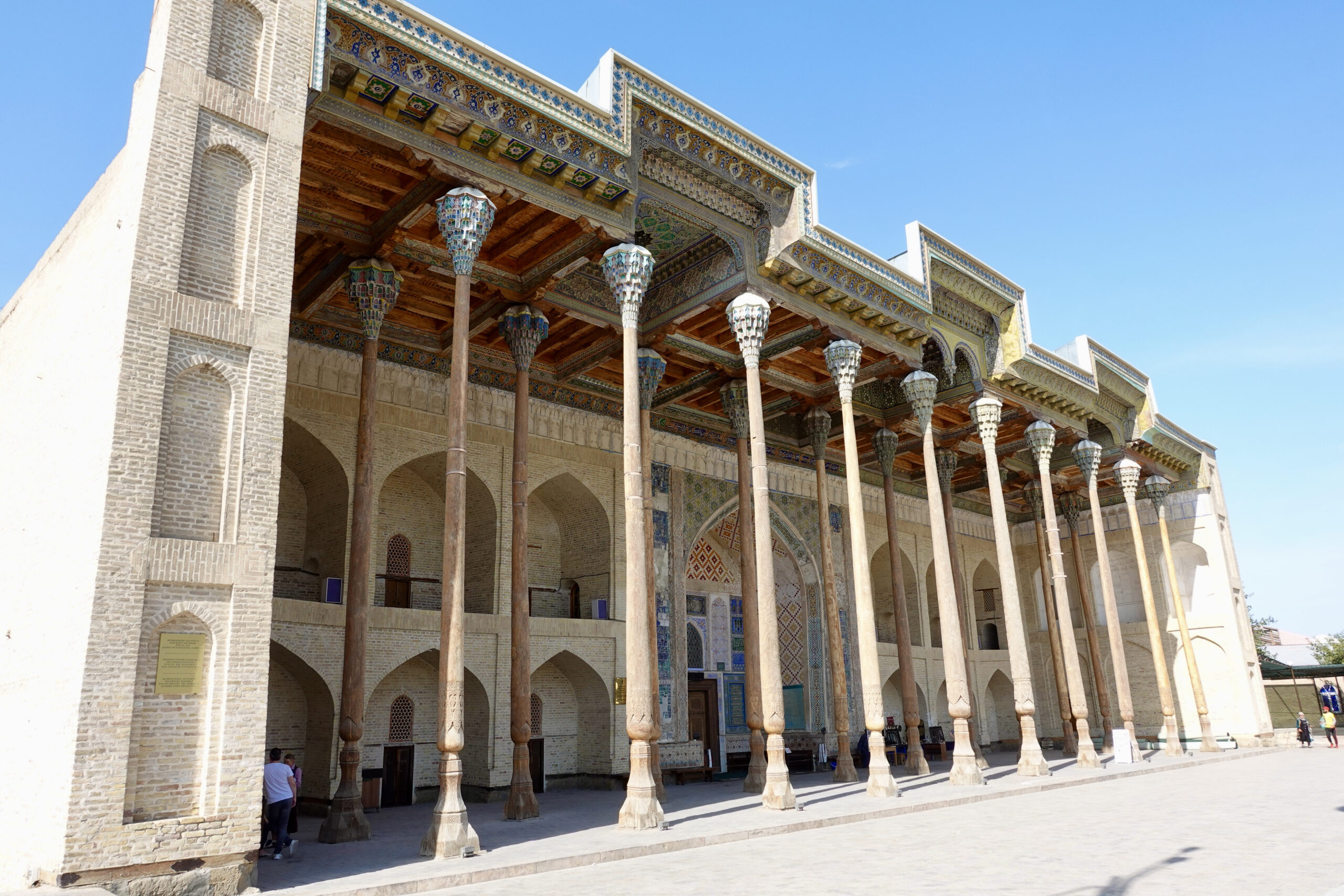
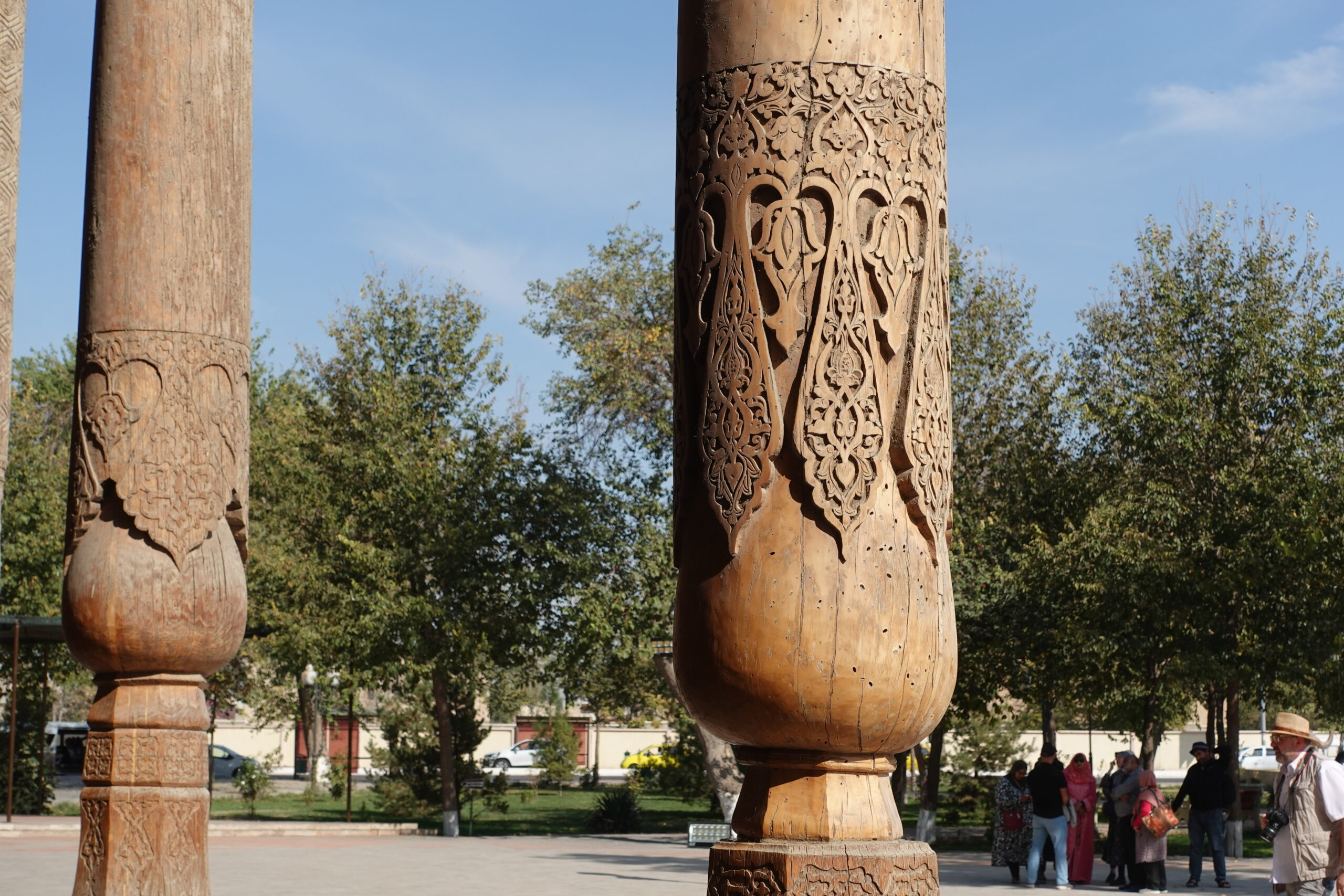
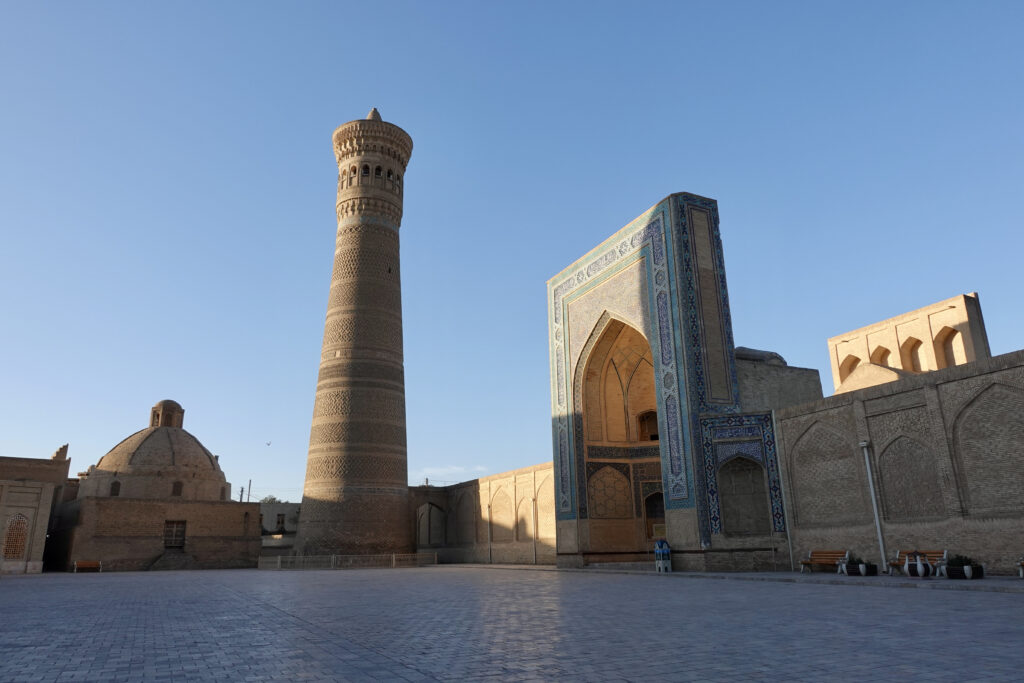
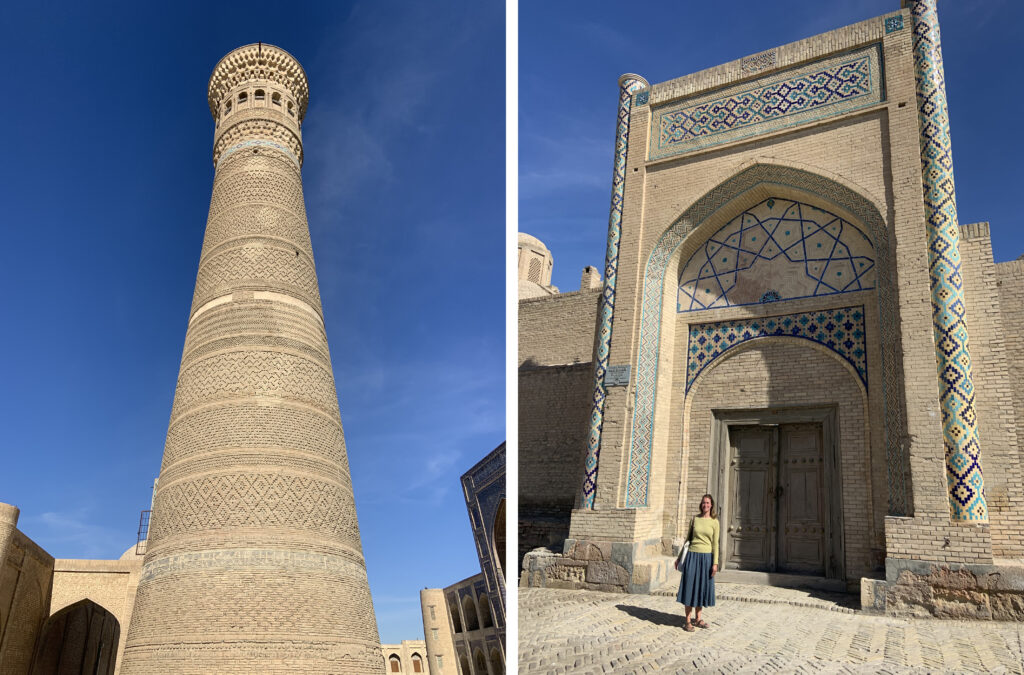


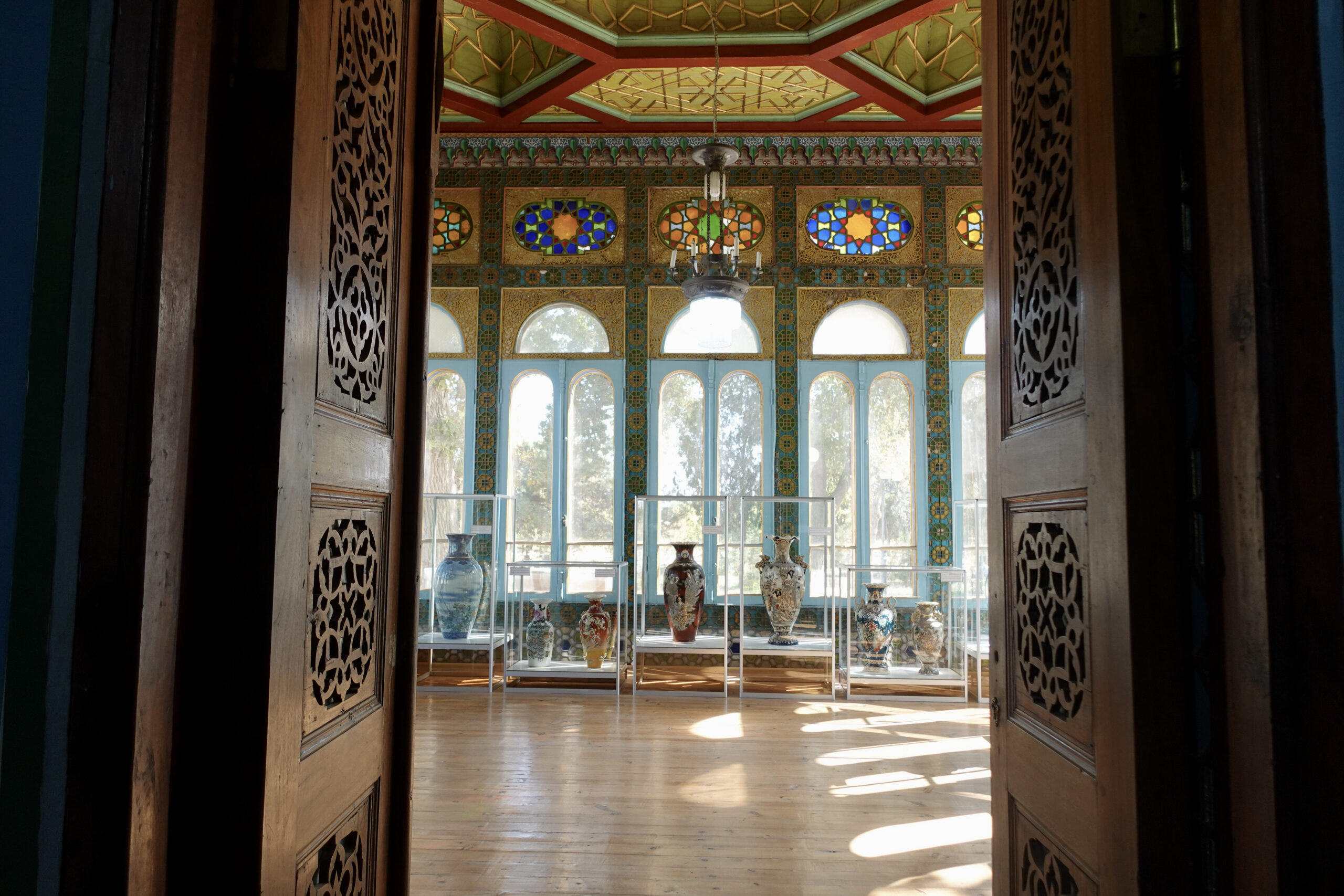
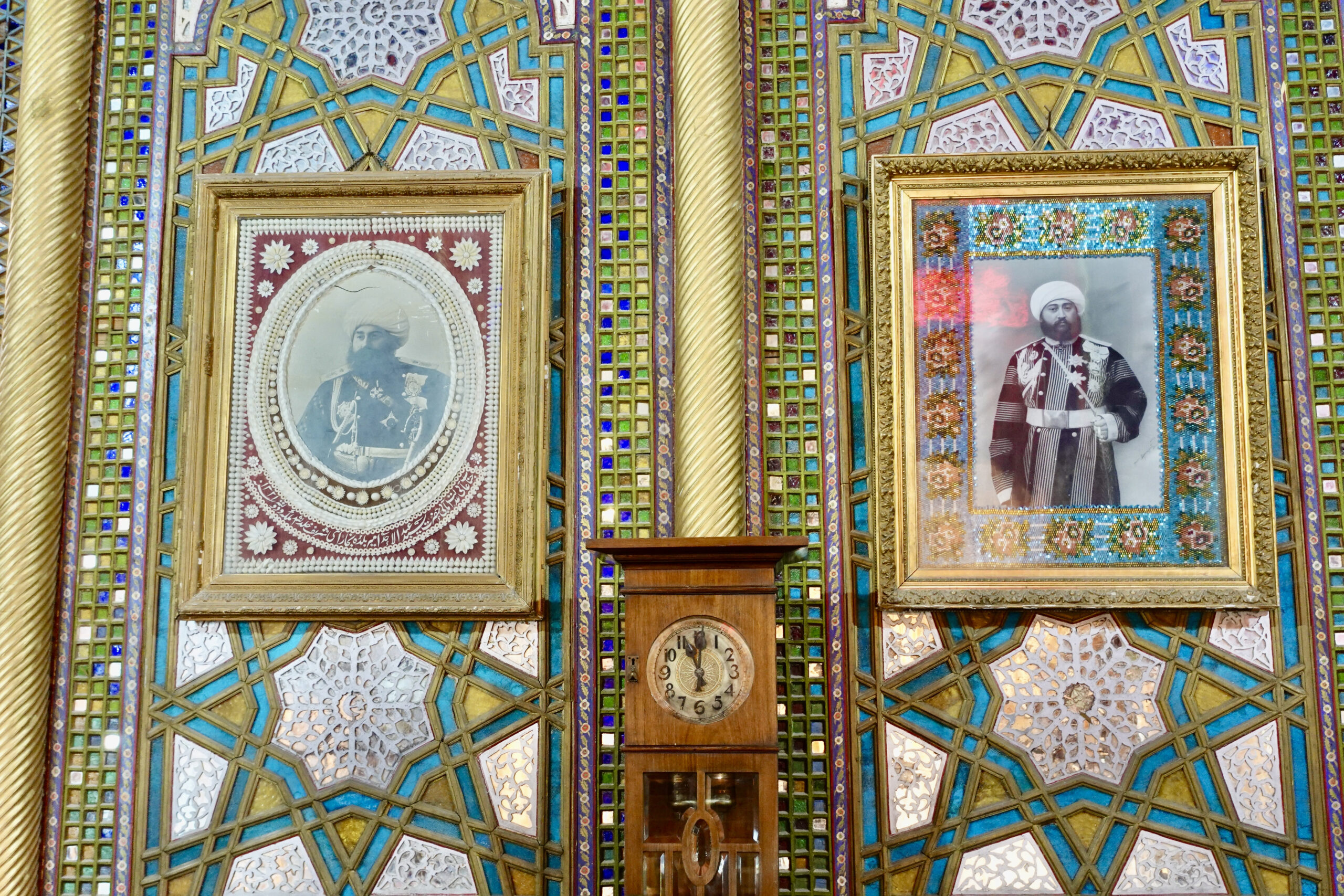
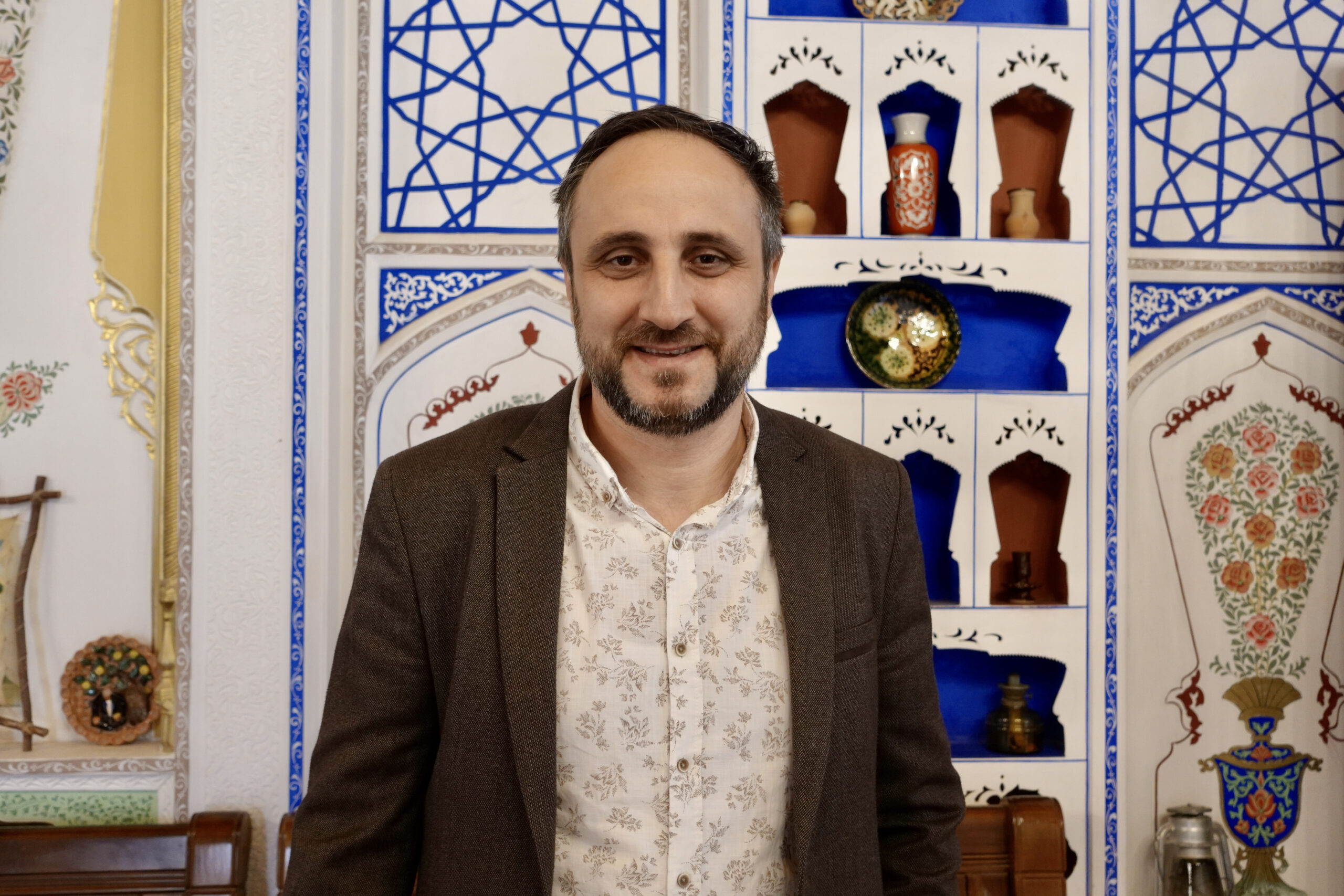
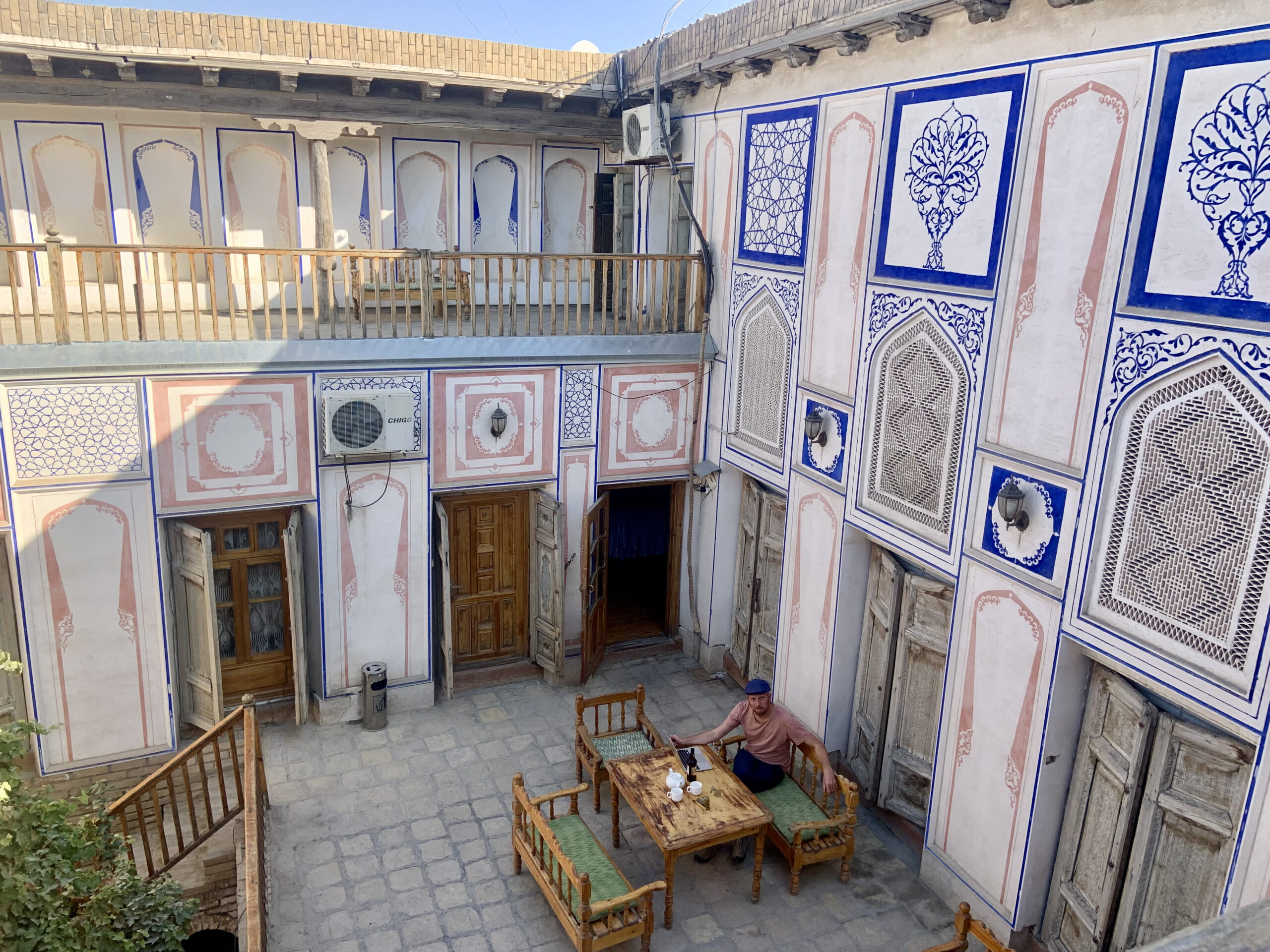




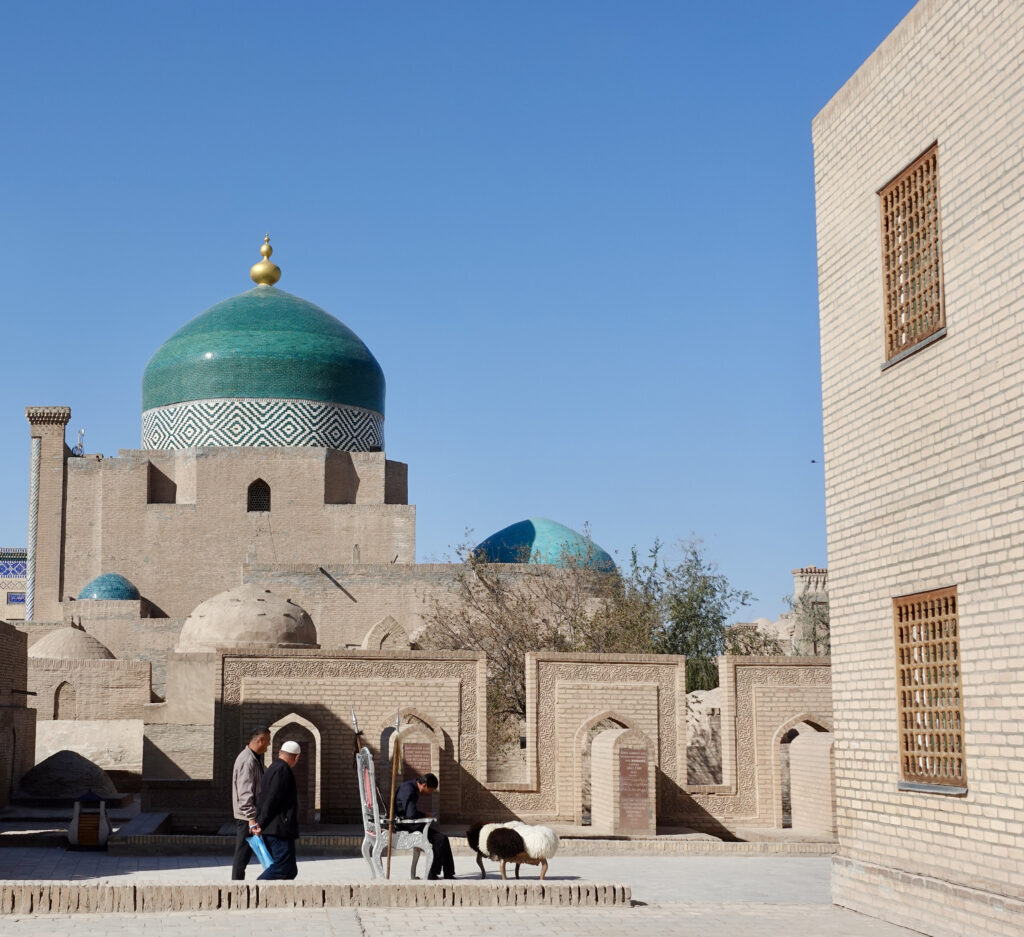
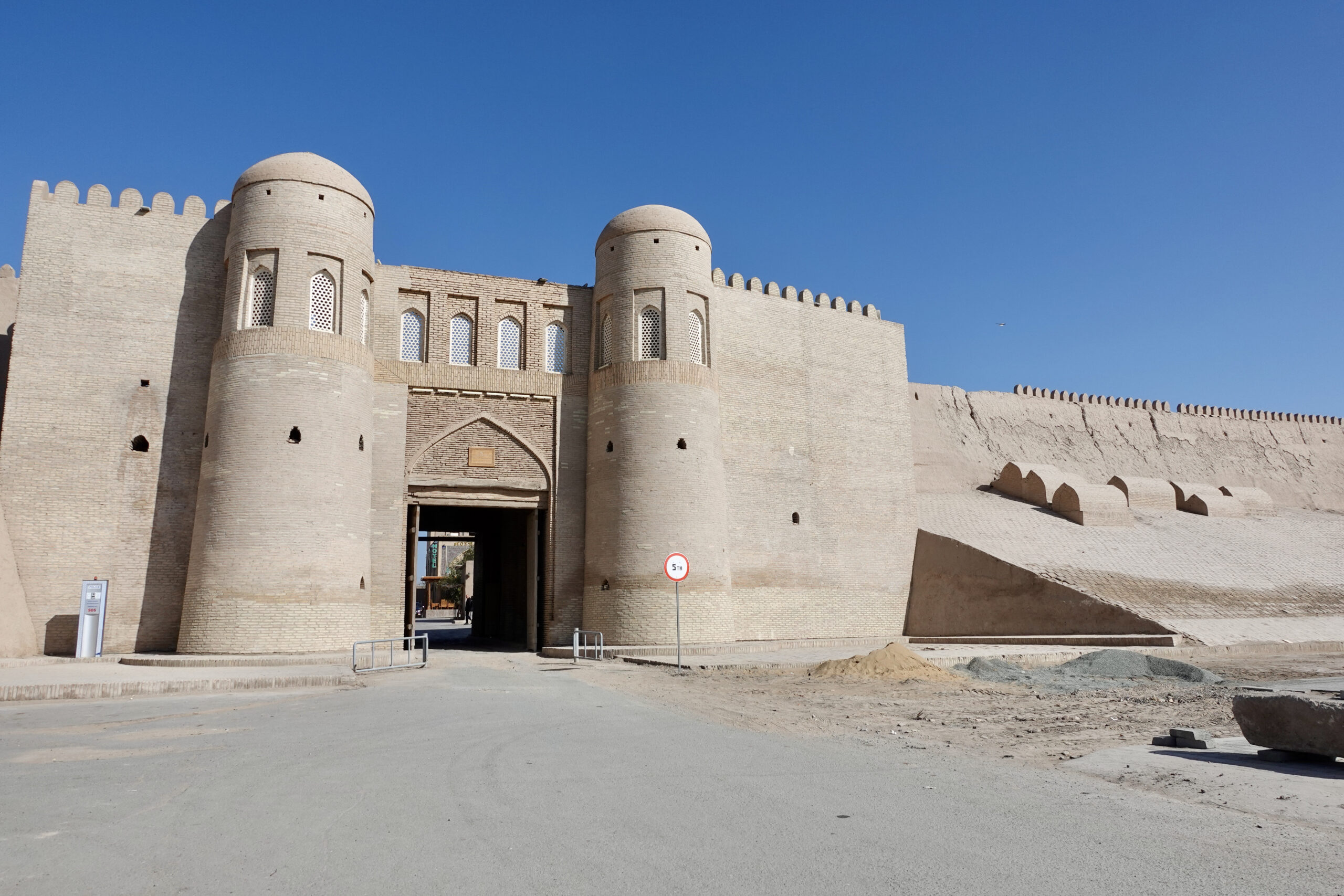
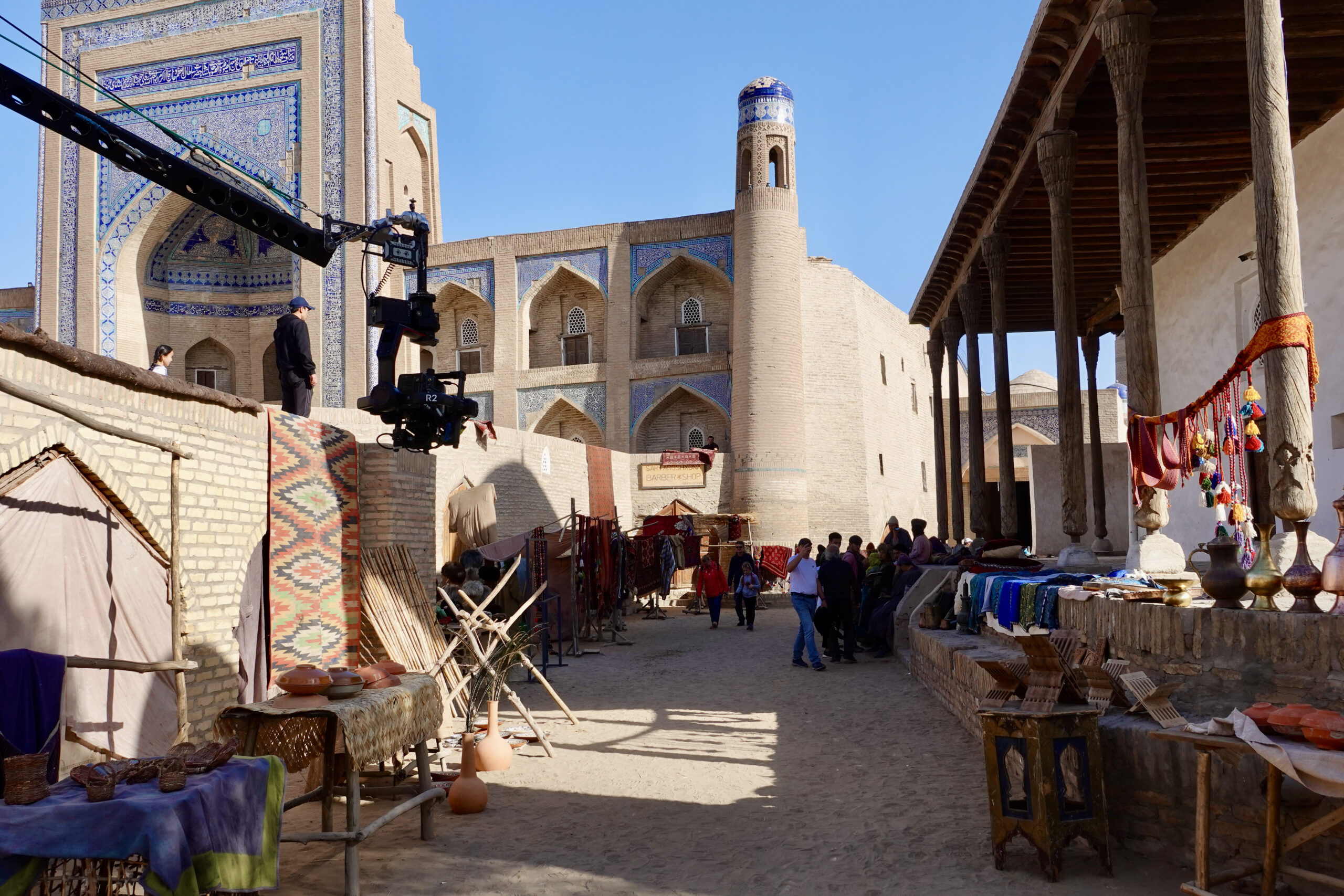

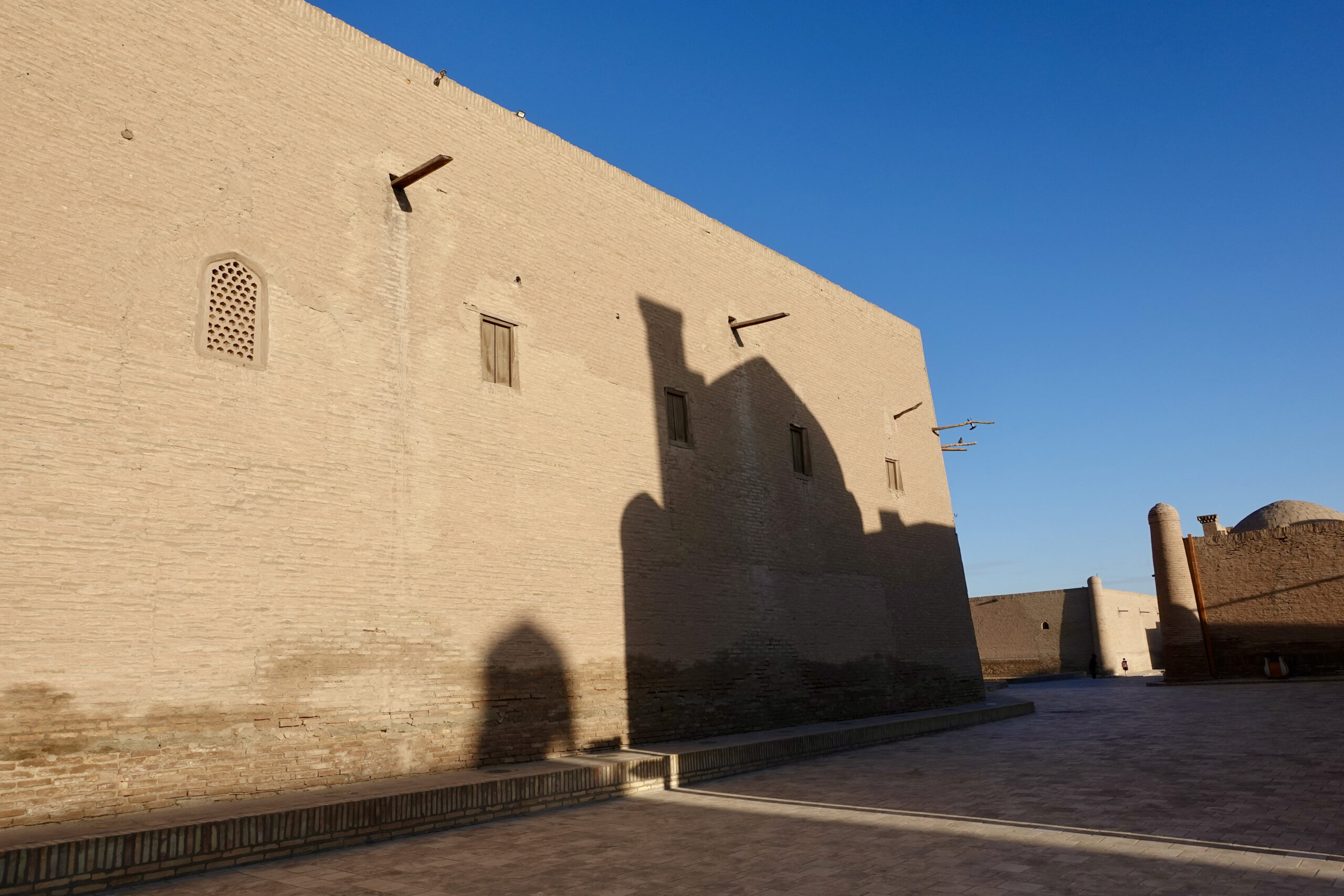
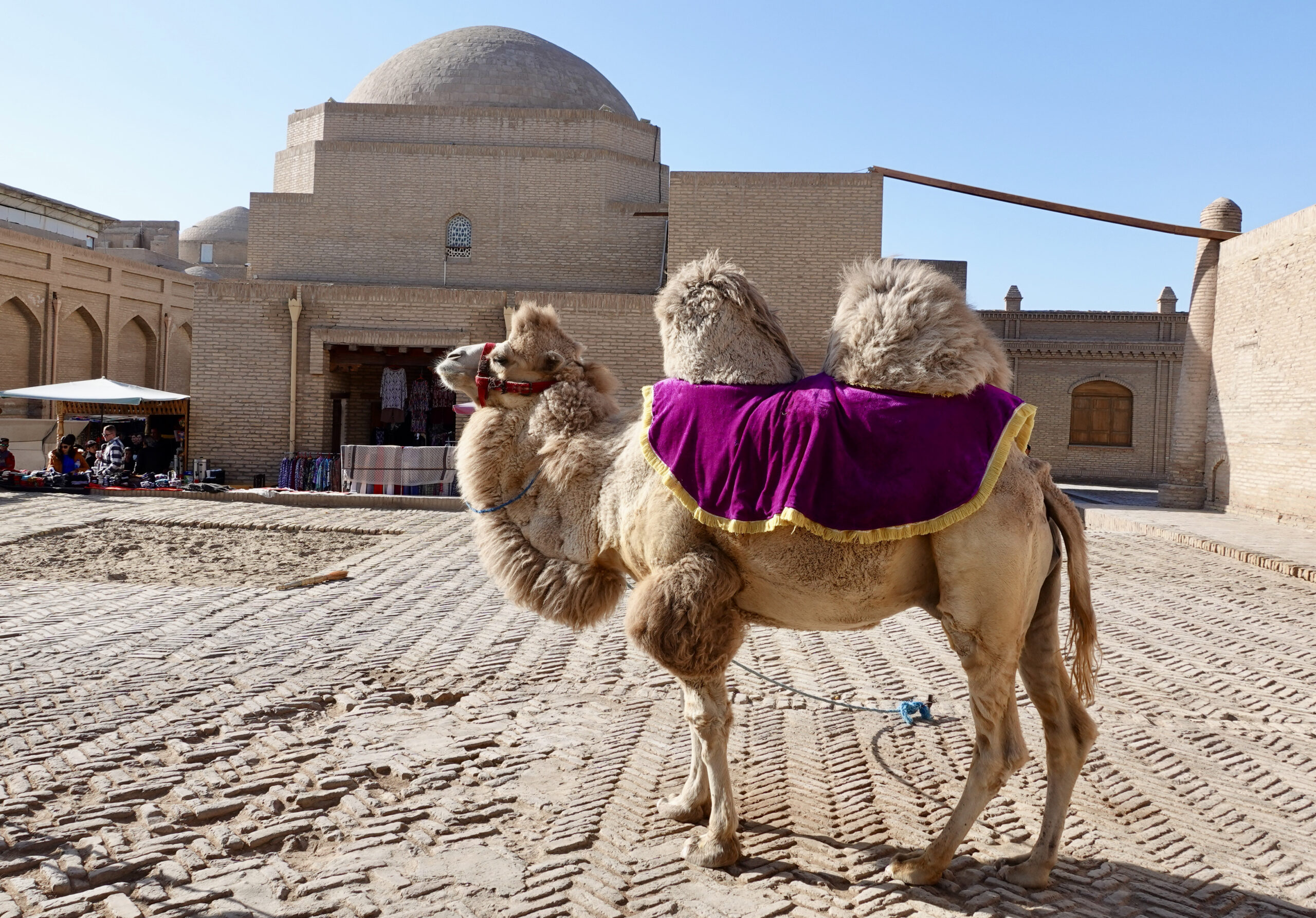
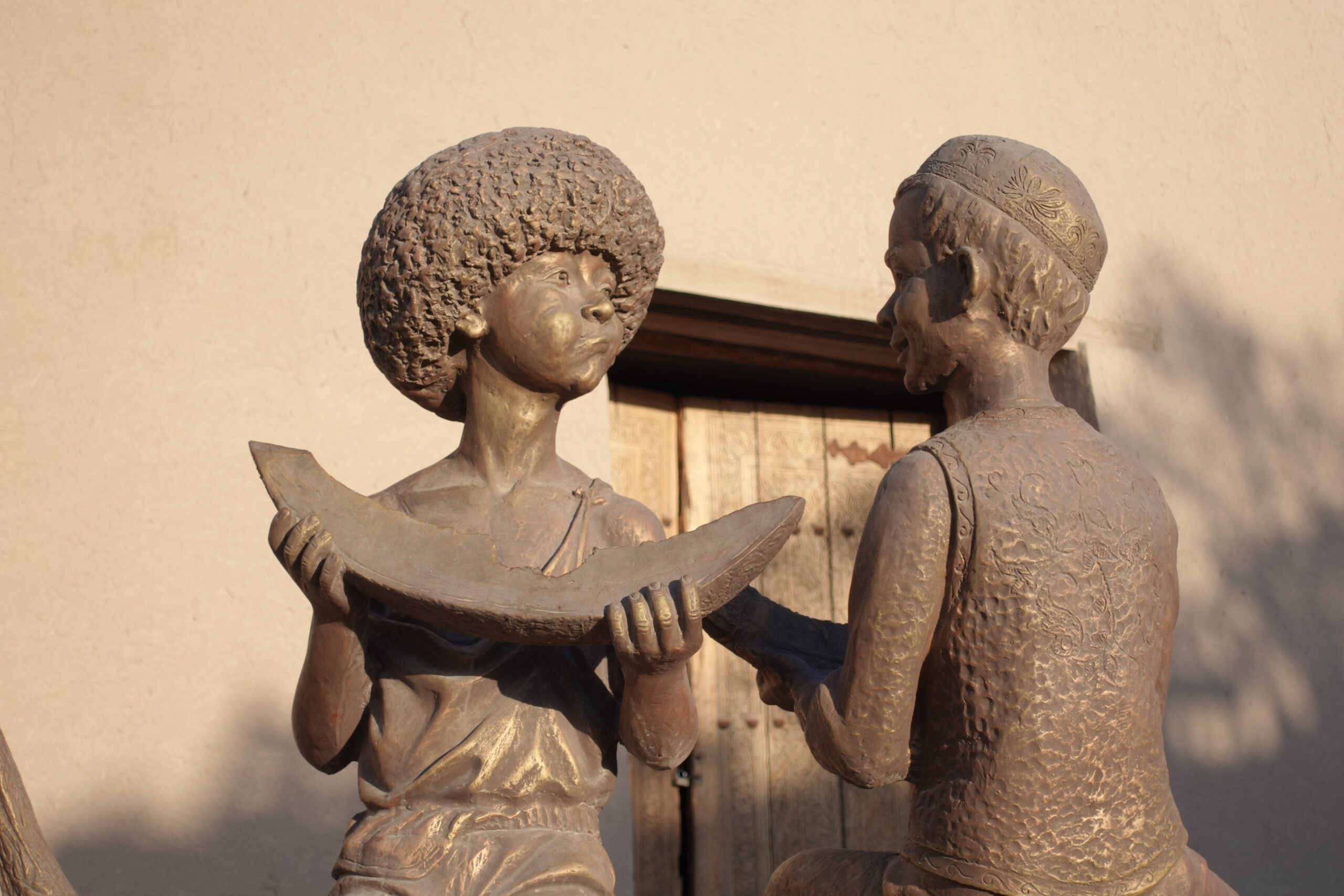
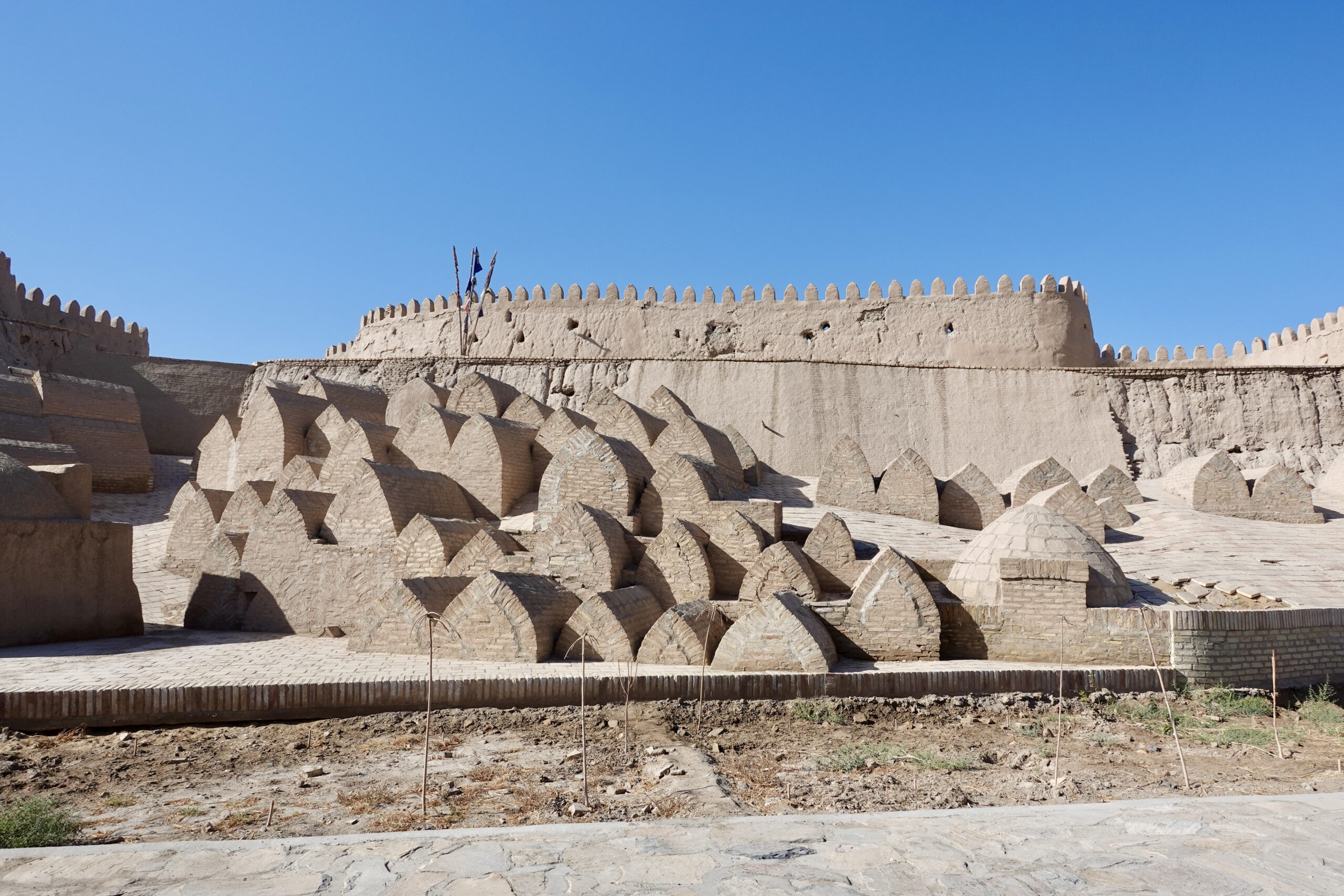
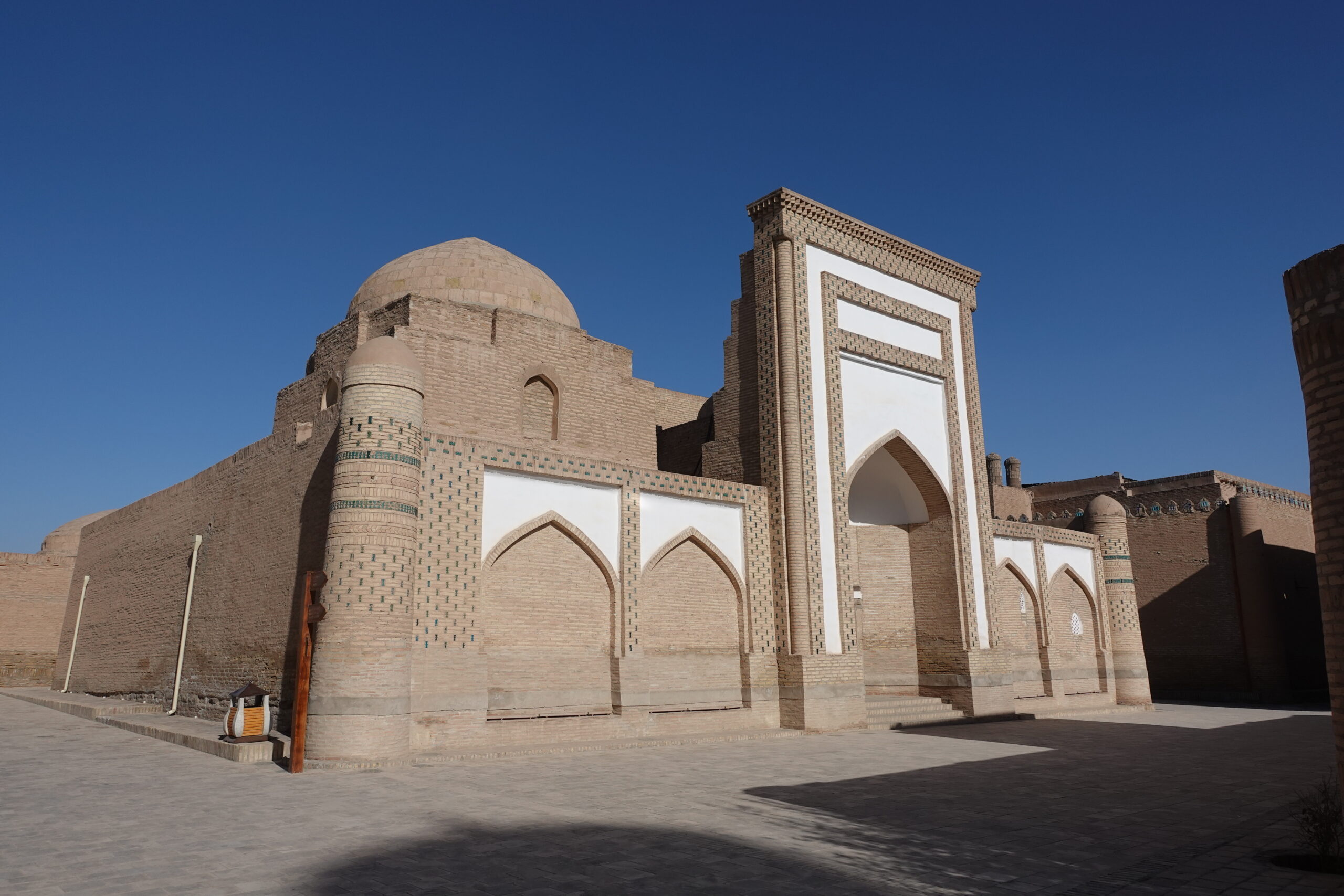
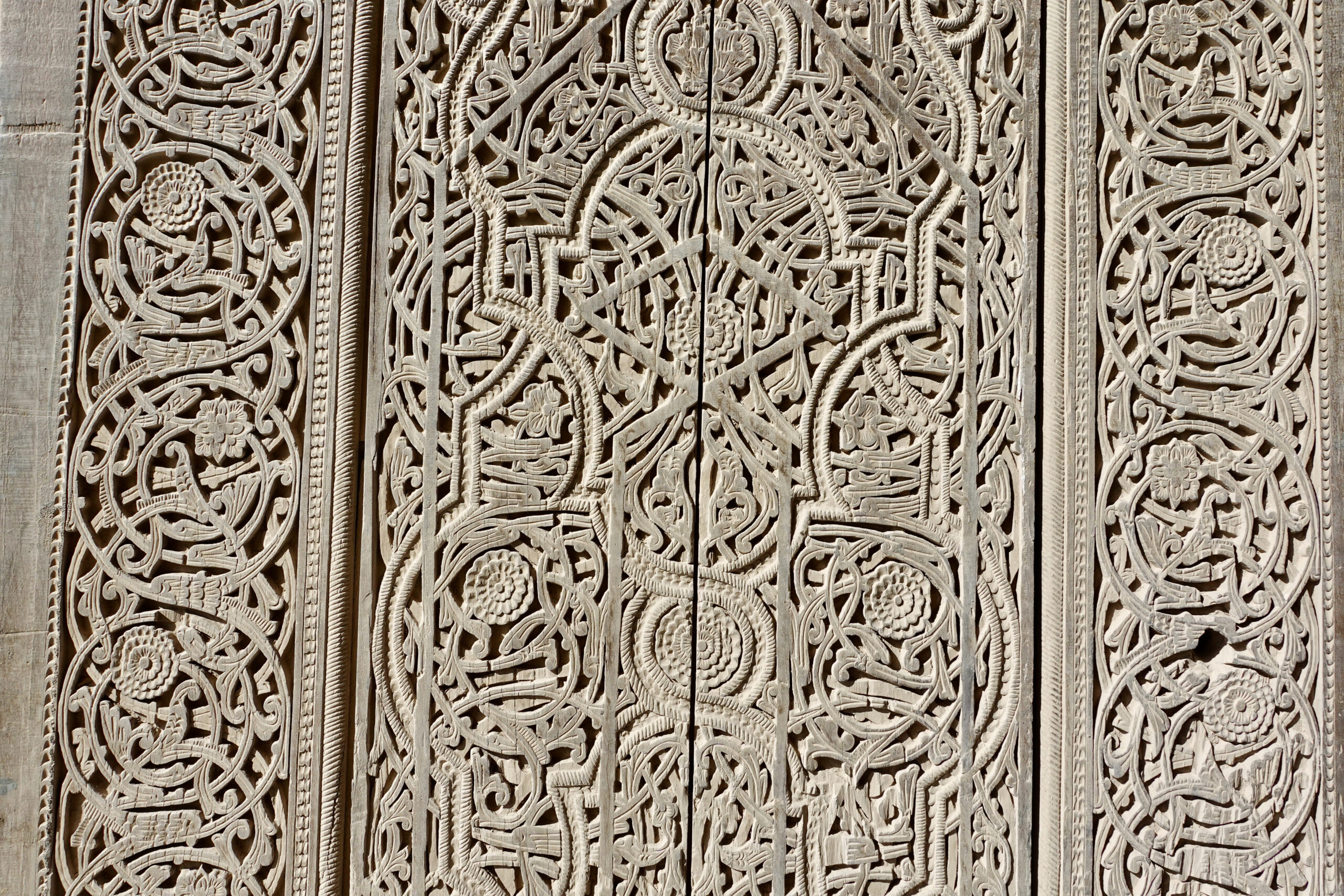
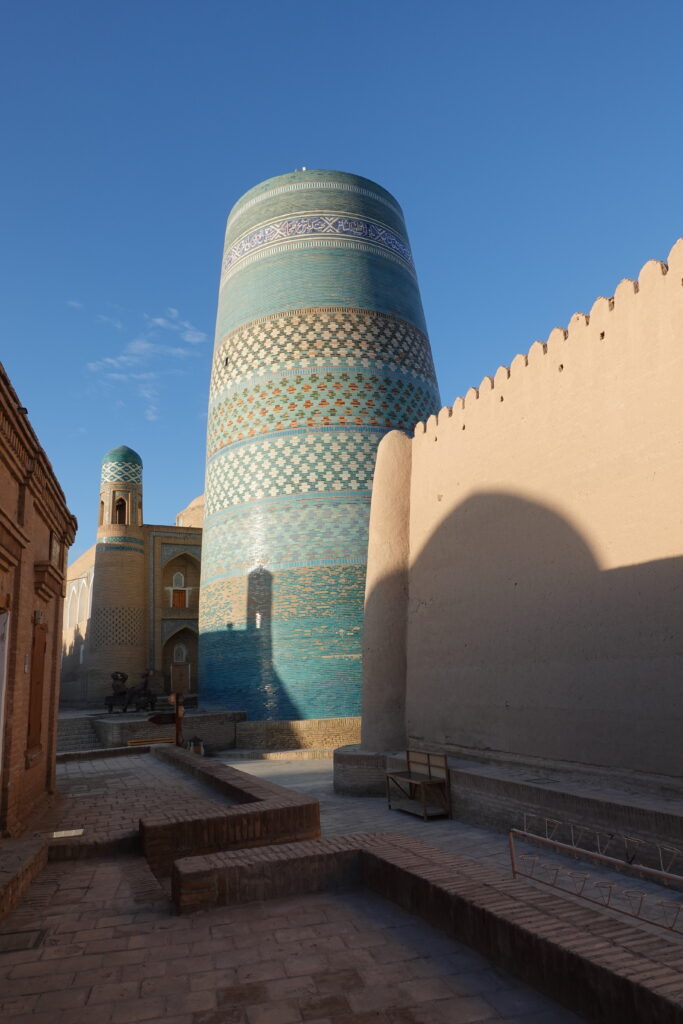


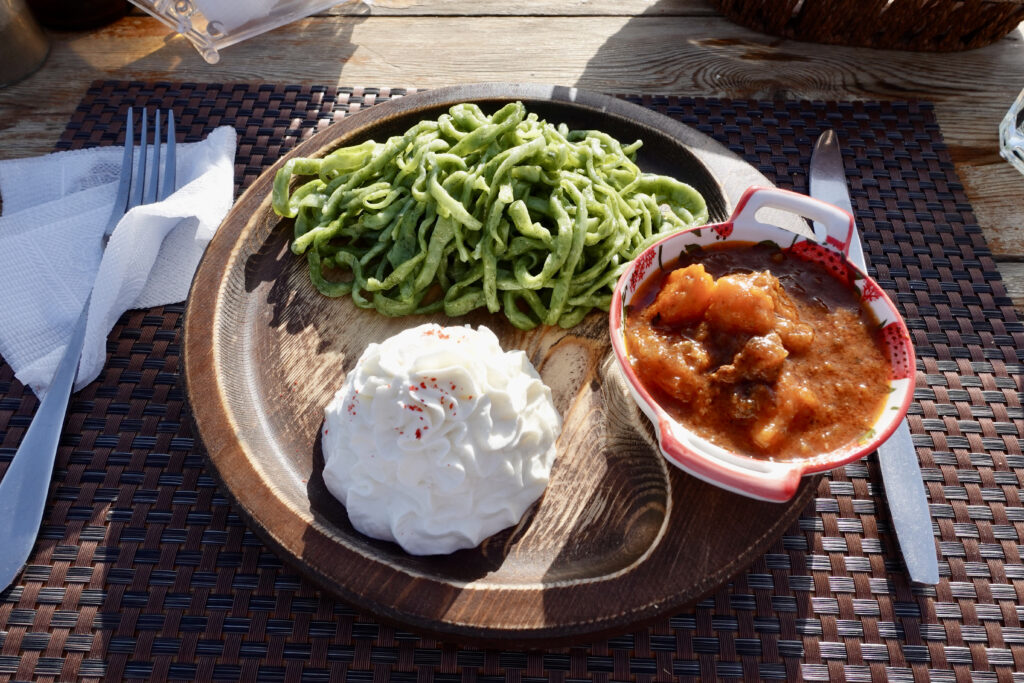

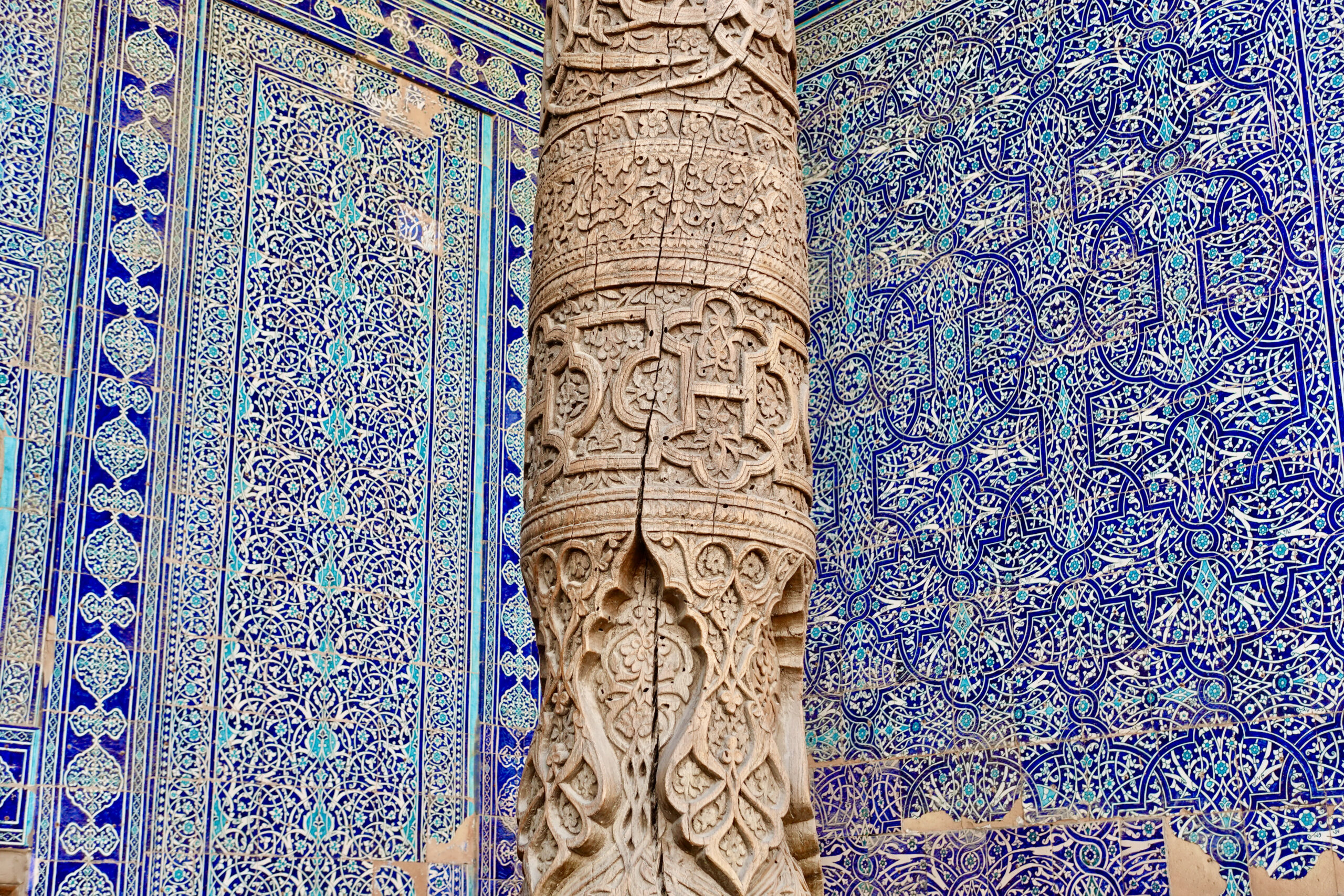
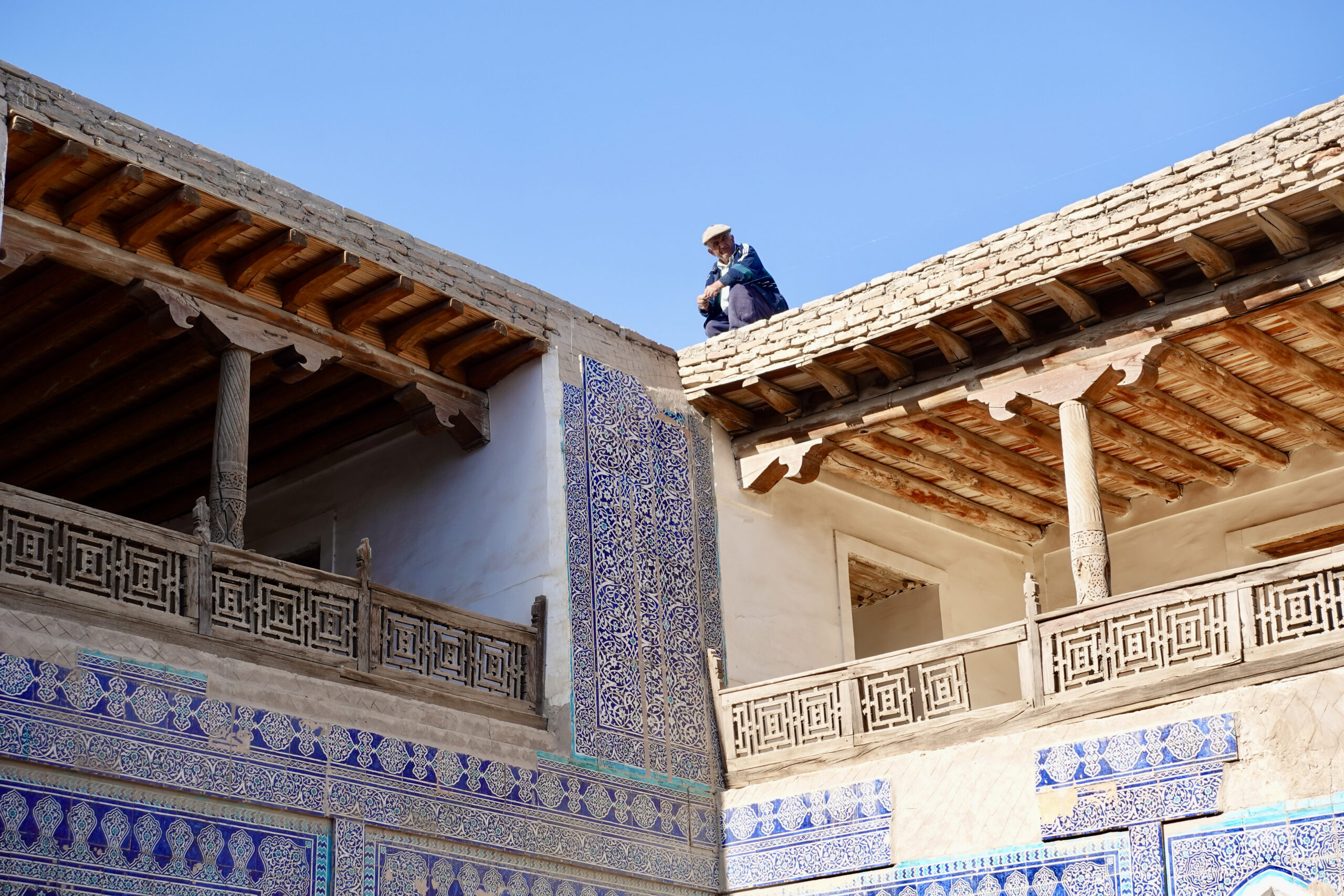
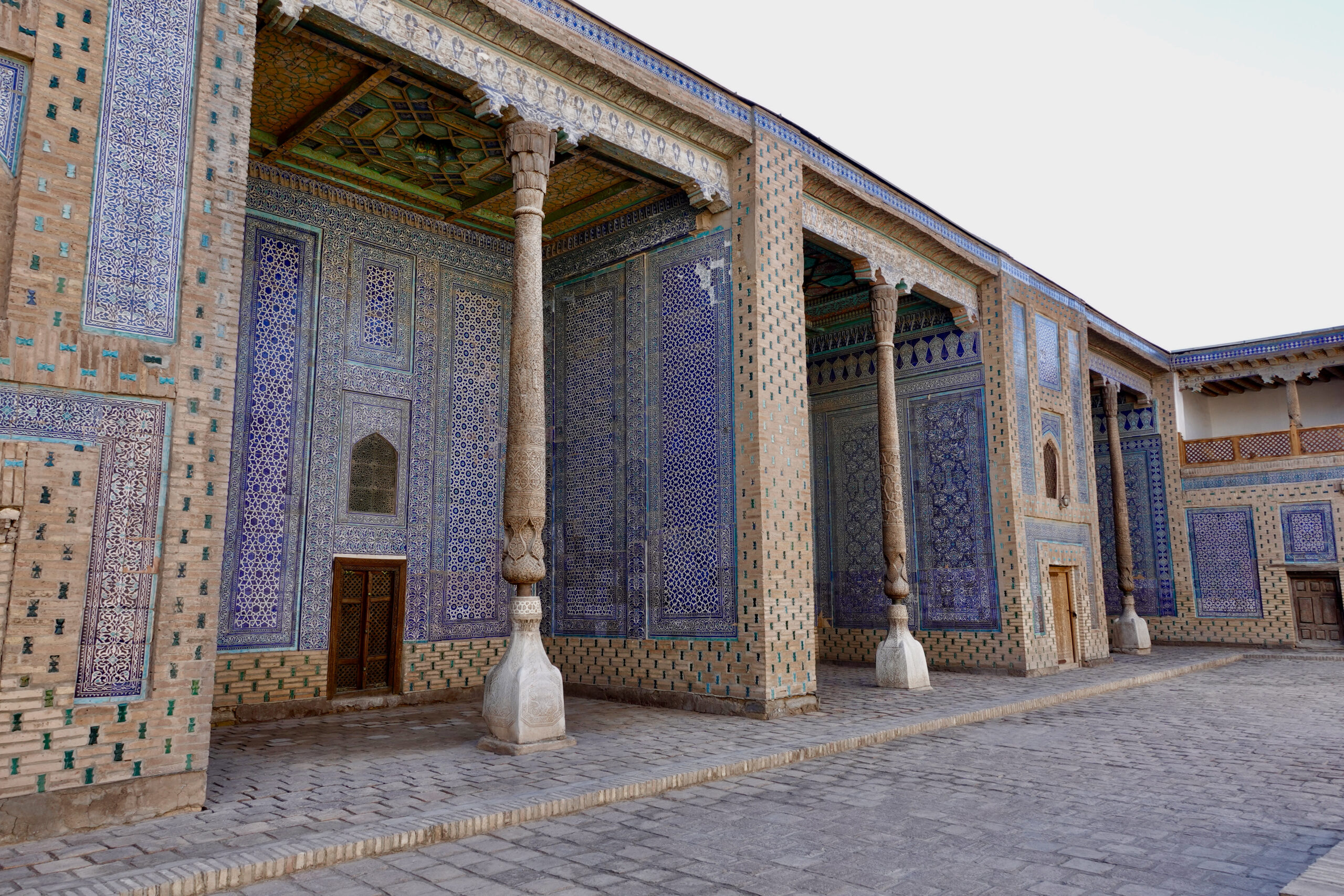

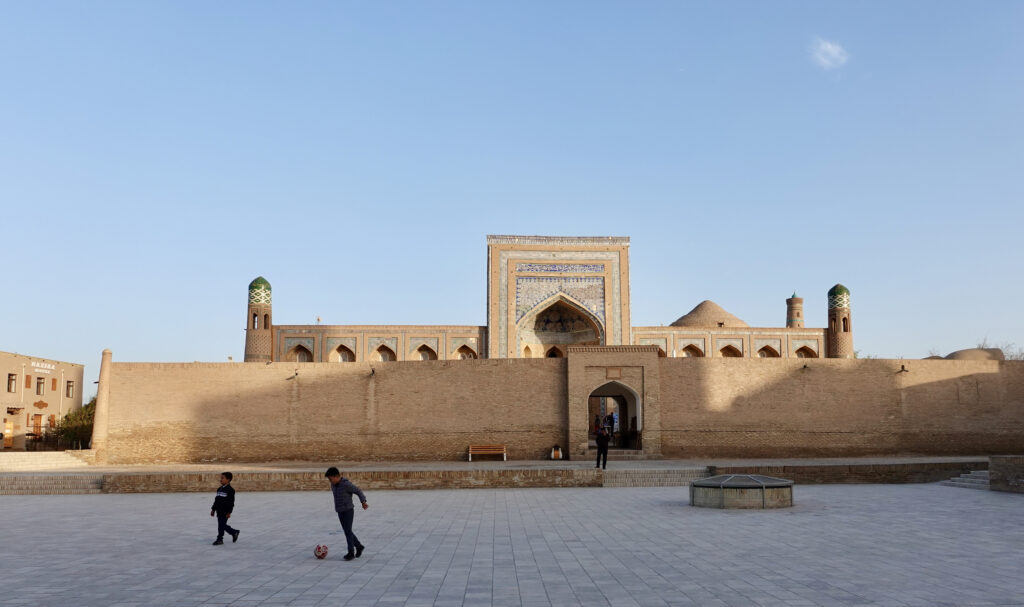
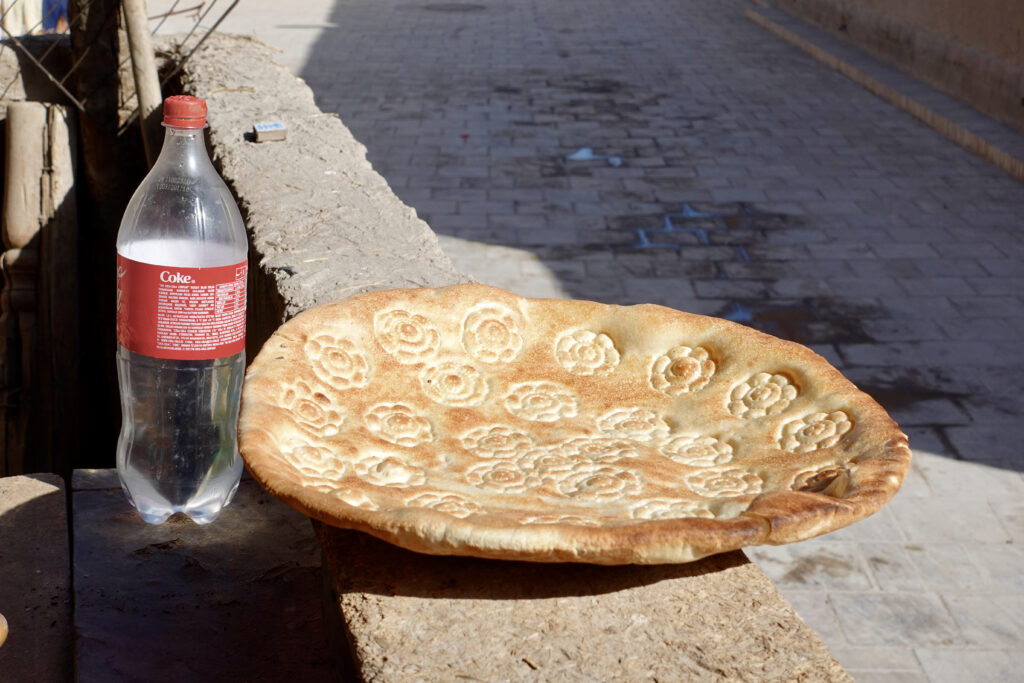

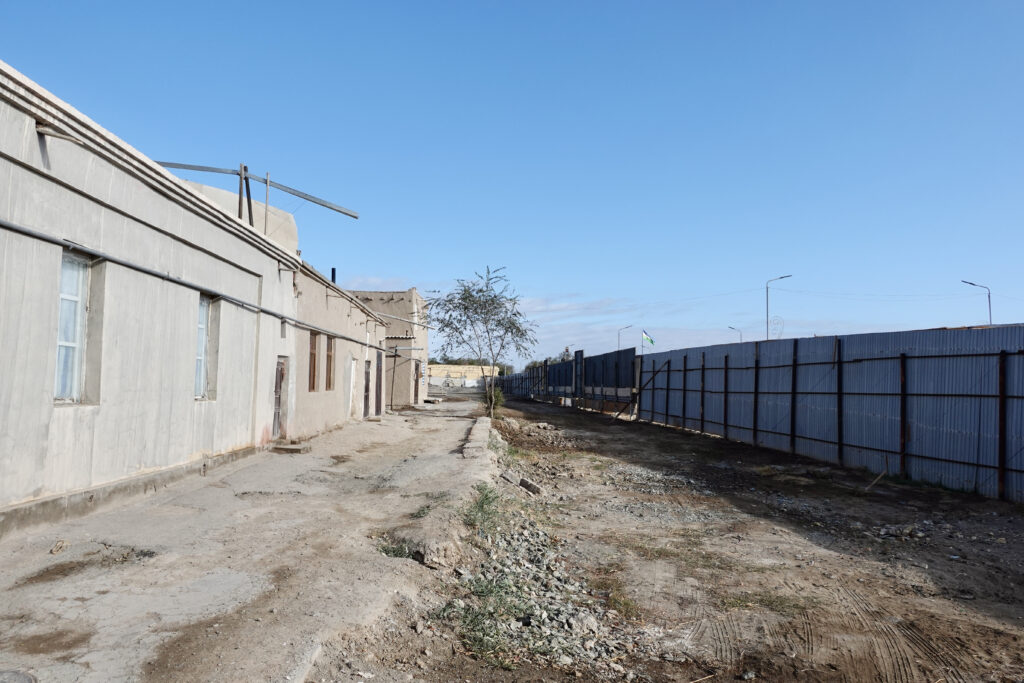
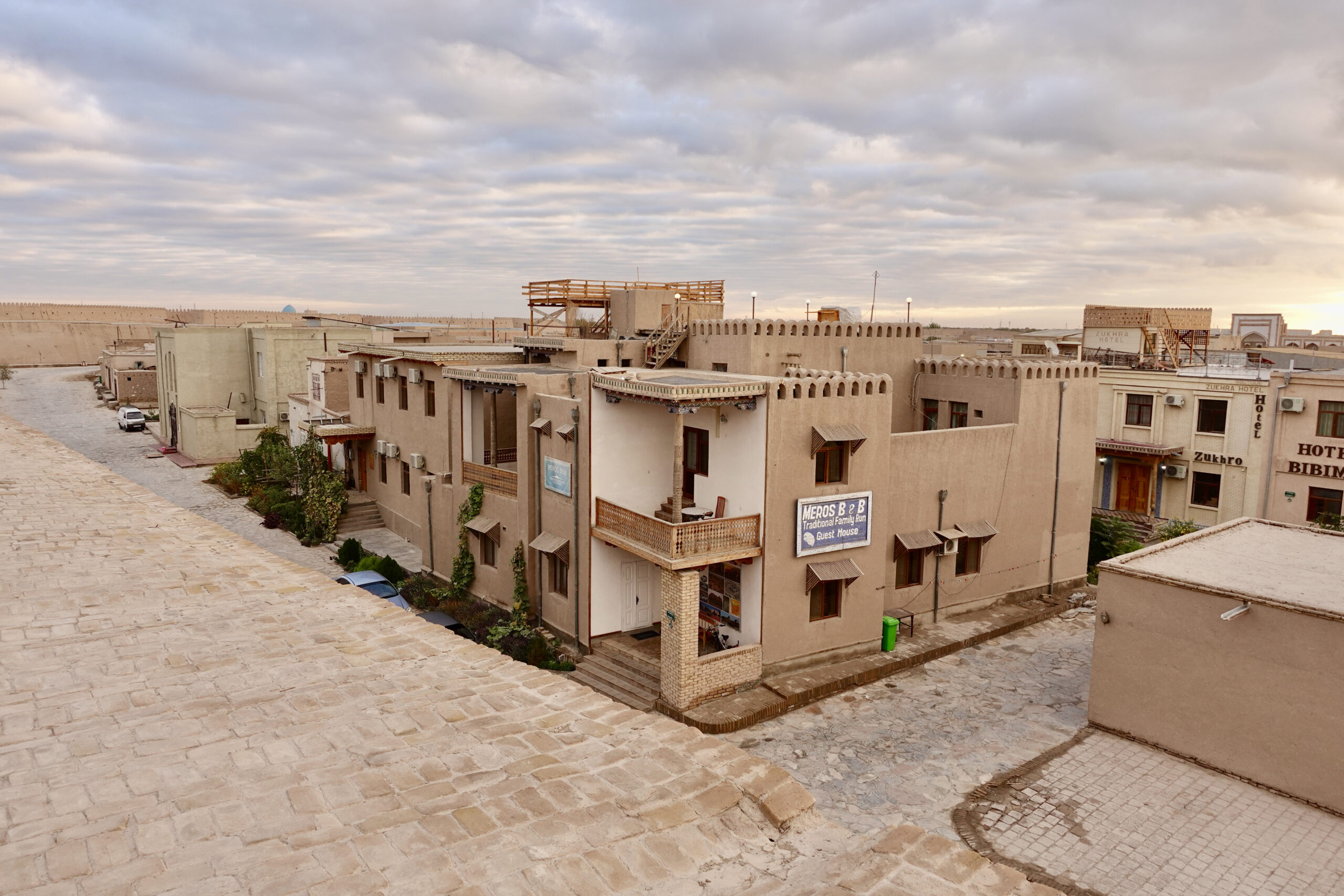
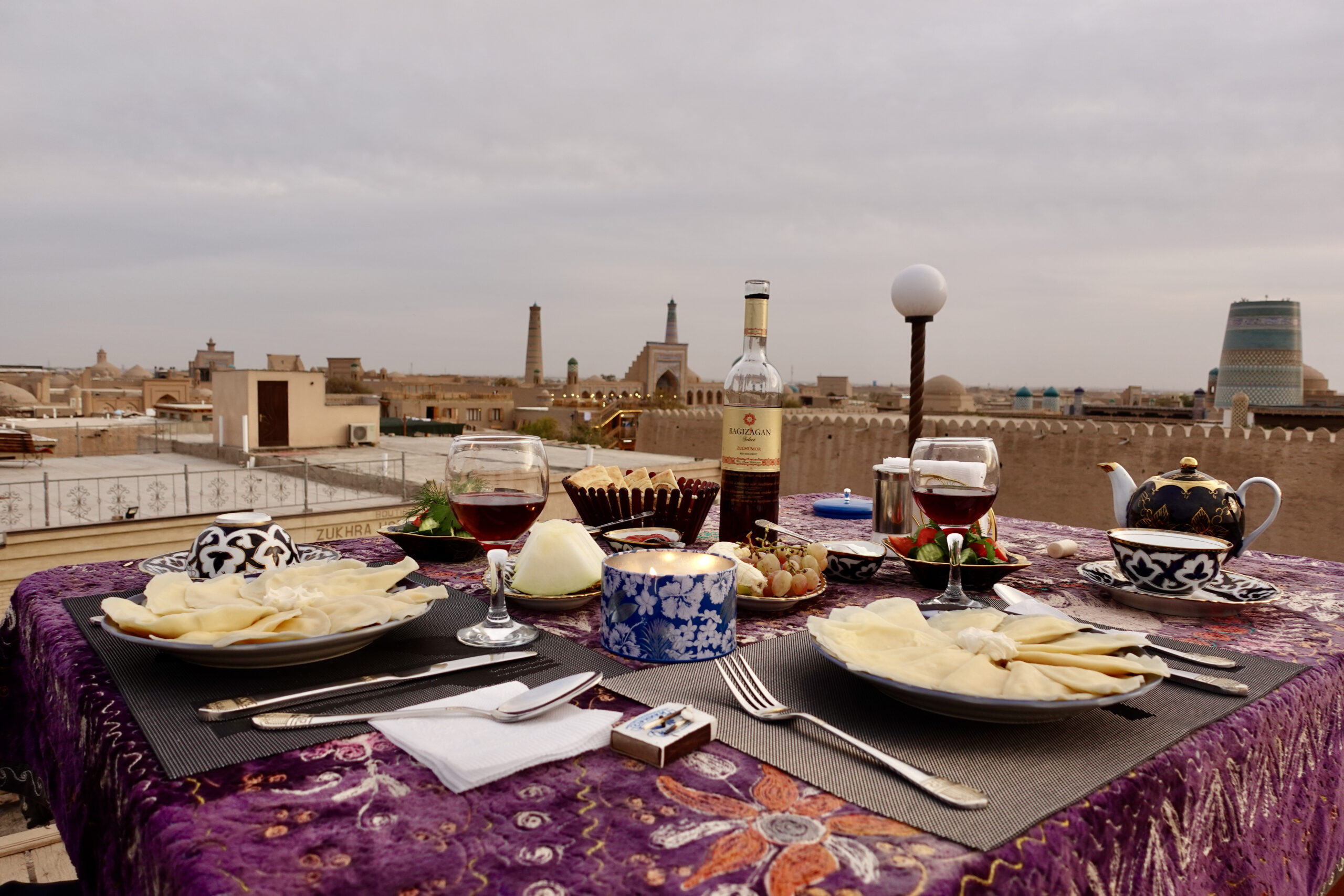
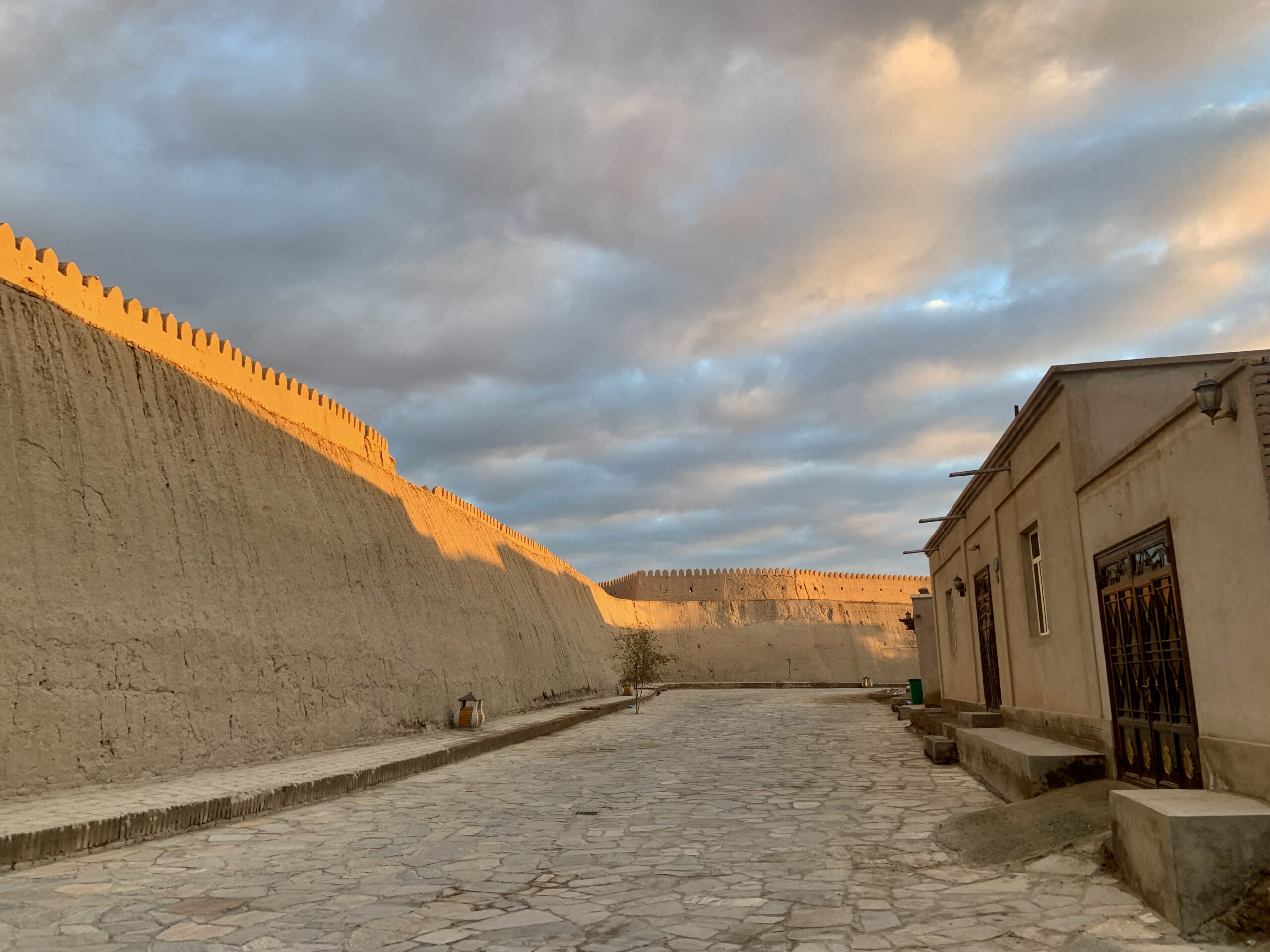

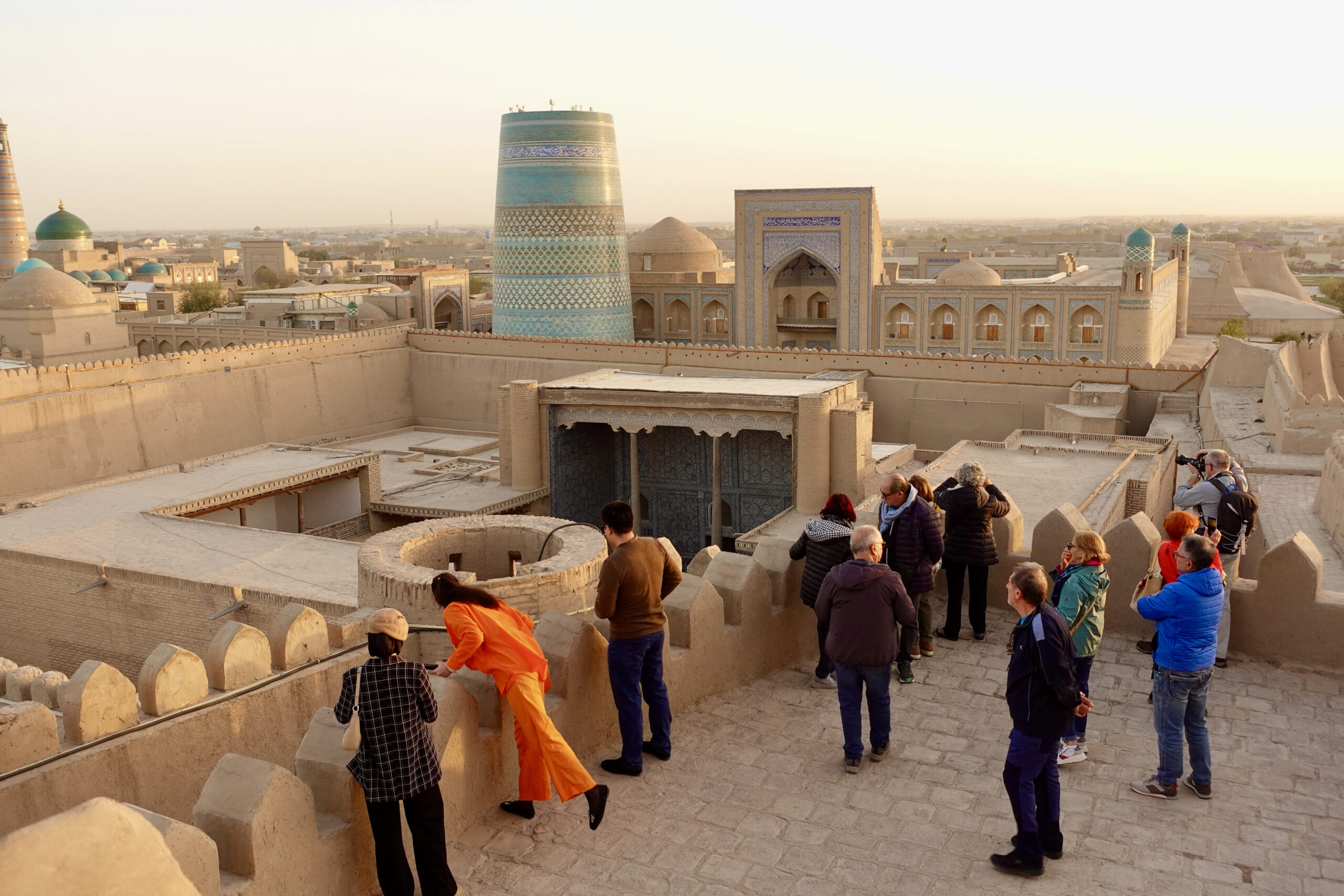
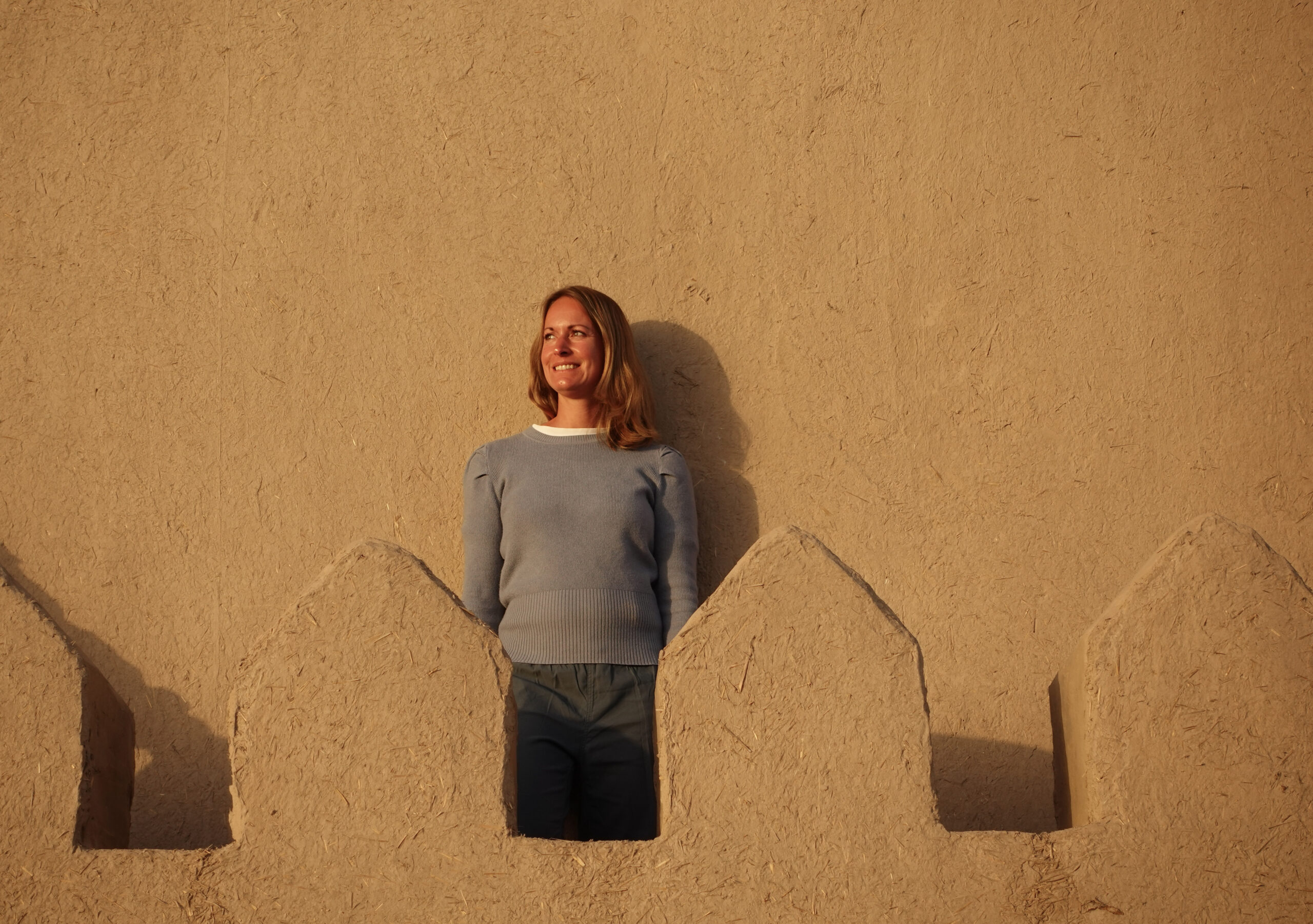
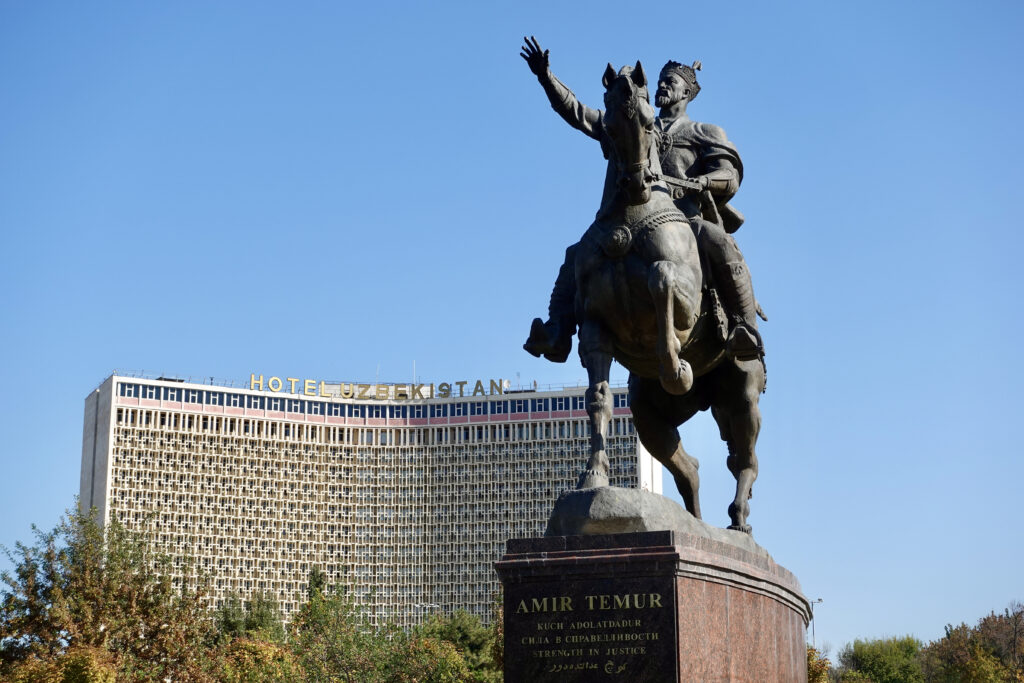
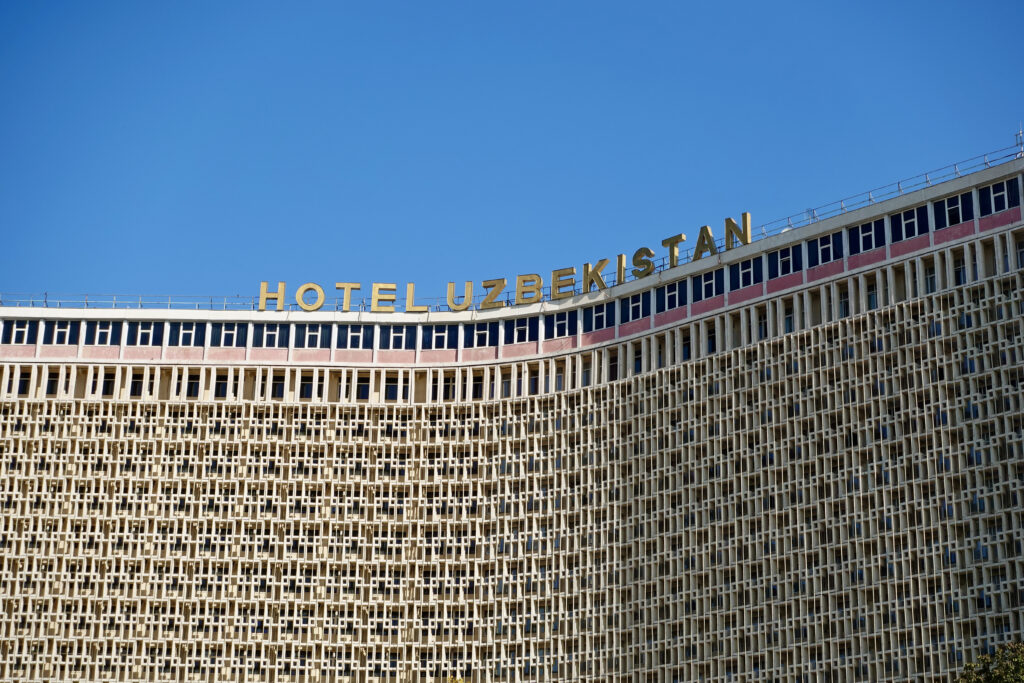
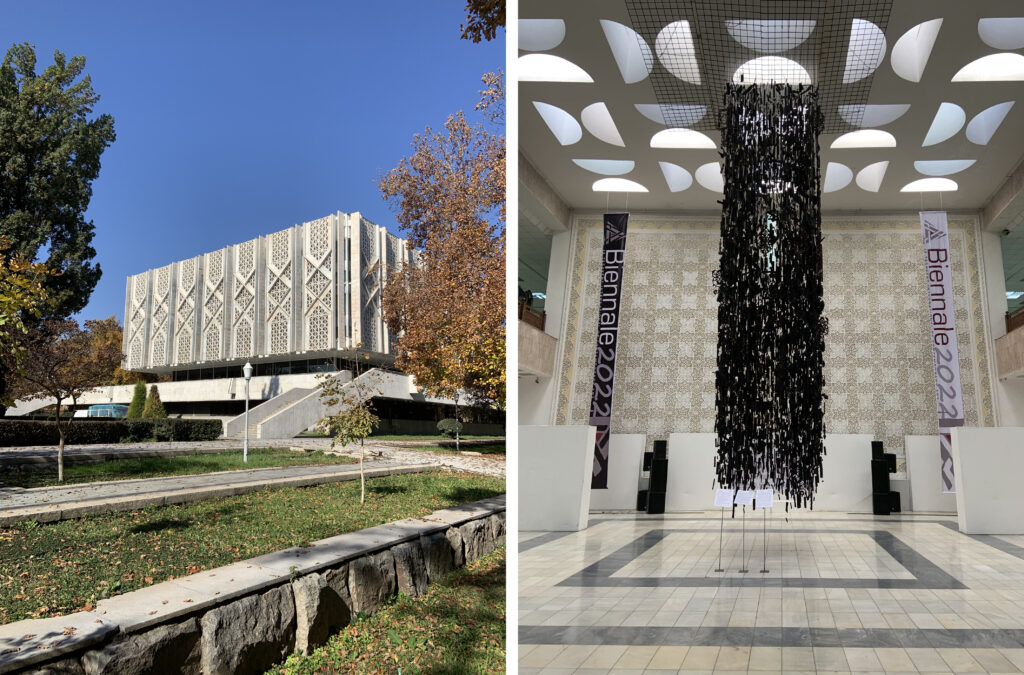
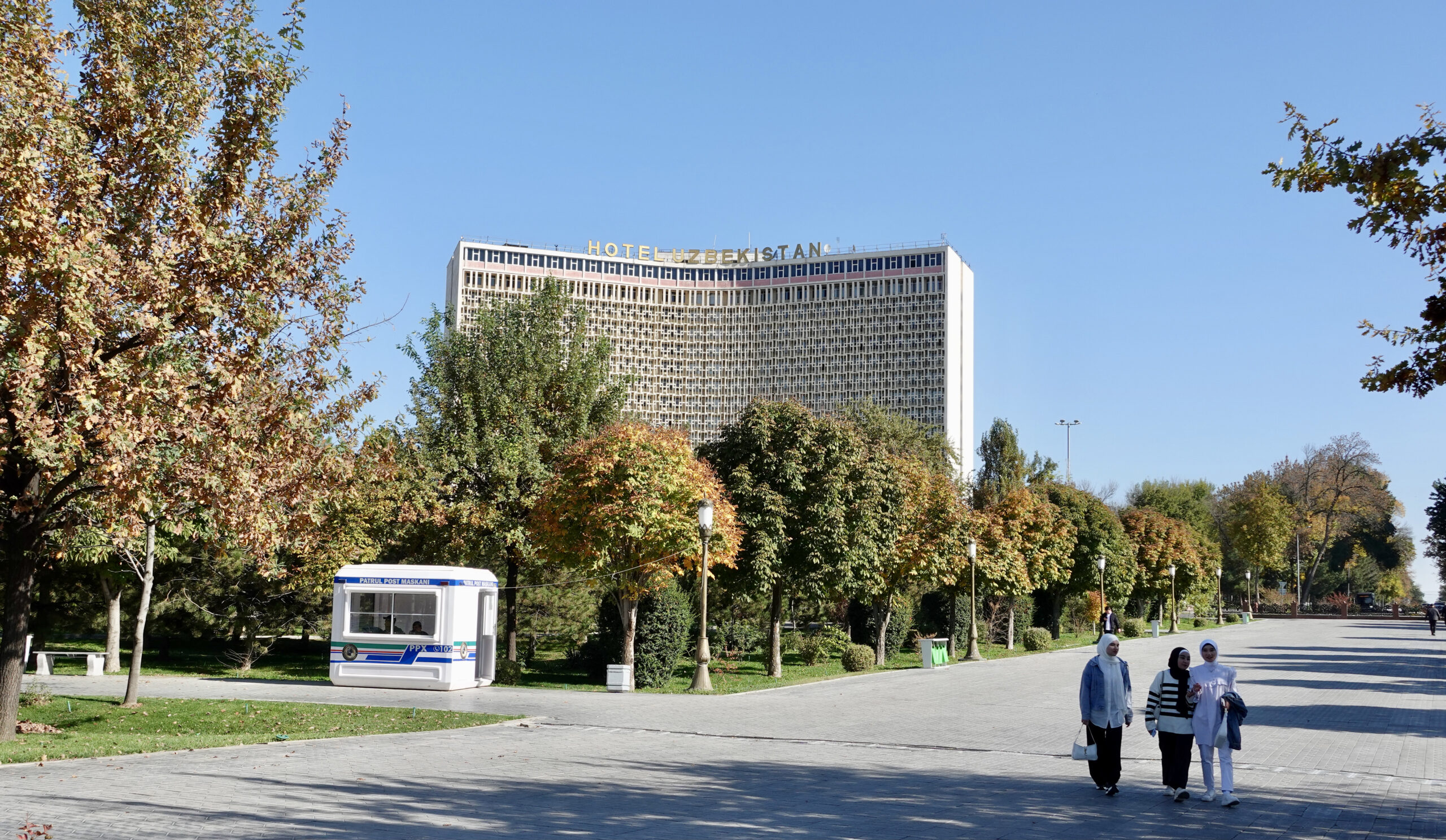
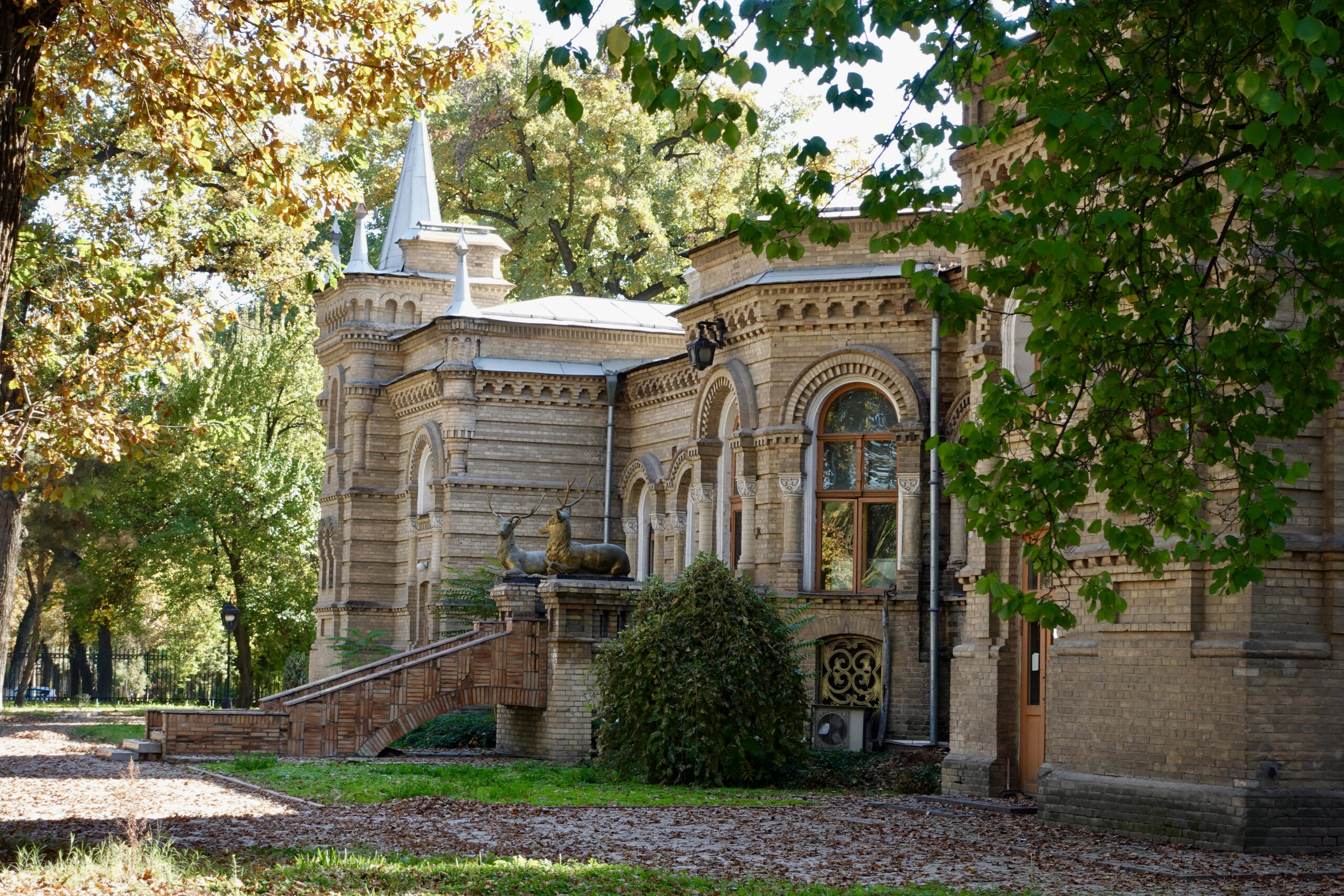
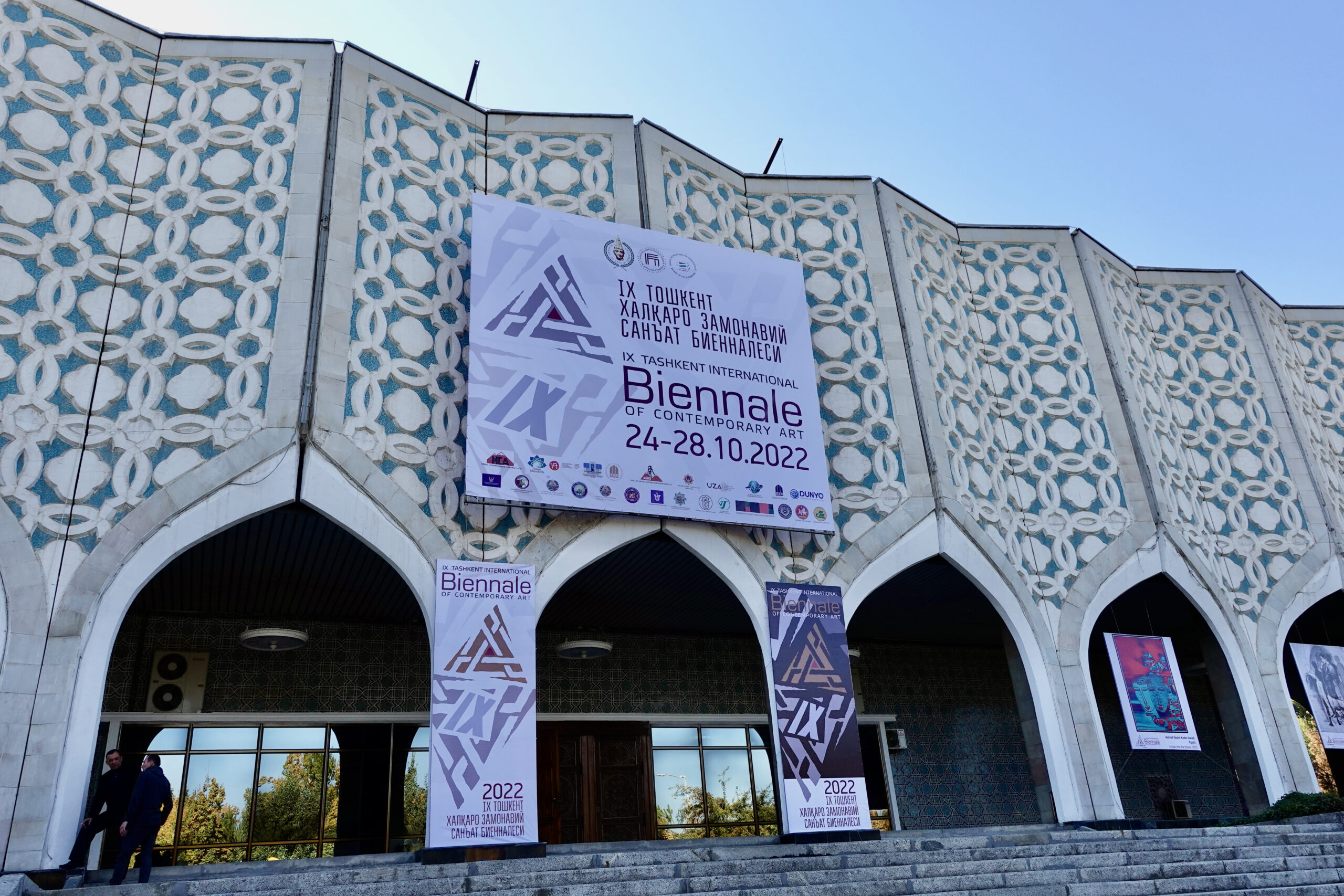
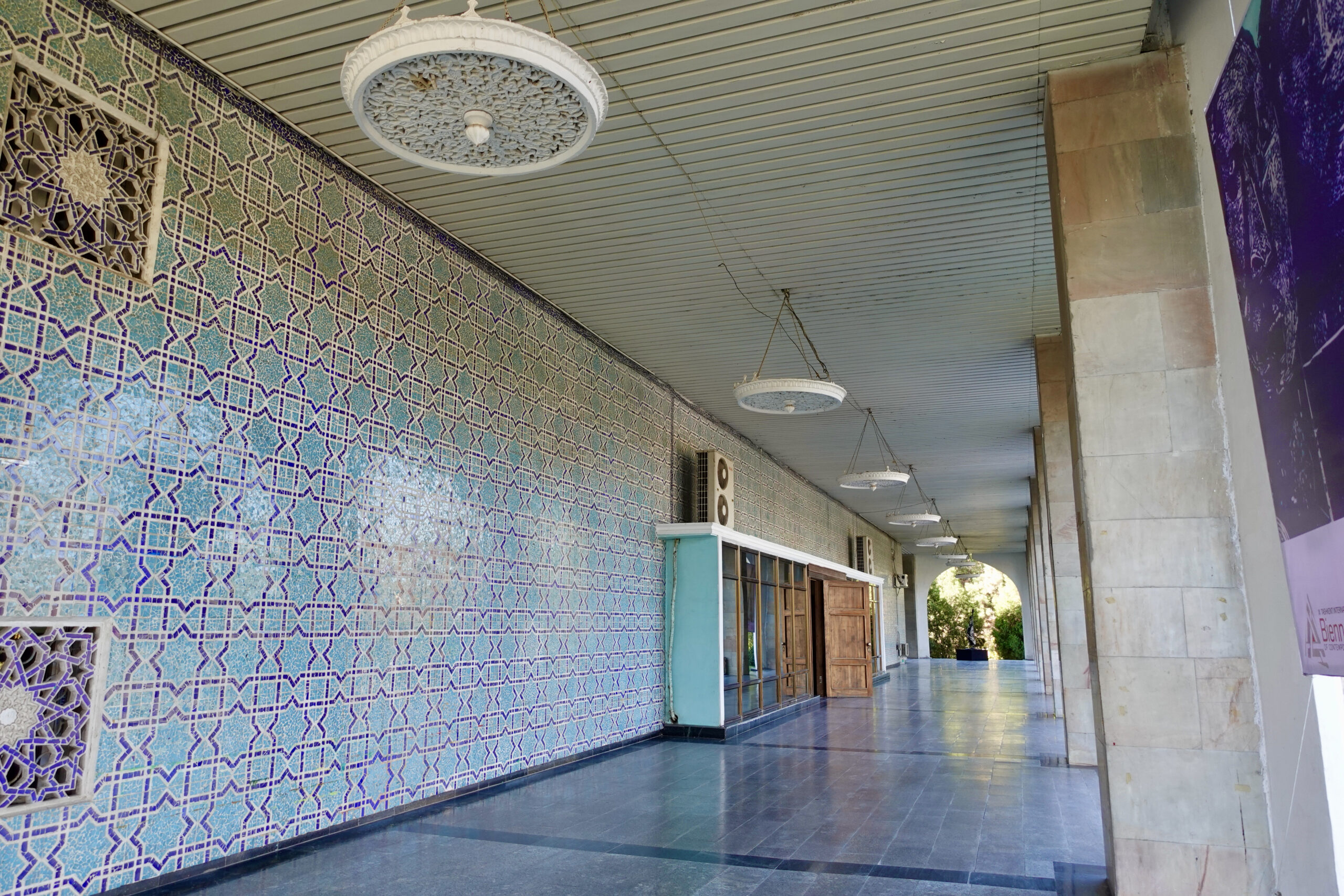
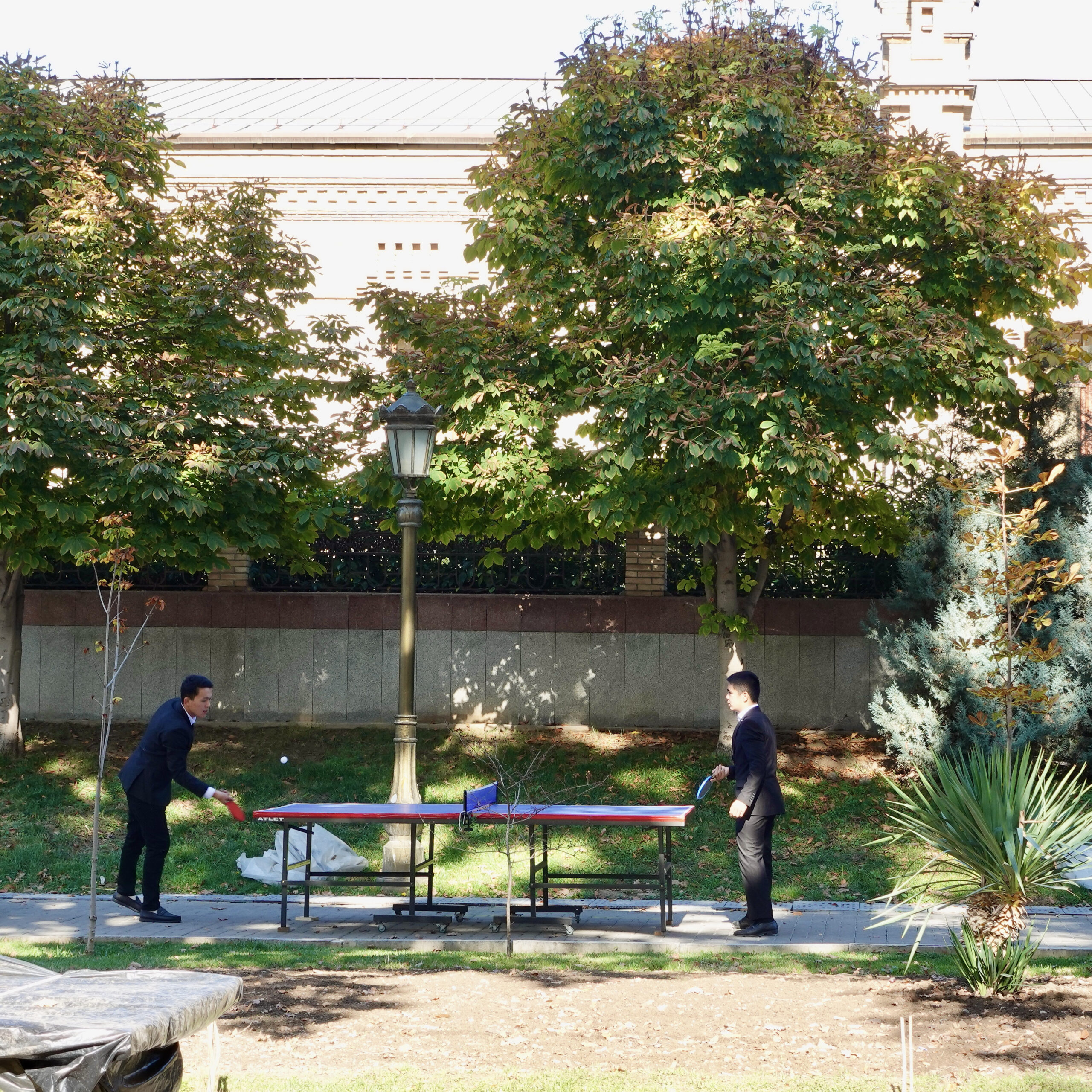
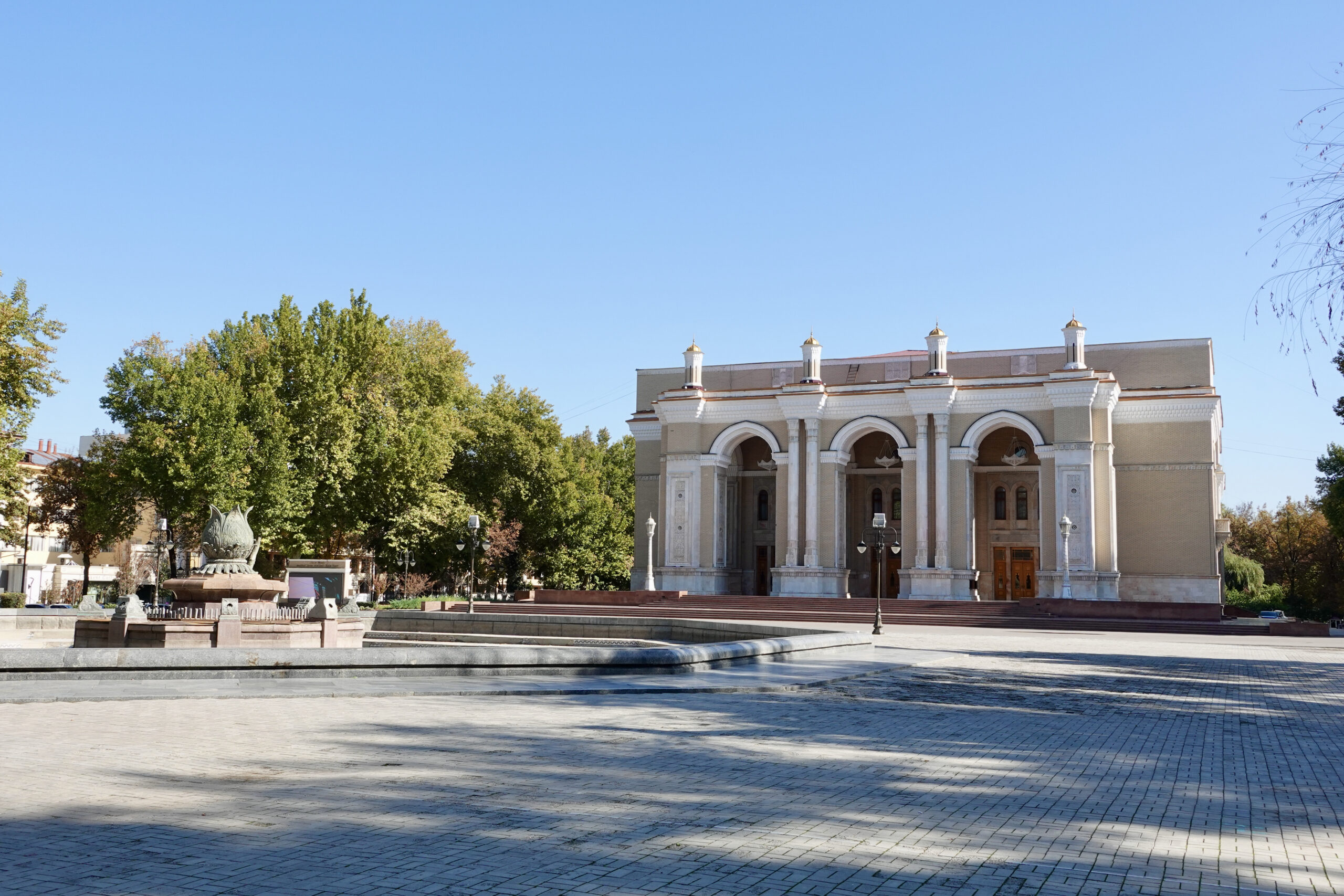
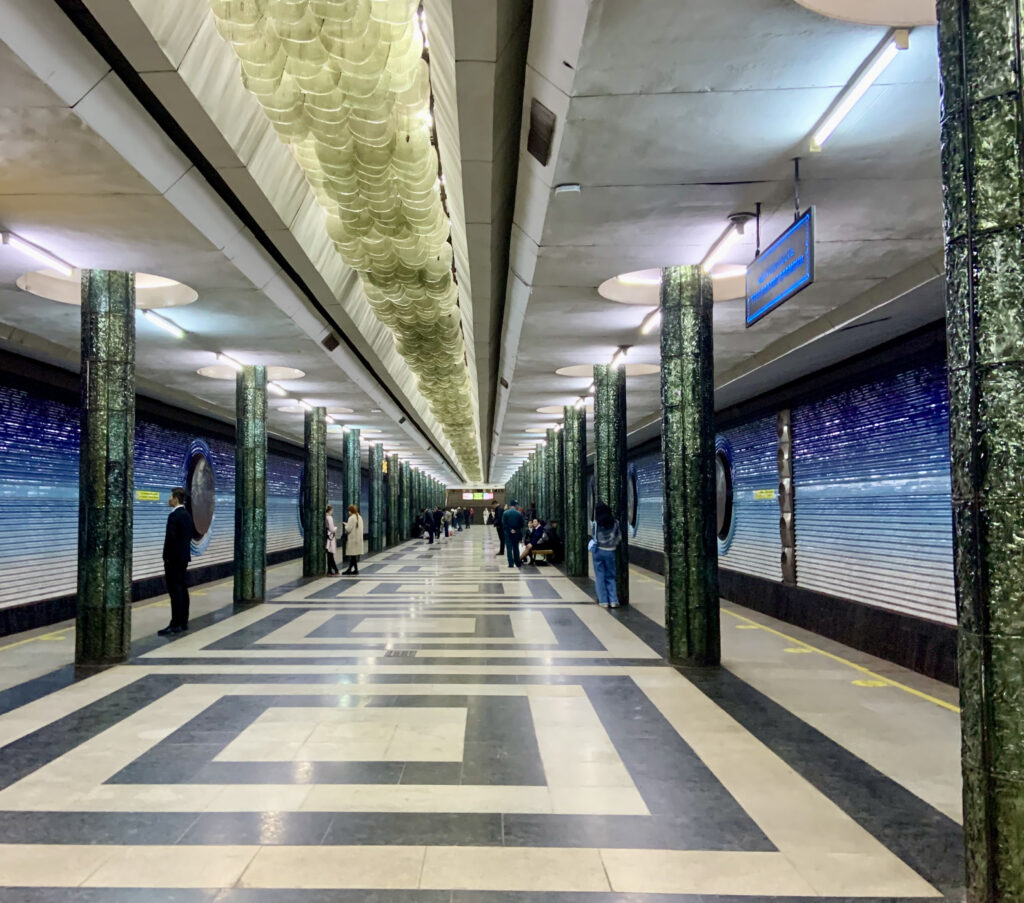
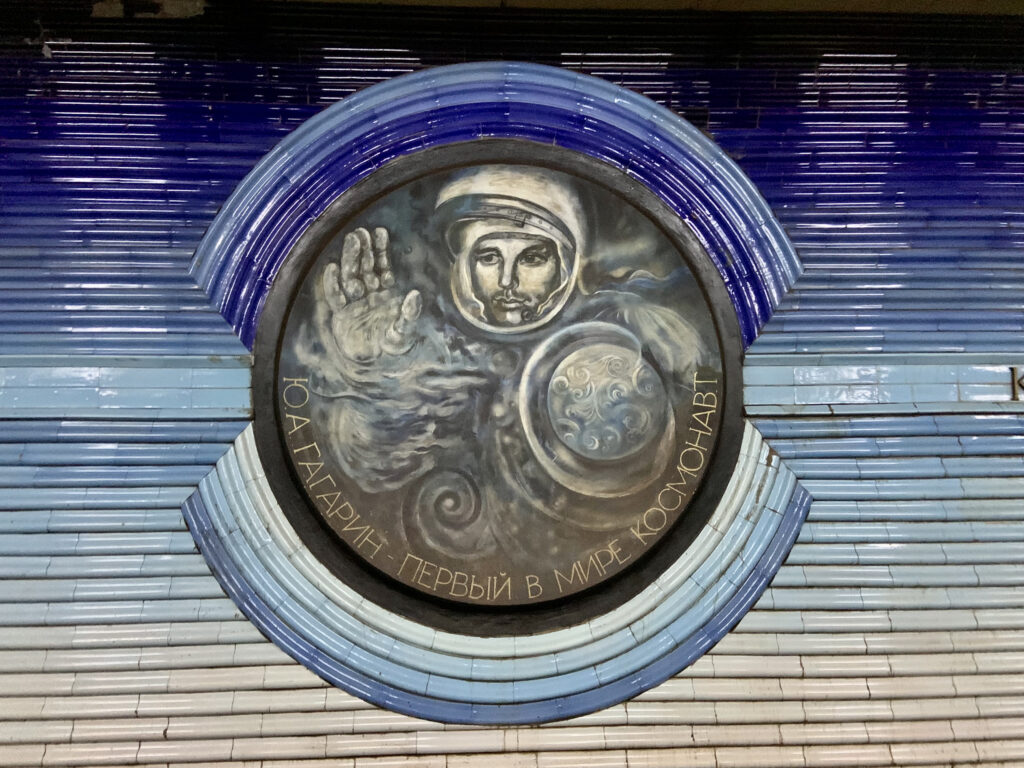
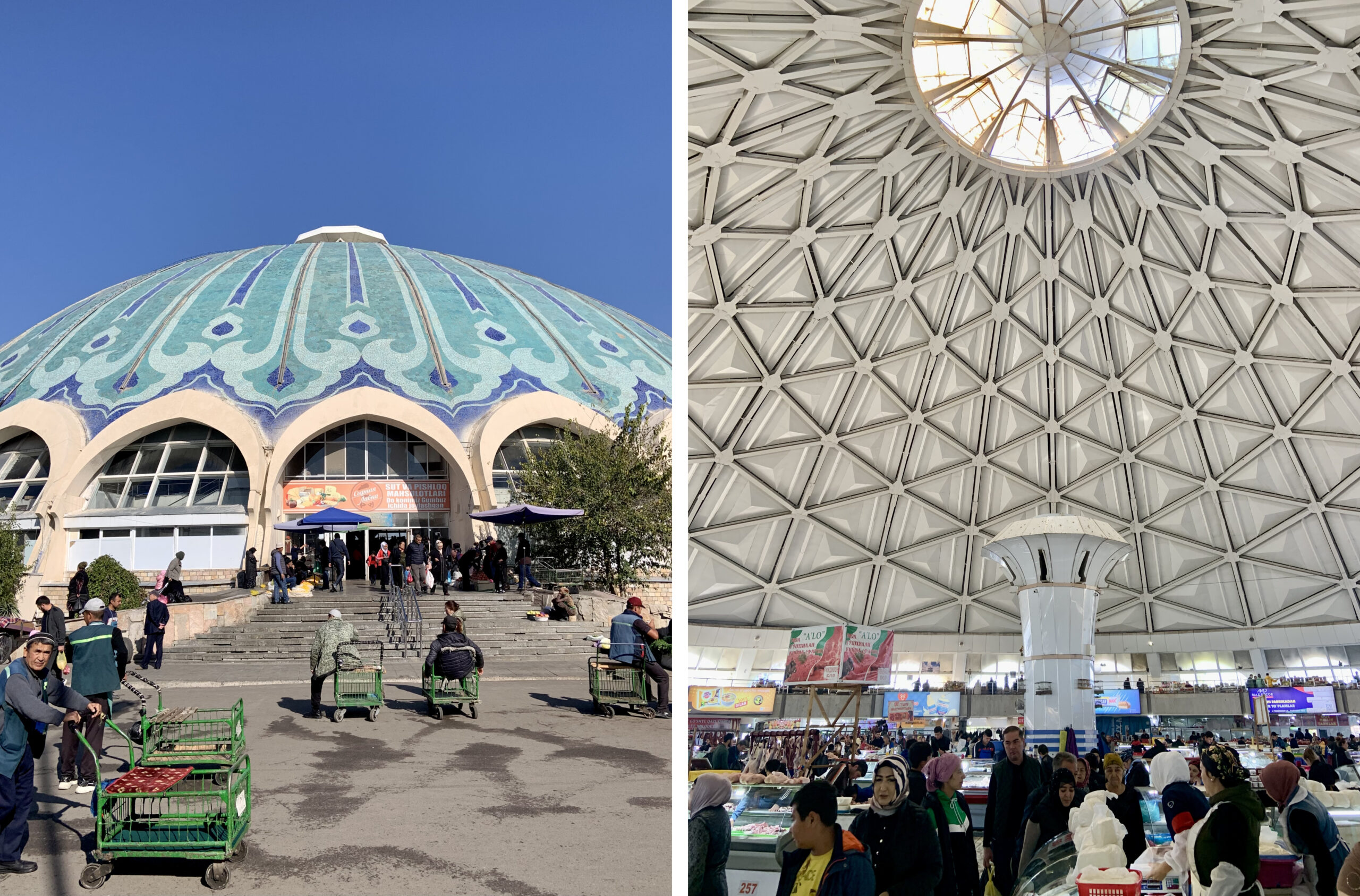

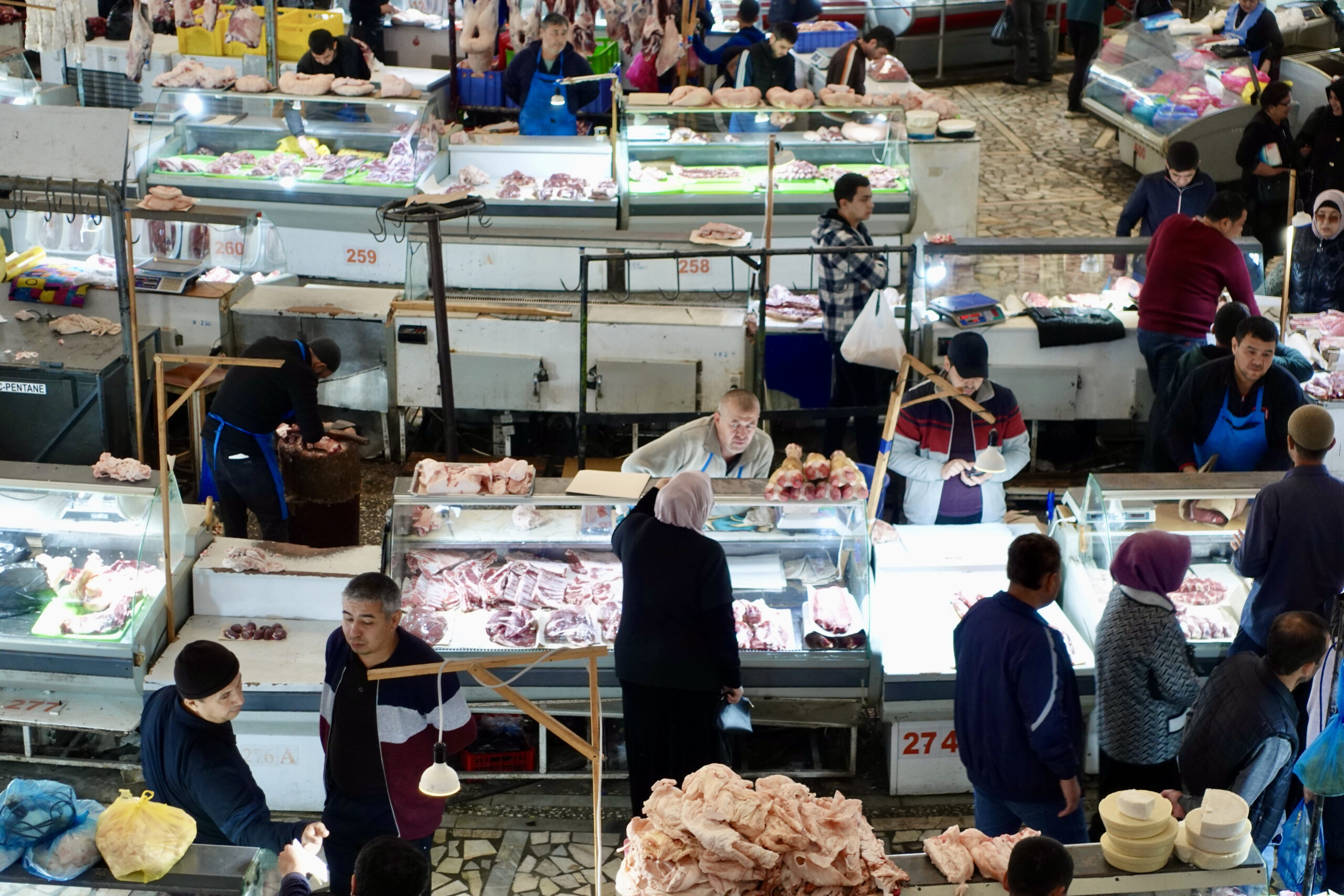
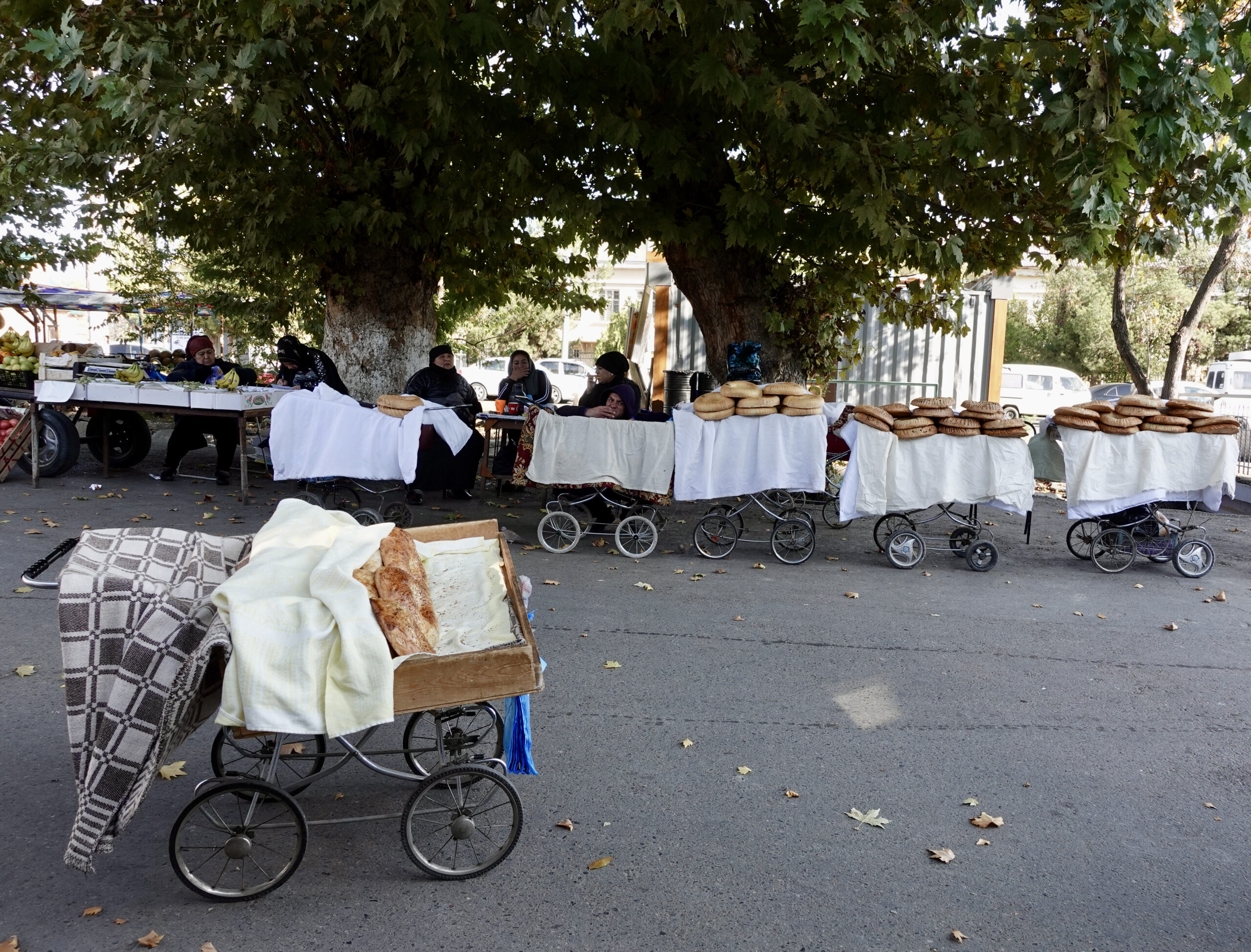
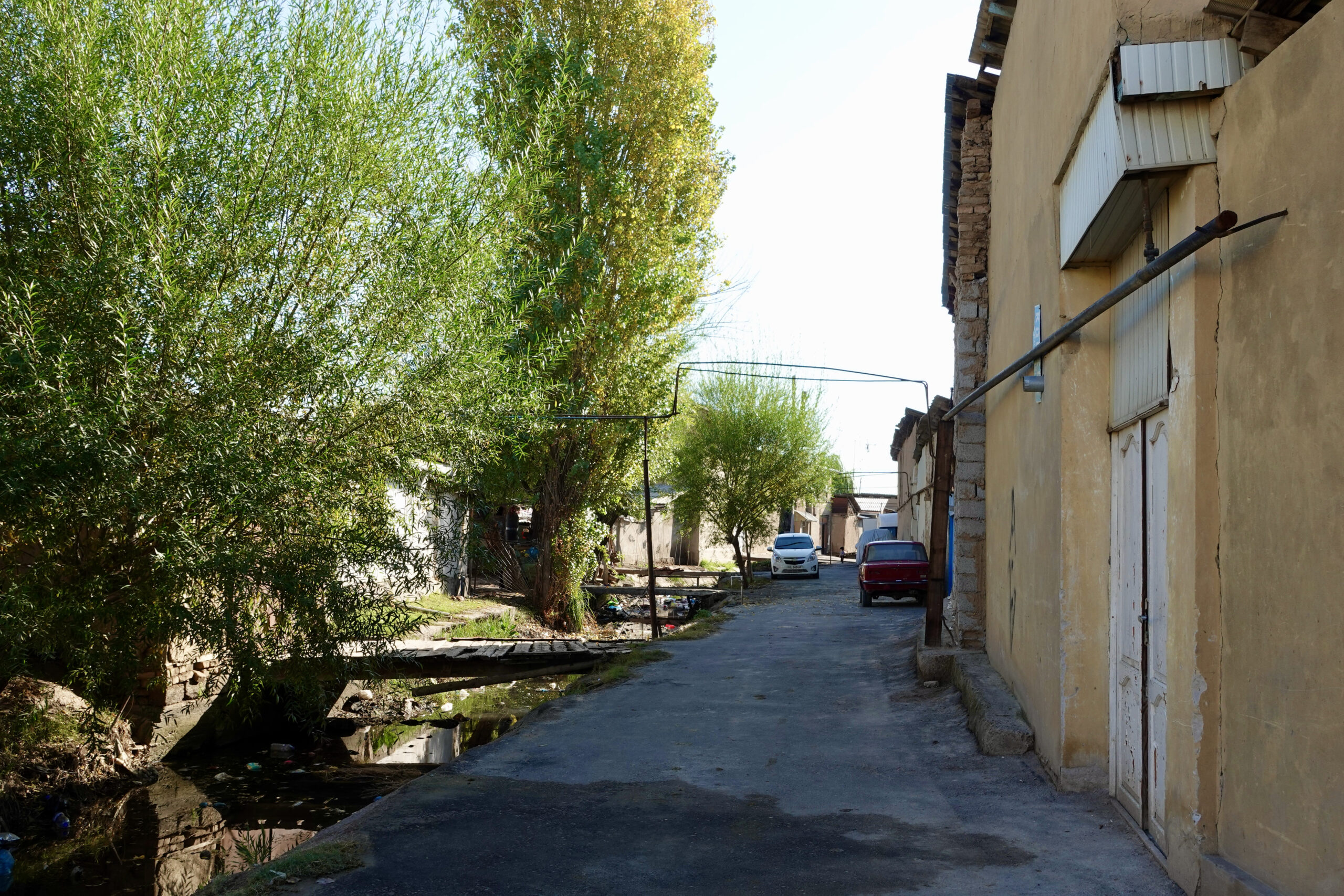
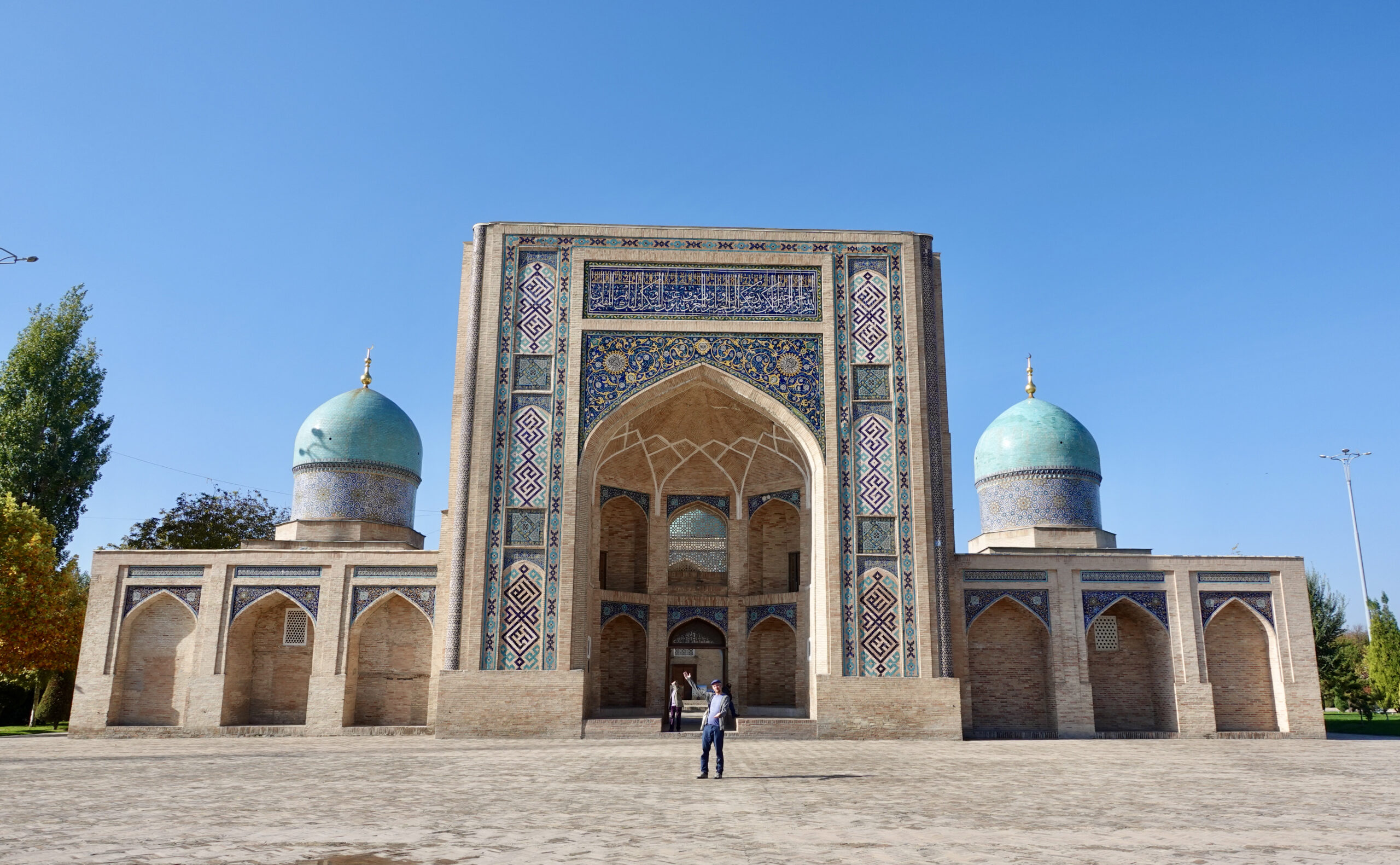
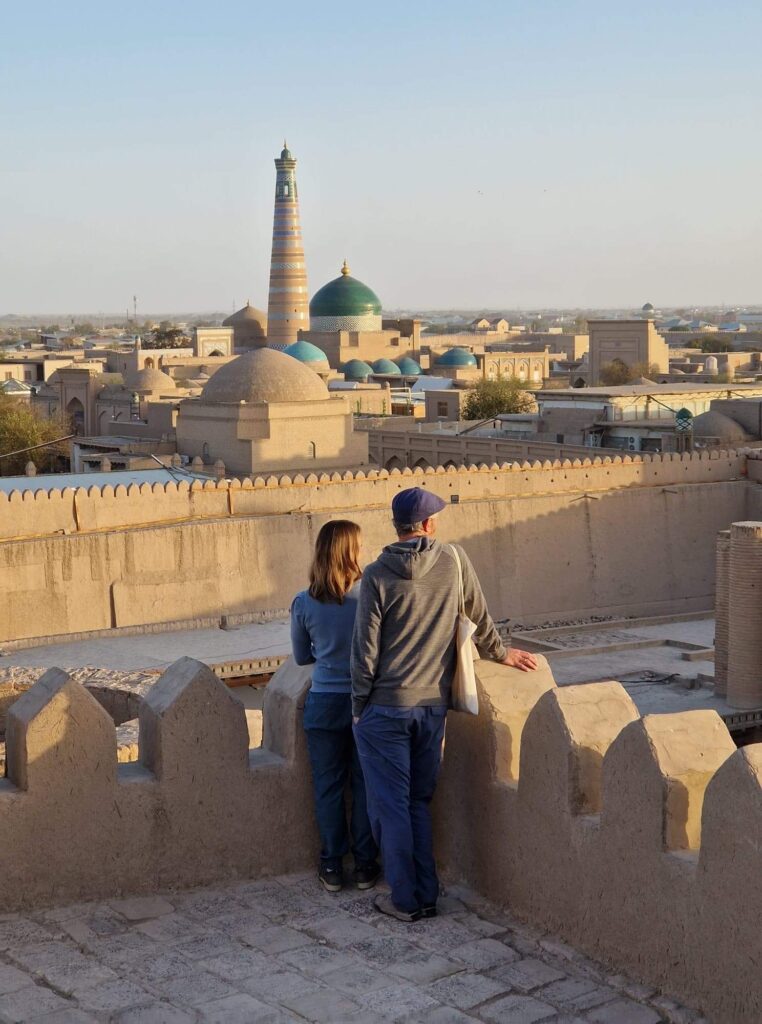
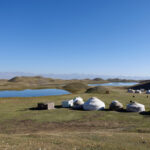
Leave a Reply